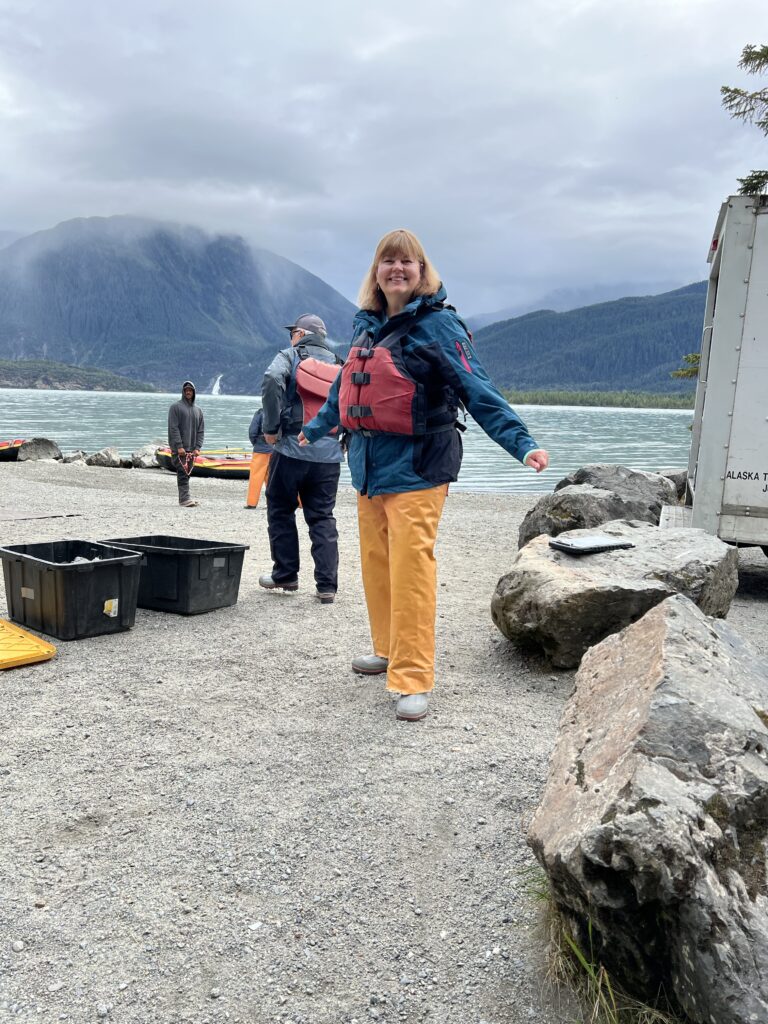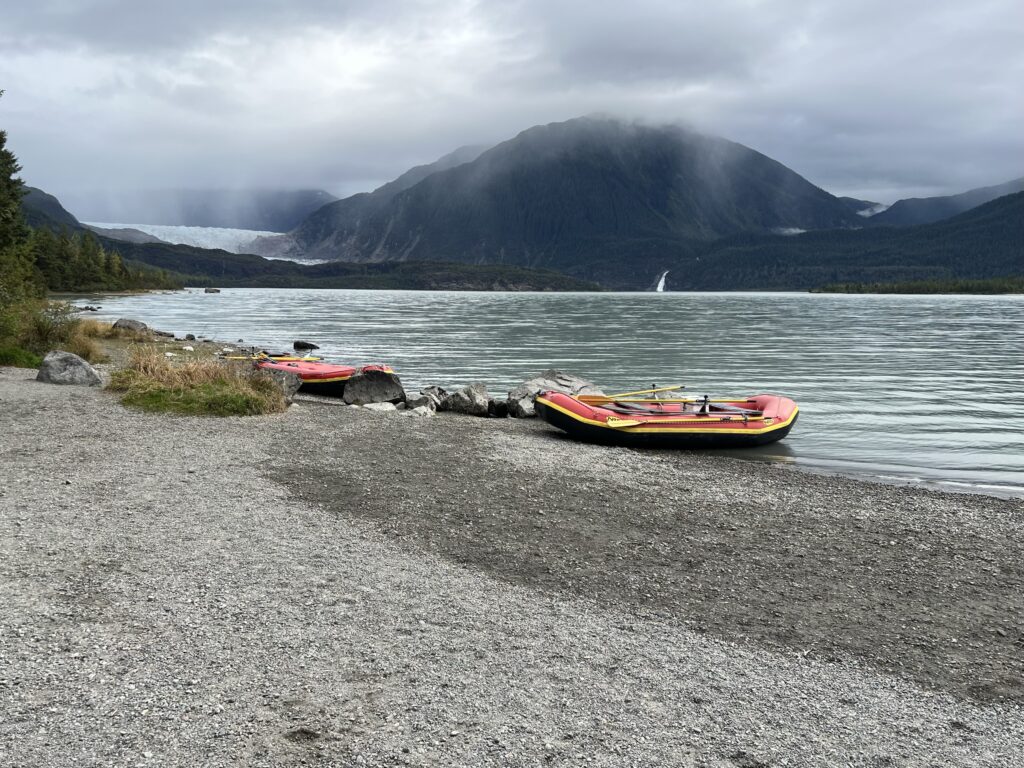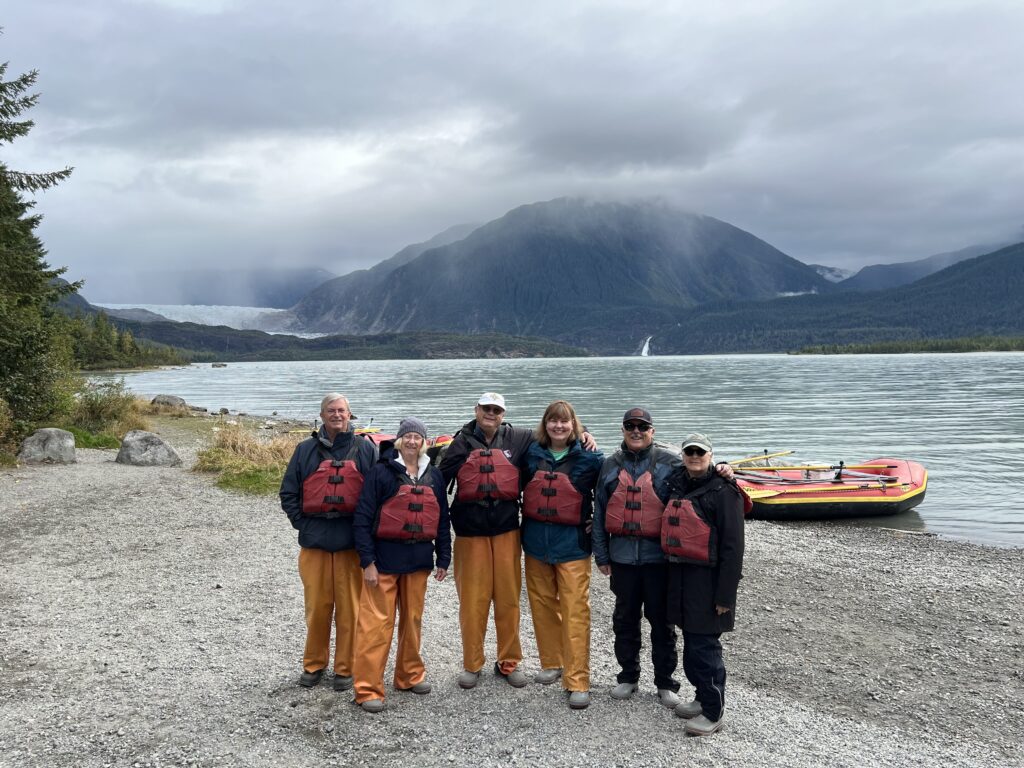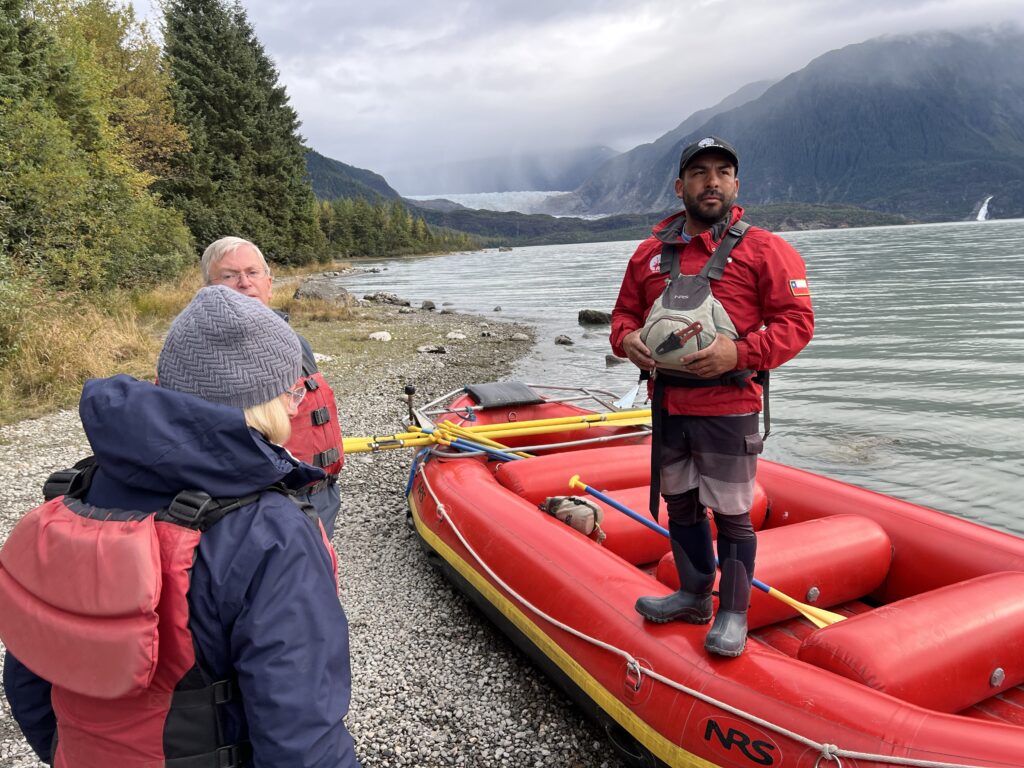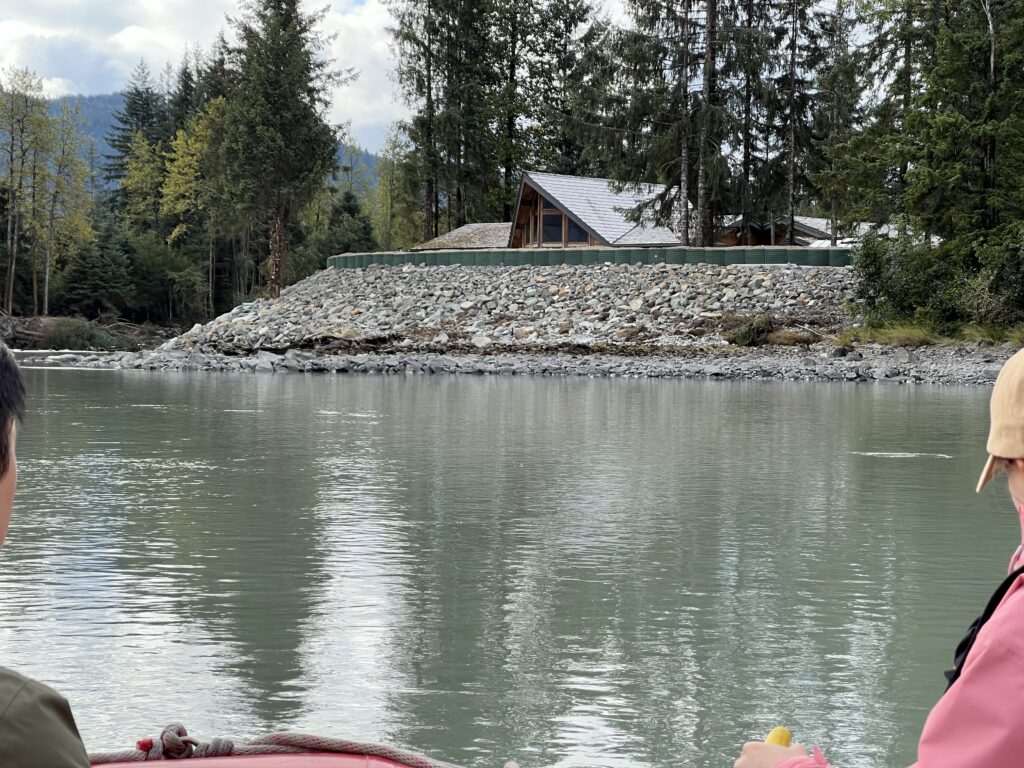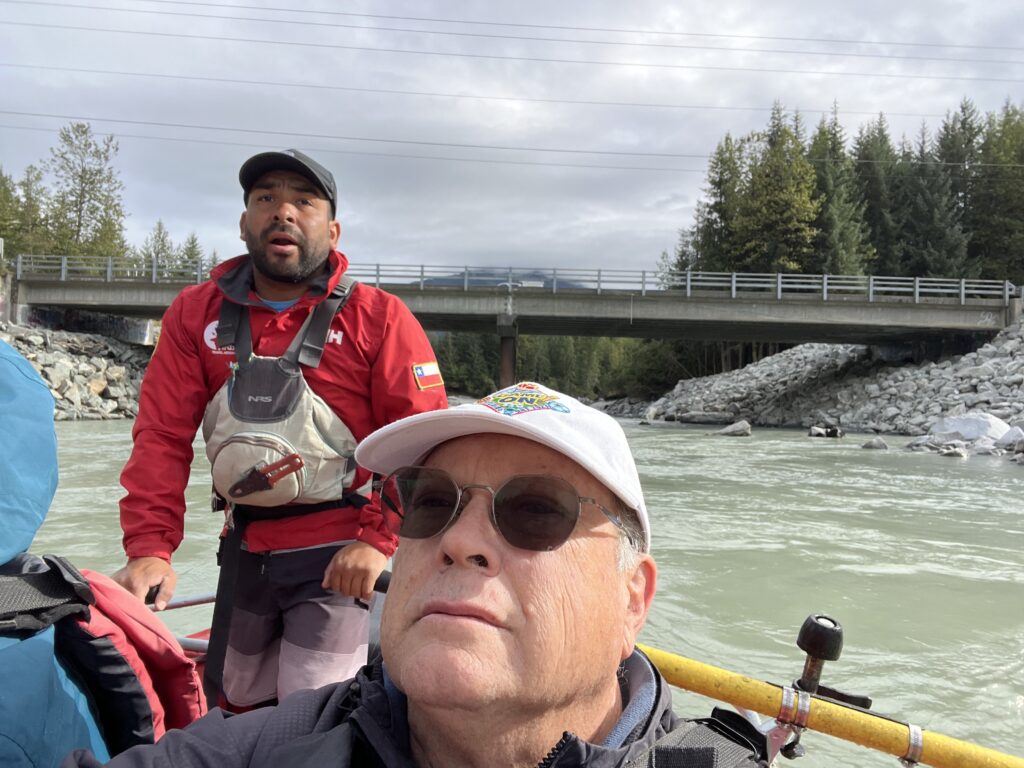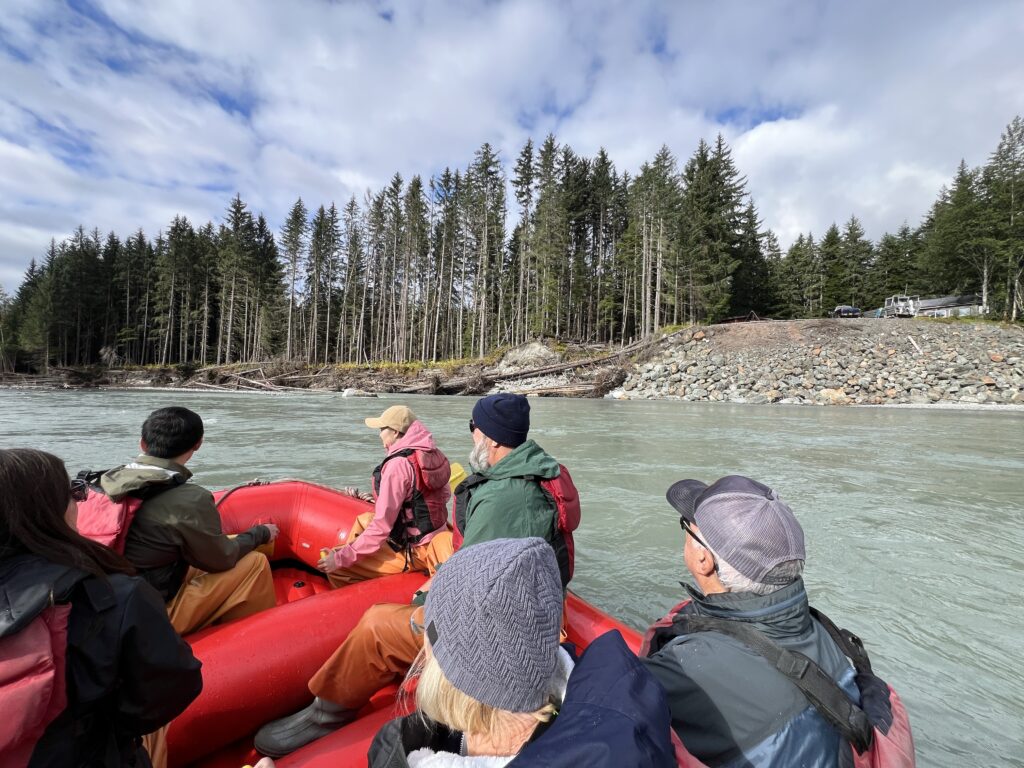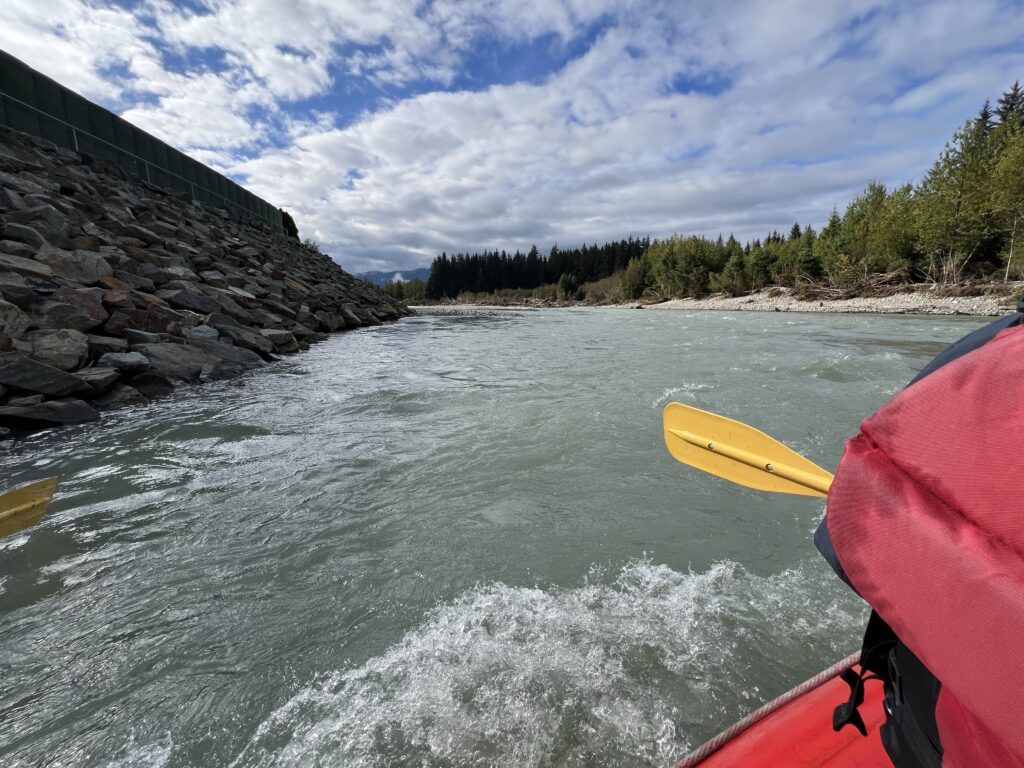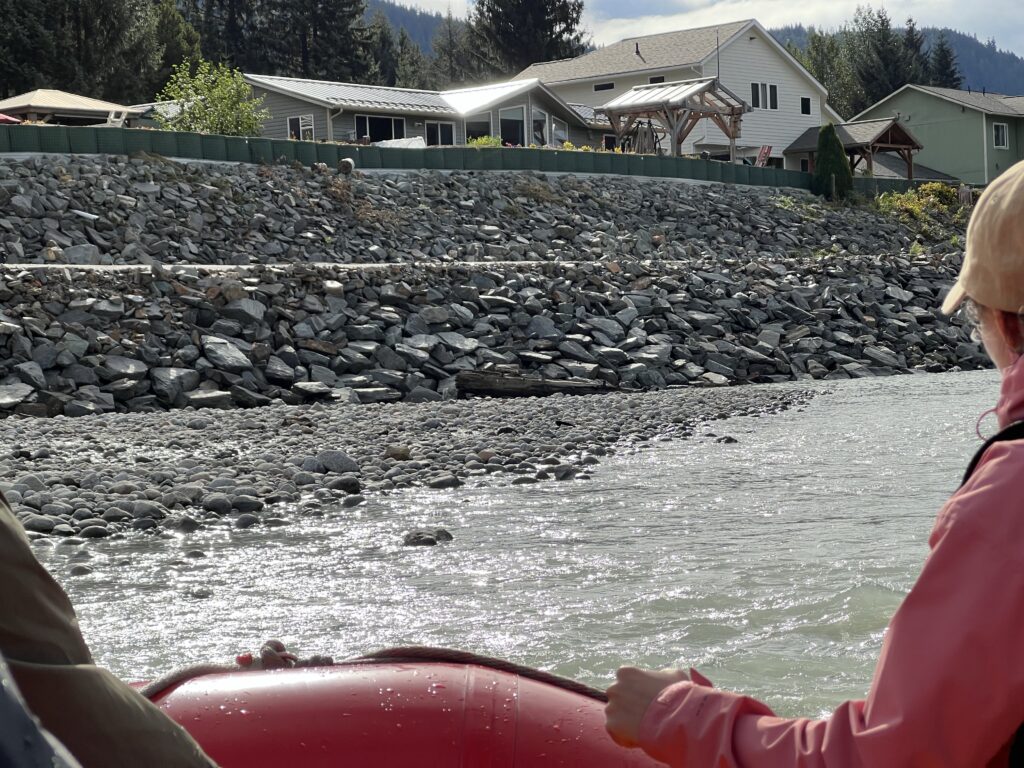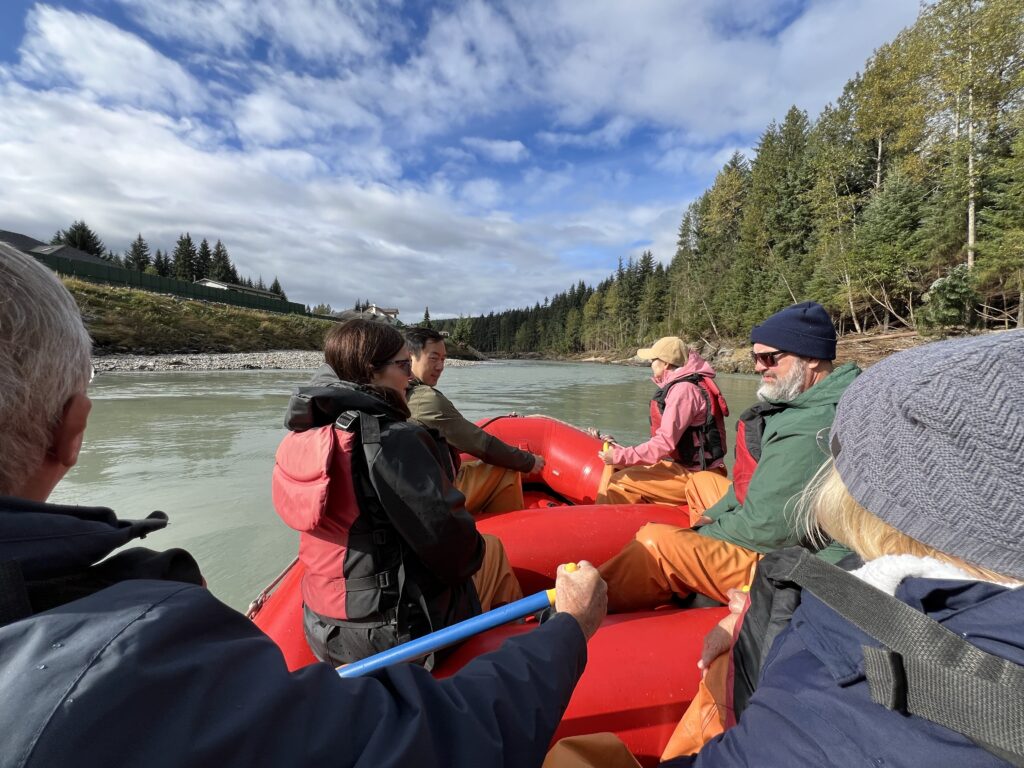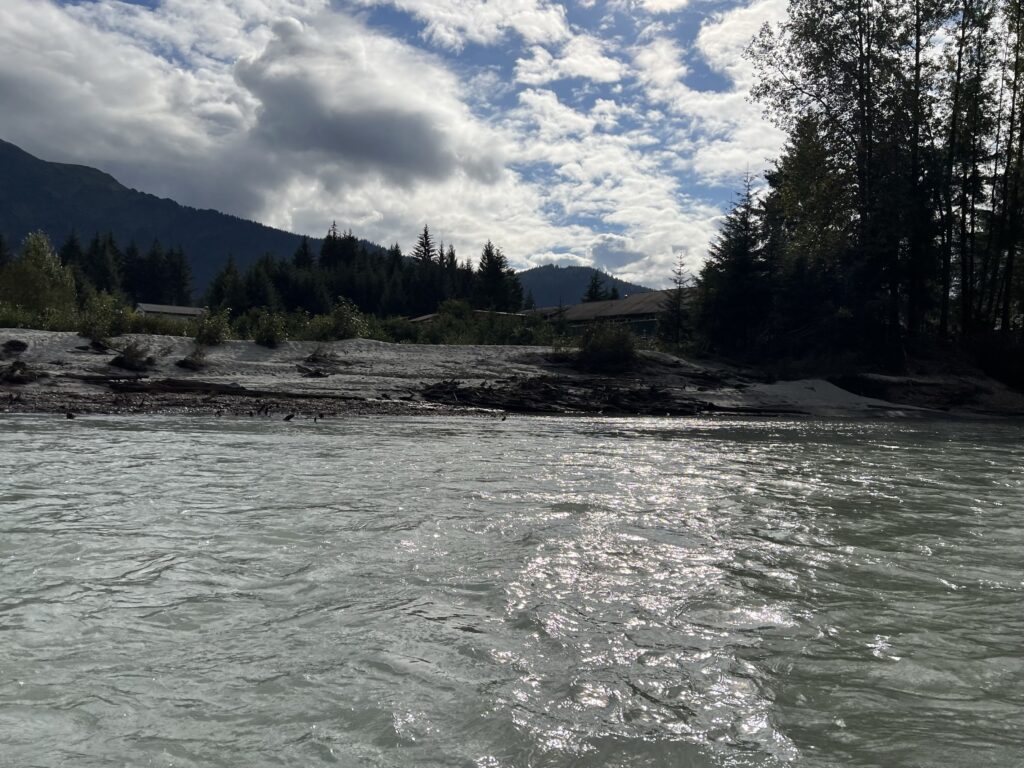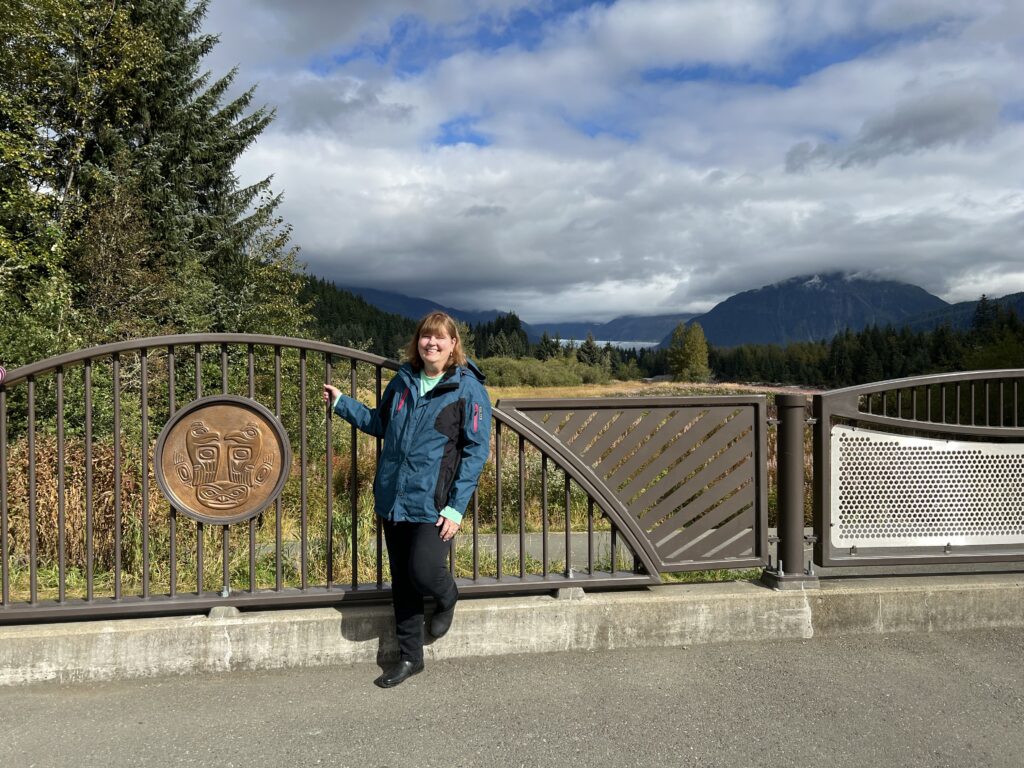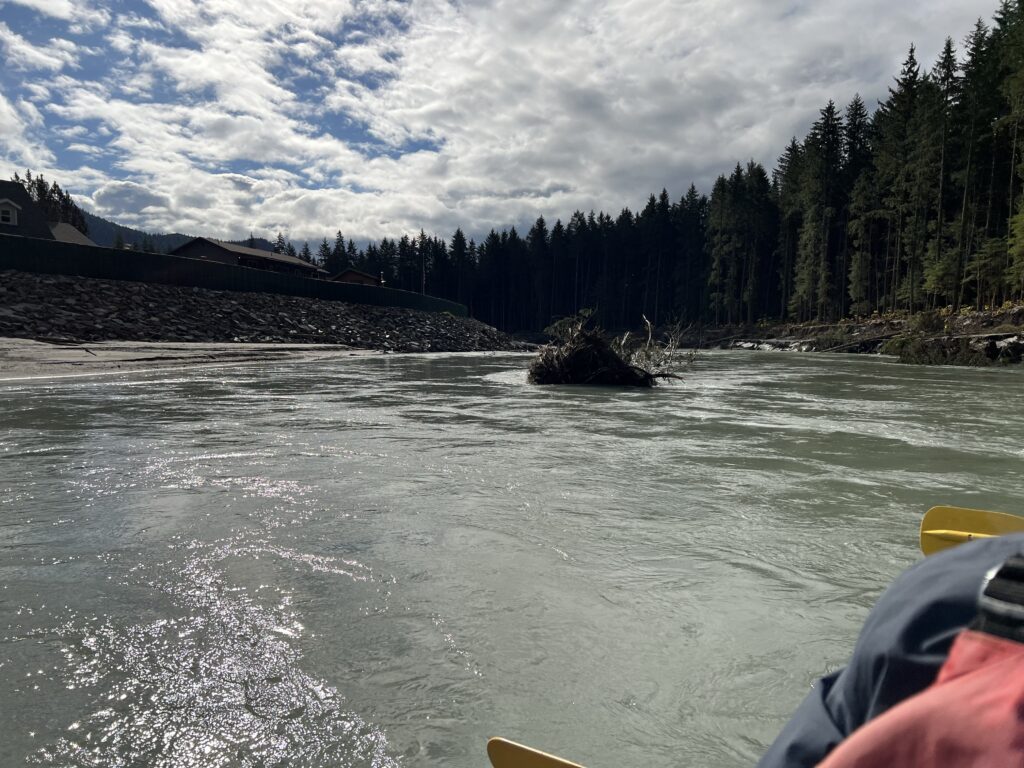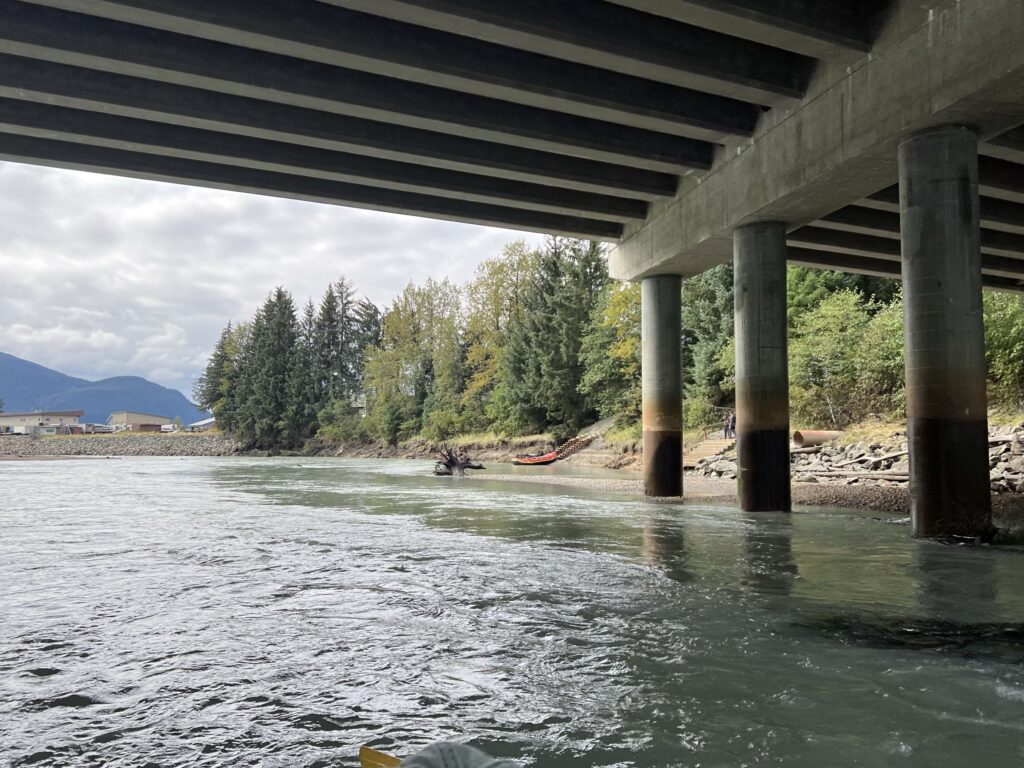In 1880, it was slow going for Joe Juneau and Richard Harris as they searched for gold with the help of Native guides that were enticed by the reward of 100 woolen blankets. After climbing mountains, forging streams and facing countless difficulties, they found nuggets “as large as beans.” From their discovery came three of the largest gold mines in the world. By the end of World War Il, more than $150 million in gold had been mined.
Eventually the mines closed, but the town Joe Juneau founded became the capital of Alaska and the business of gold was replaced by the business of government.
Some 30,000 people live in Juneau. Its total area makes it one of the biggest towns, in size, in the world. Only Kiruna, Sweden, and Sitka, Alaska, exceed Juneau’s 3,248 square miles. Today Juneau is famous not only for gold and government but also for its breathtakingly beautiful glaciers and stunning views of both water and mountains.
Juneau became Alaska’s capital in 1906 when the seat of government was moved from Sitka as determined by Congress. The location was chosen for political and historical reasons, not for transportation access.
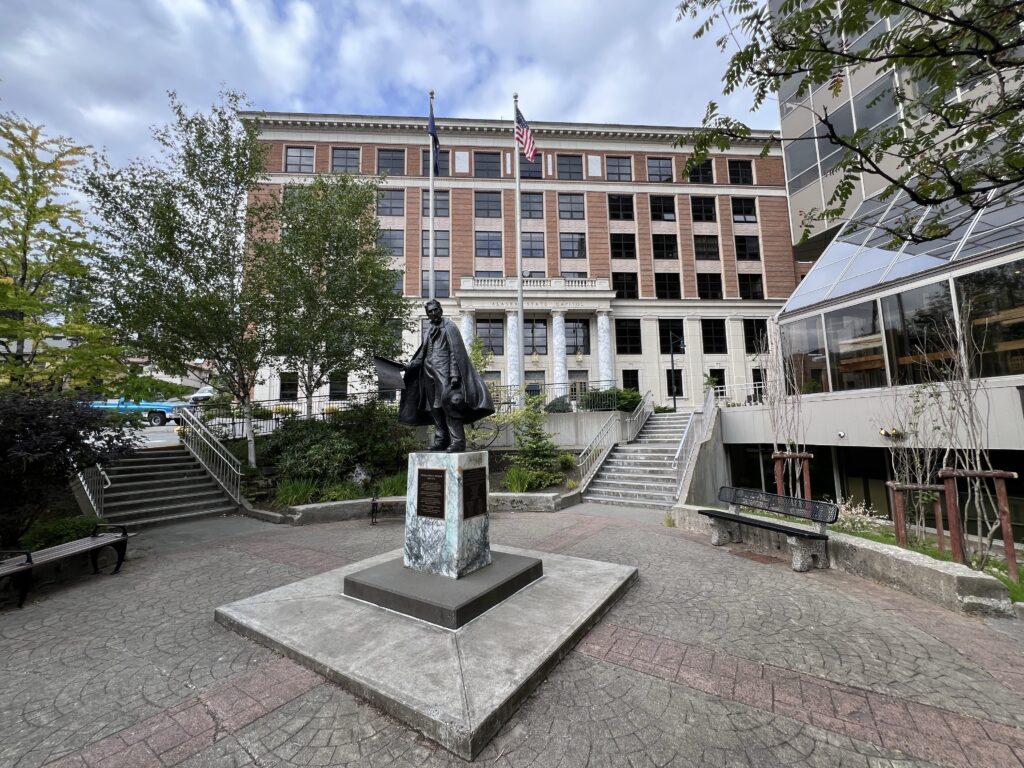
- Seattle is considered the unofficial capital of Alaska by many due to the extensive business, transportation, and supply connections—it serves as the primary hub for logistical support, shipping, medical care, legal representation, banking, and much of Alaska’s airline, ferry, and cruise traffic.
- Most goods shipped to Alaska pass through Seattle, and numerous companies operating in Alaska are headquartered there. This economic dominance has led to Seattle’s informal title in business and government circles as “Alaska’s unofficial capital”.
- Like Seattle, Residents of Juneau tend to hold more moderate to liberal ideological views compared to the rest of Alaska, which is generally more conservative and “red”-leaning. Juneau, as the capital city, is known for leaning Democratic, with a focus on environmental protection, public sector employment, and social progressivism, while much of rural Alaska and key cities like Anchorage and Fairbanks are more conservative and libertarian.
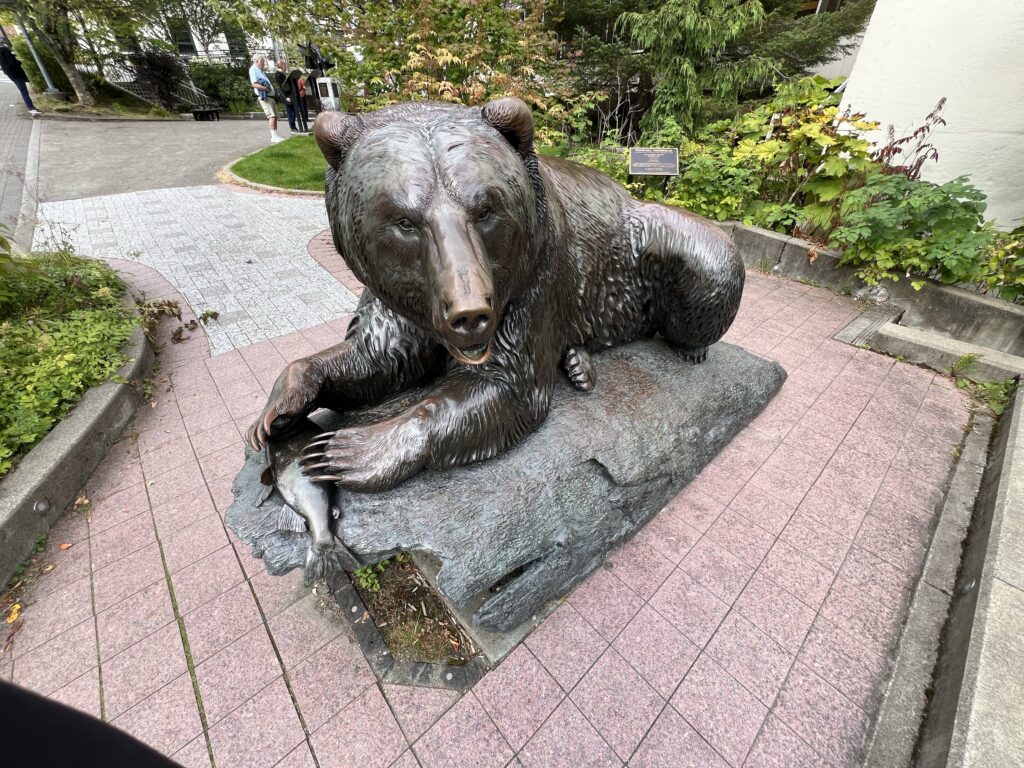
Juneau is not connected by roads; travel to and from the city requires flying or using ferry routes on the Alaska Marine Highway. The city itself is roadless beyond local streets and highways that do not leave the borough.
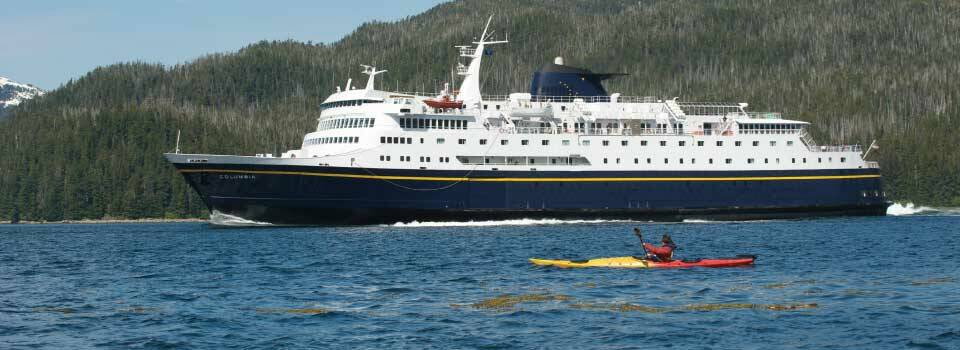
Alaska State Ferry System
- The Alaska Marine Highway System is a state-run ferry network connecting over 30 coastal communities, including Juneau, extending from Bellingham, WA to Dutch Harbor and facilitating transport of passengers, freight, and vehicles throughout Southeast and Southcentral Alaska.
- Vehicle transportation requires booking and fares based on vehicle size.
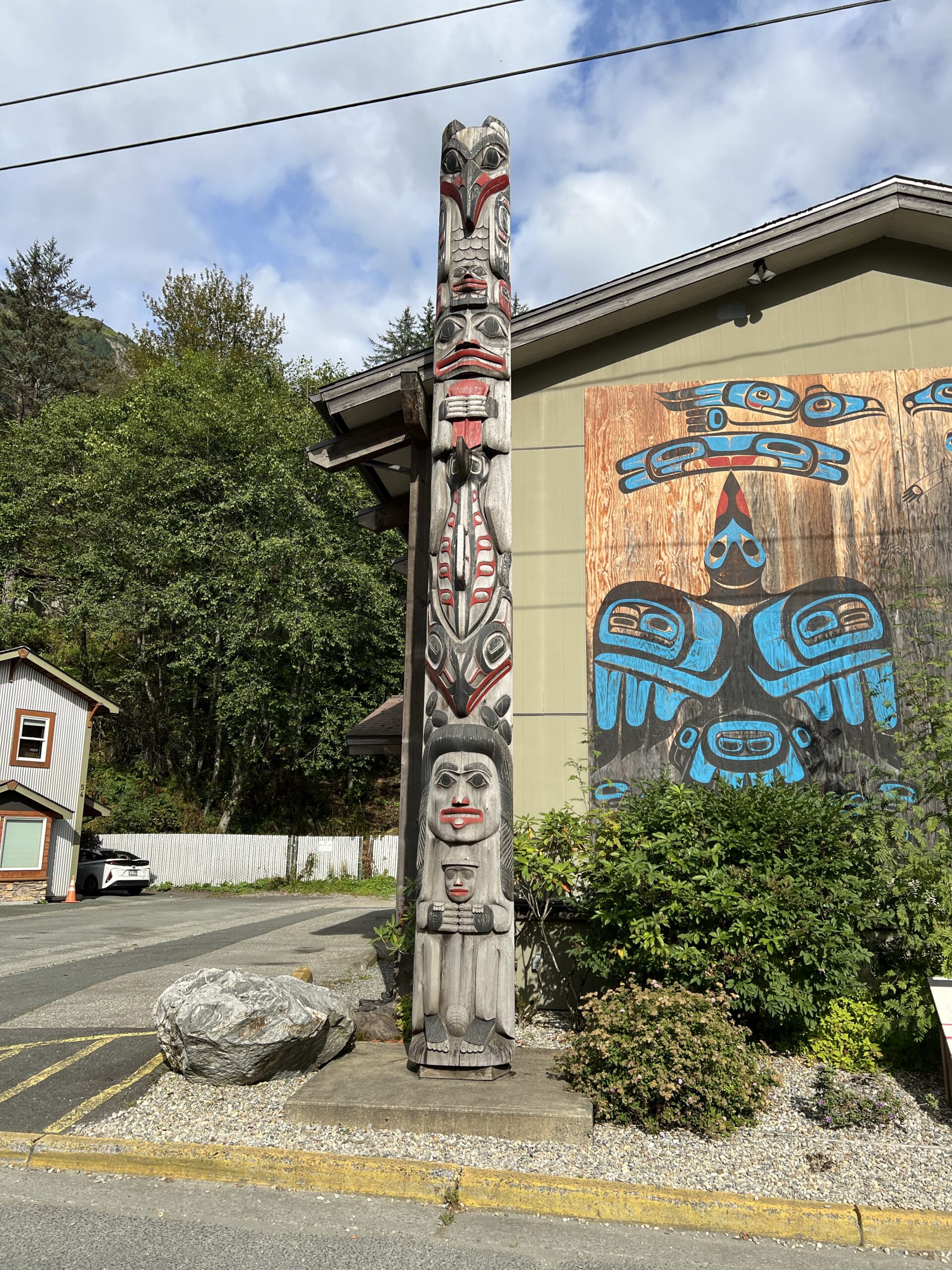
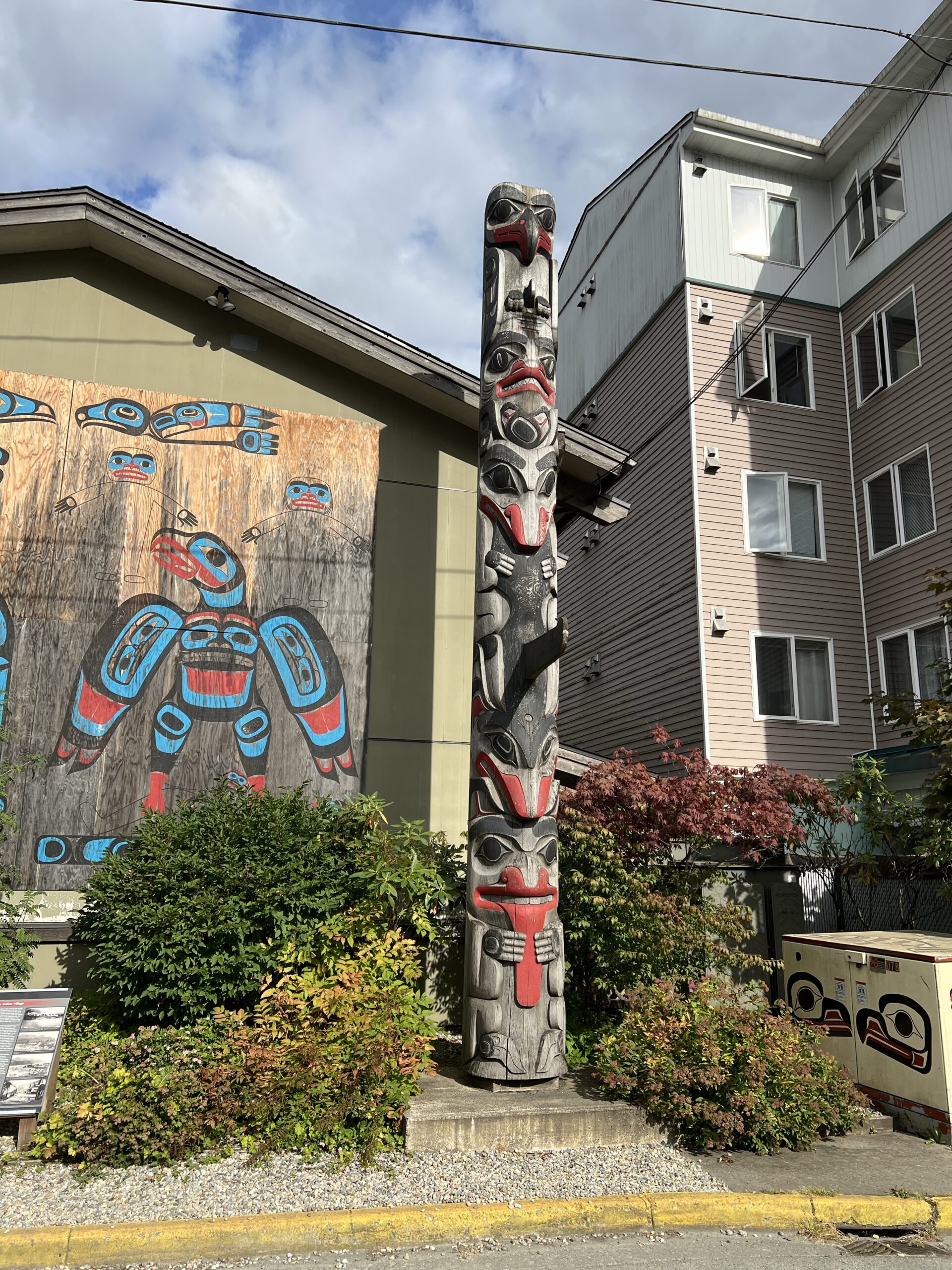
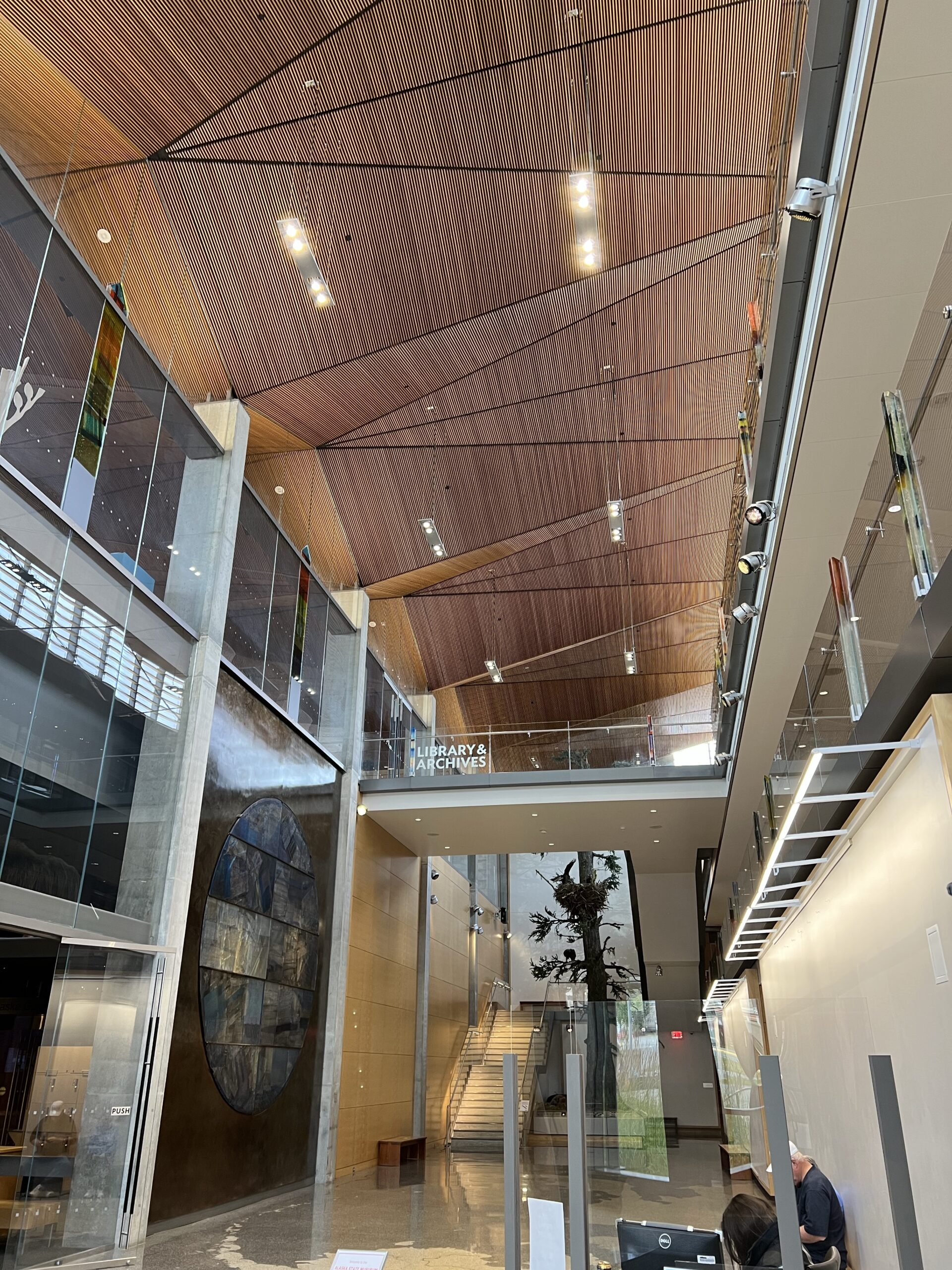
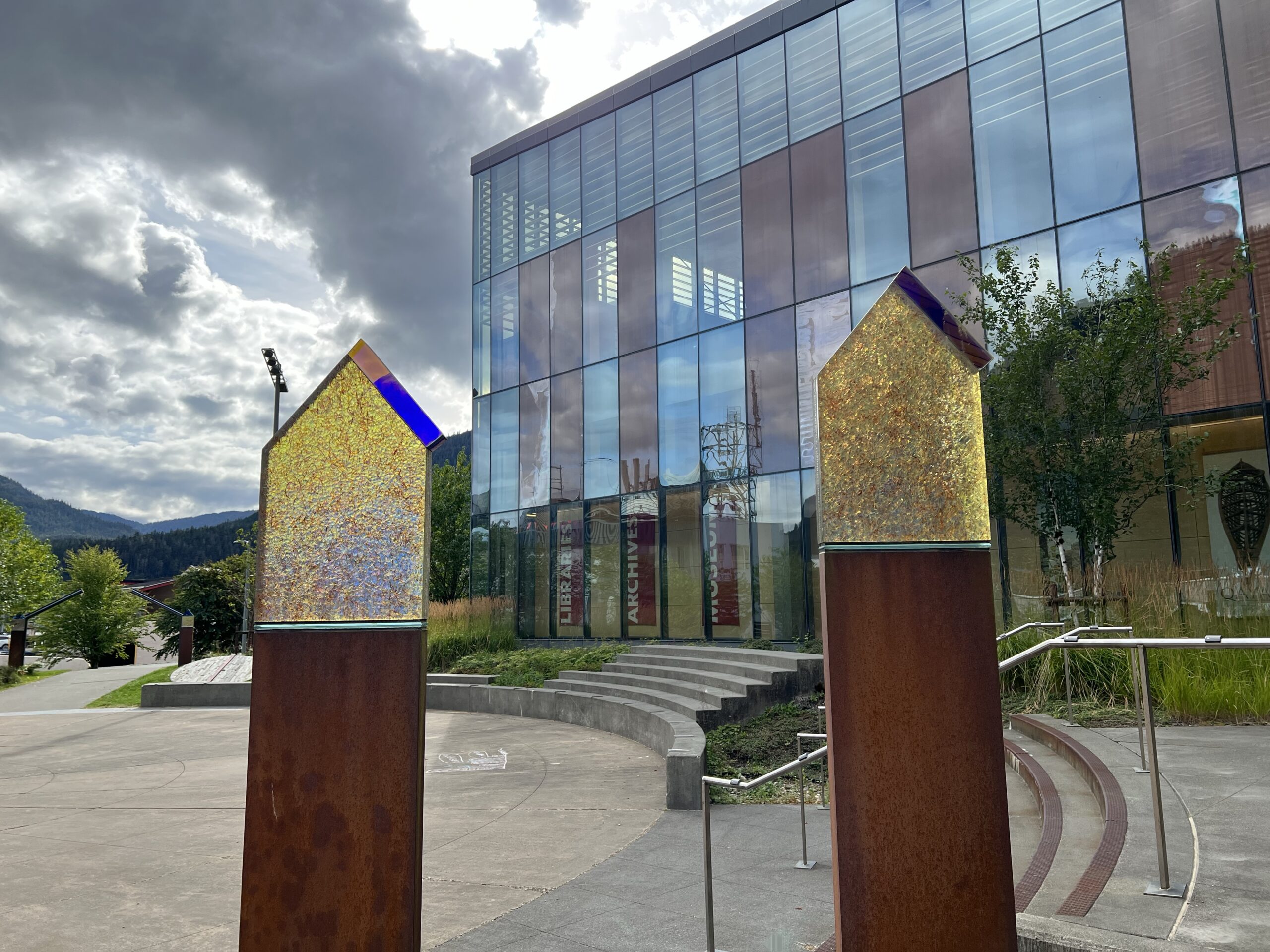
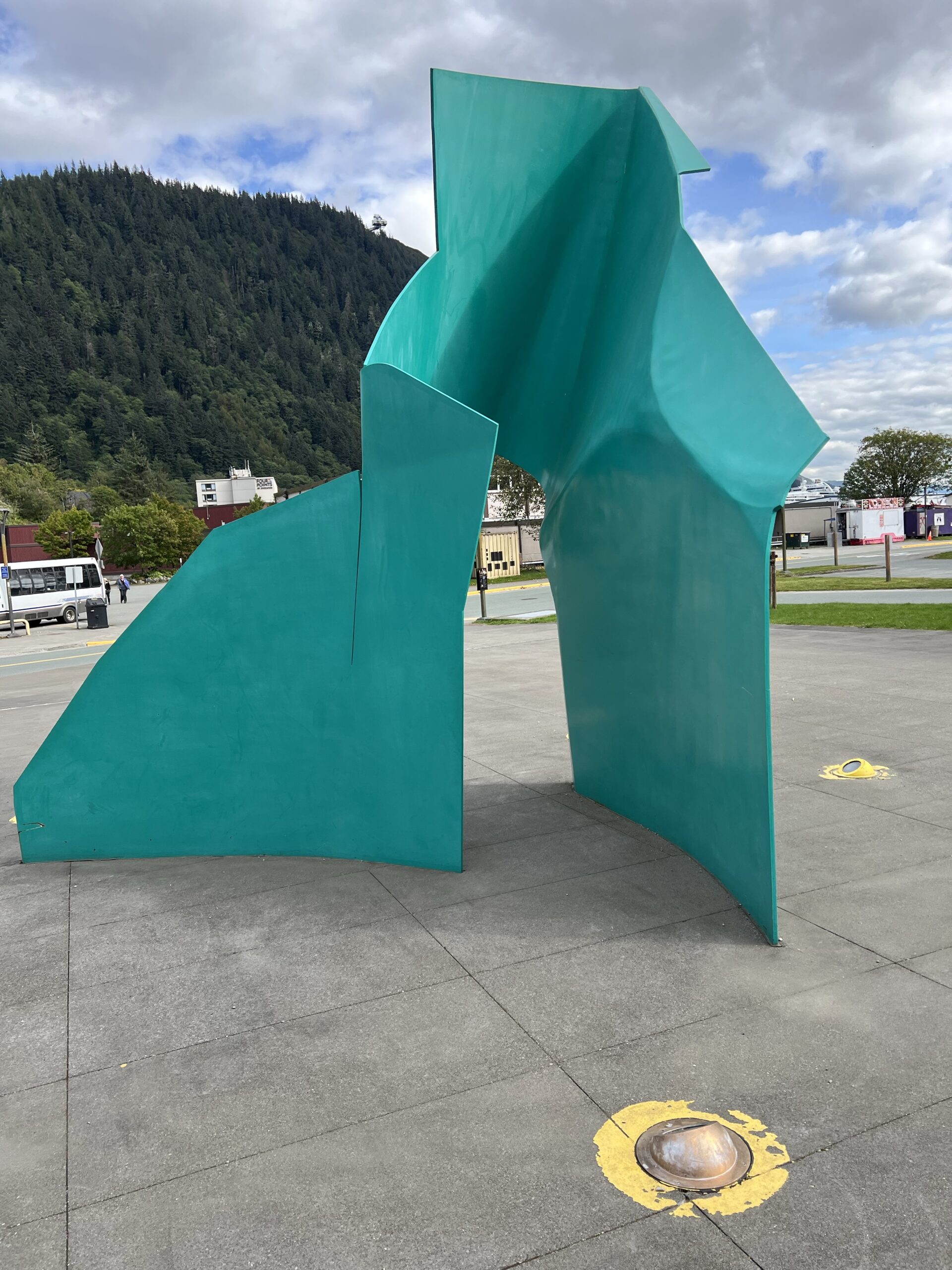
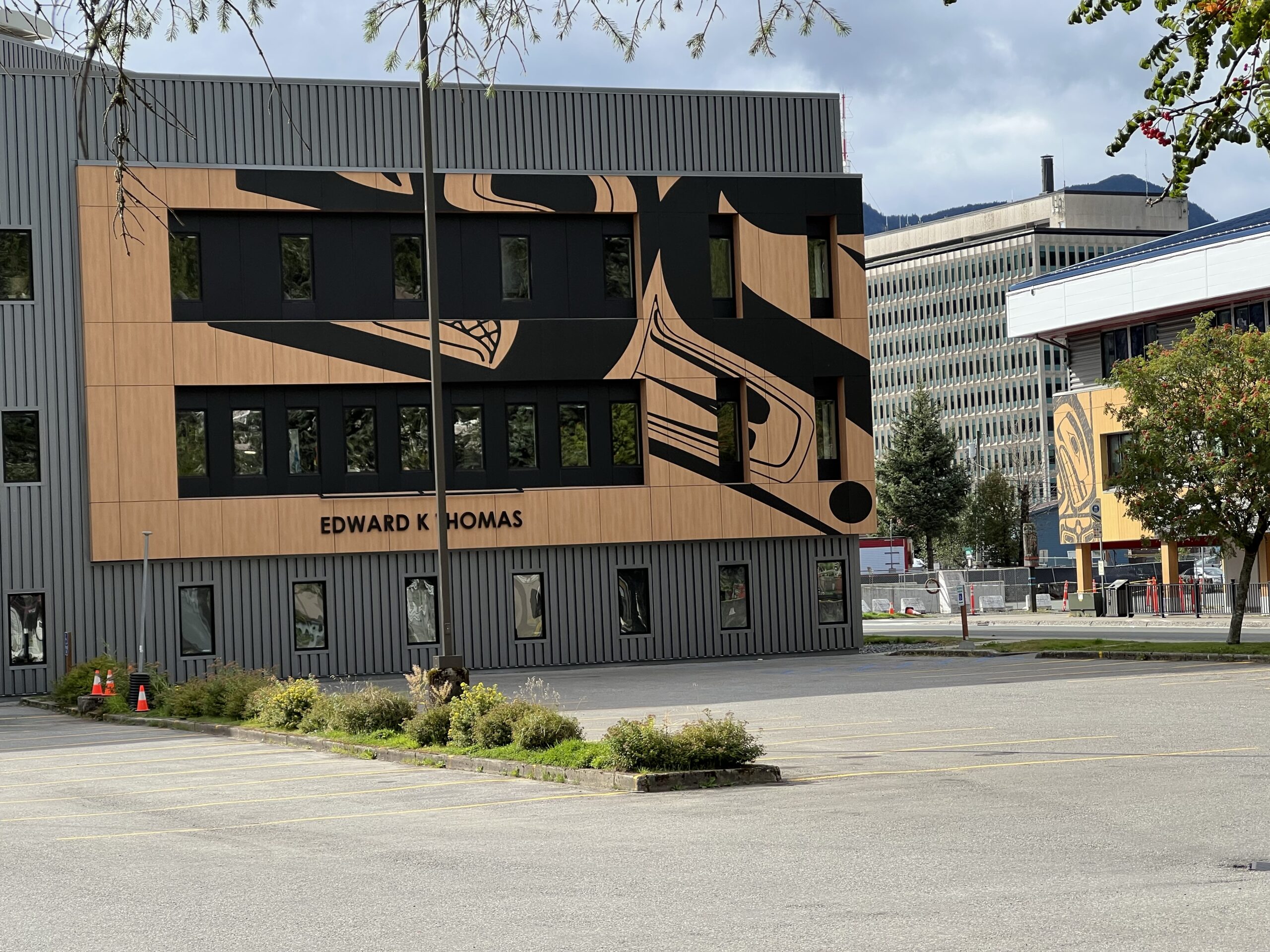
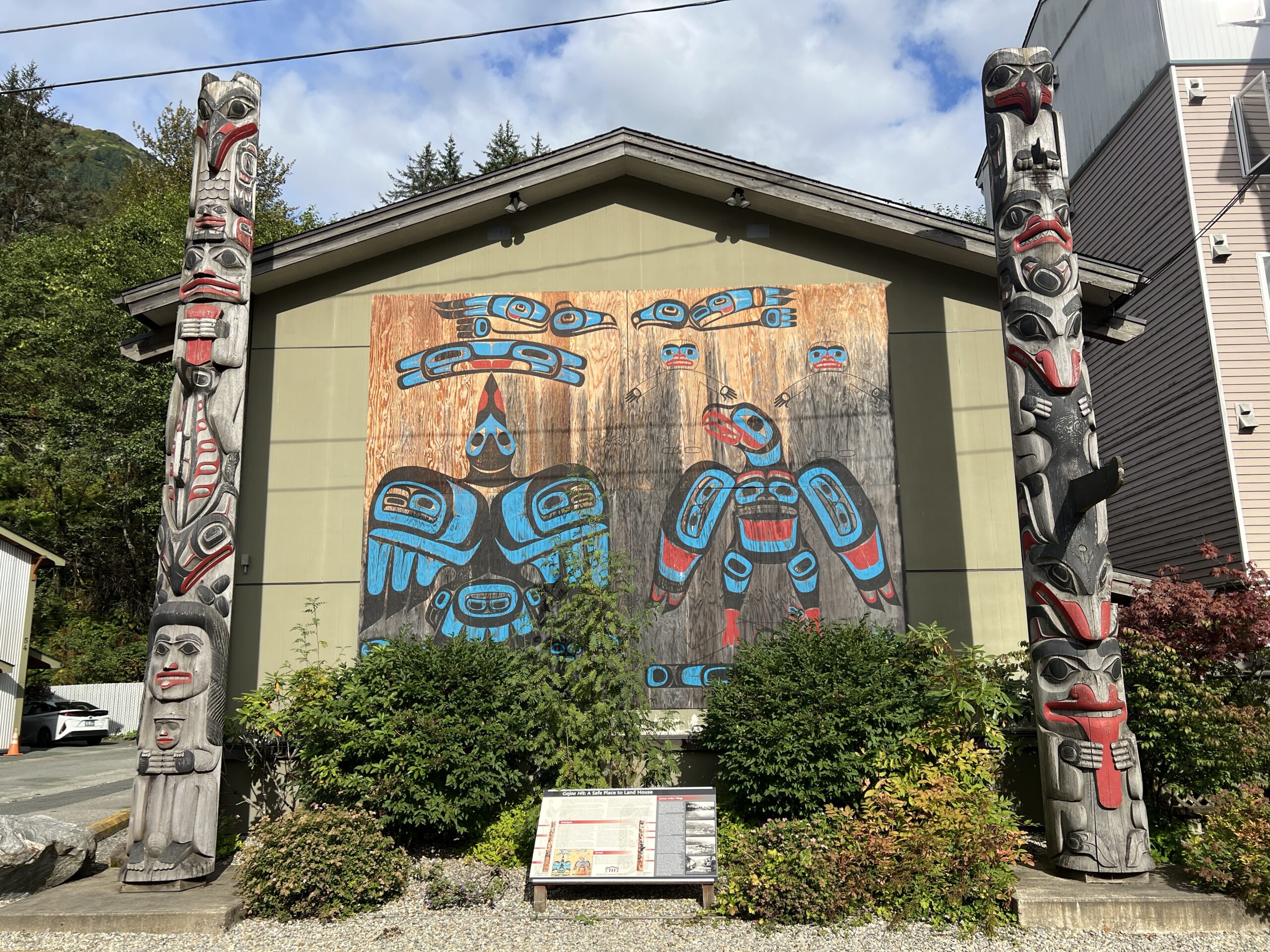
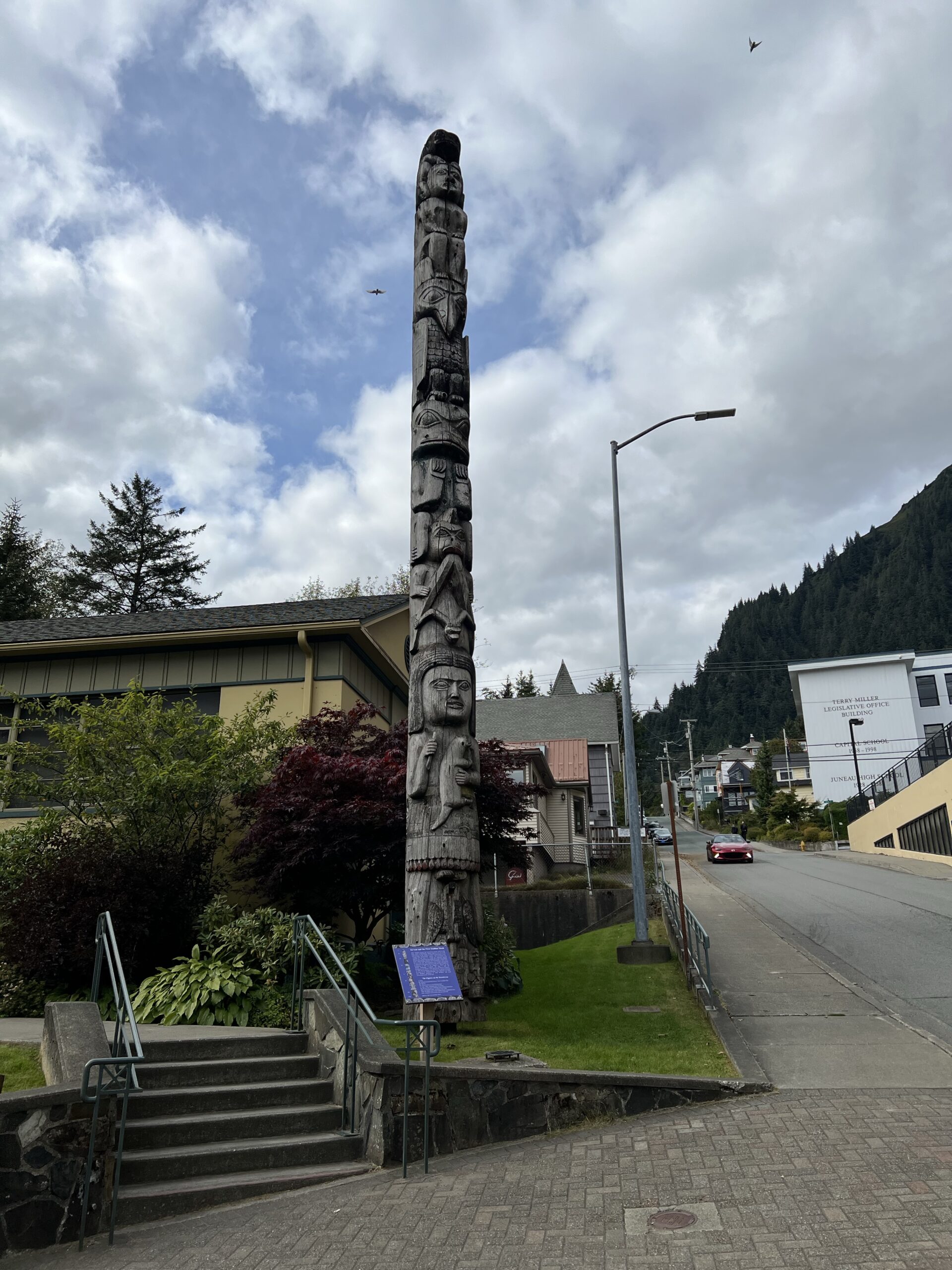
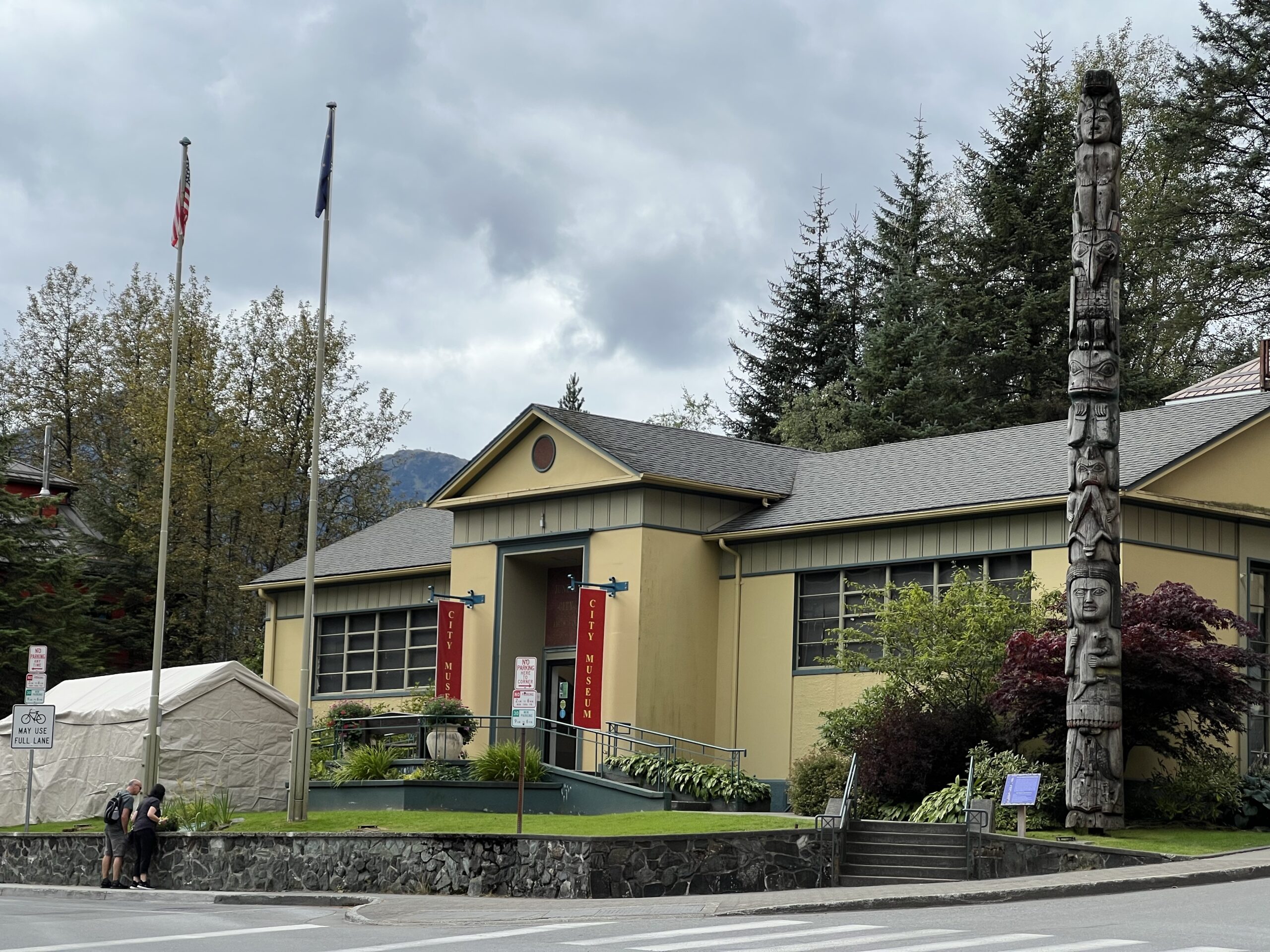
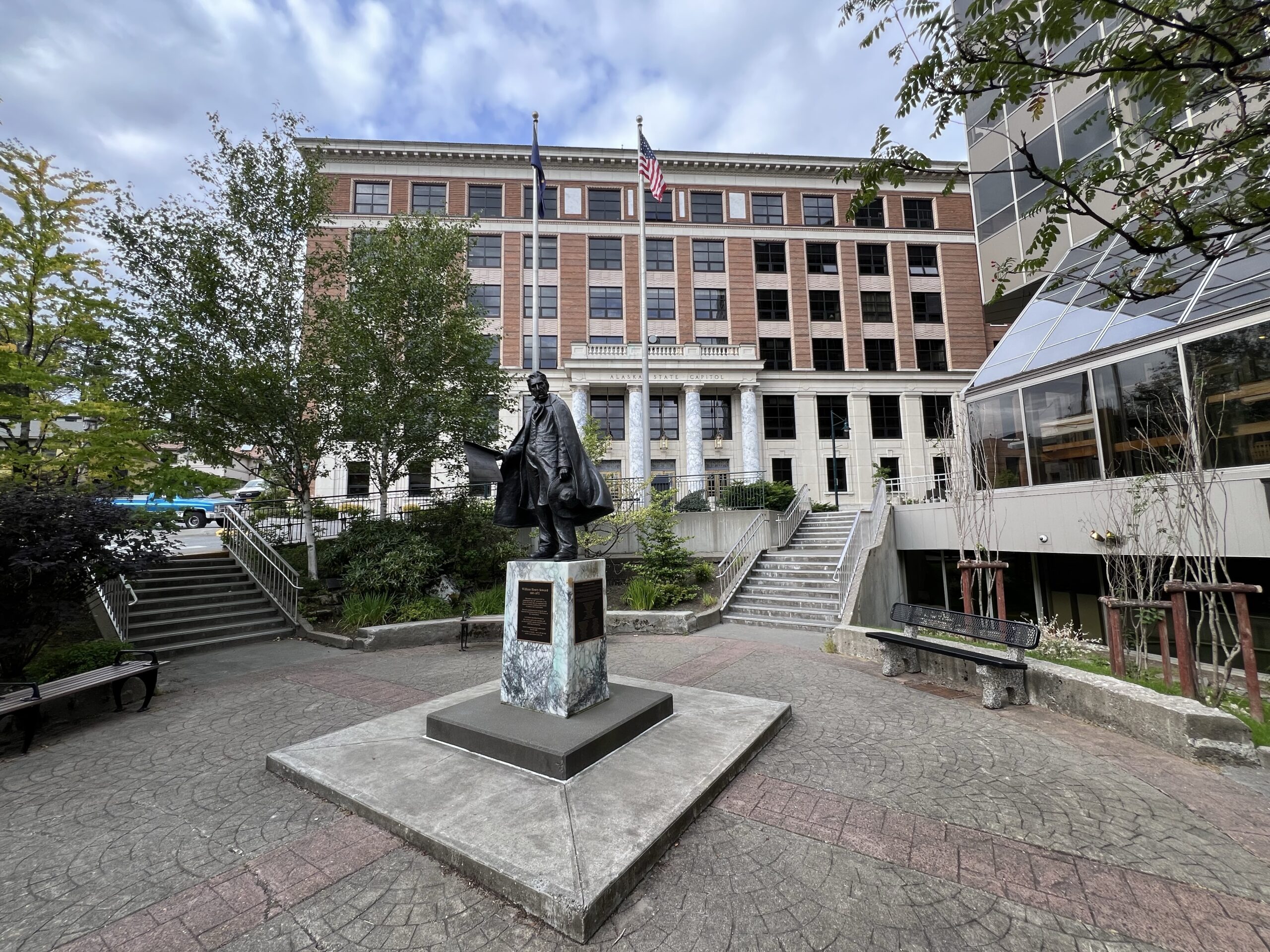
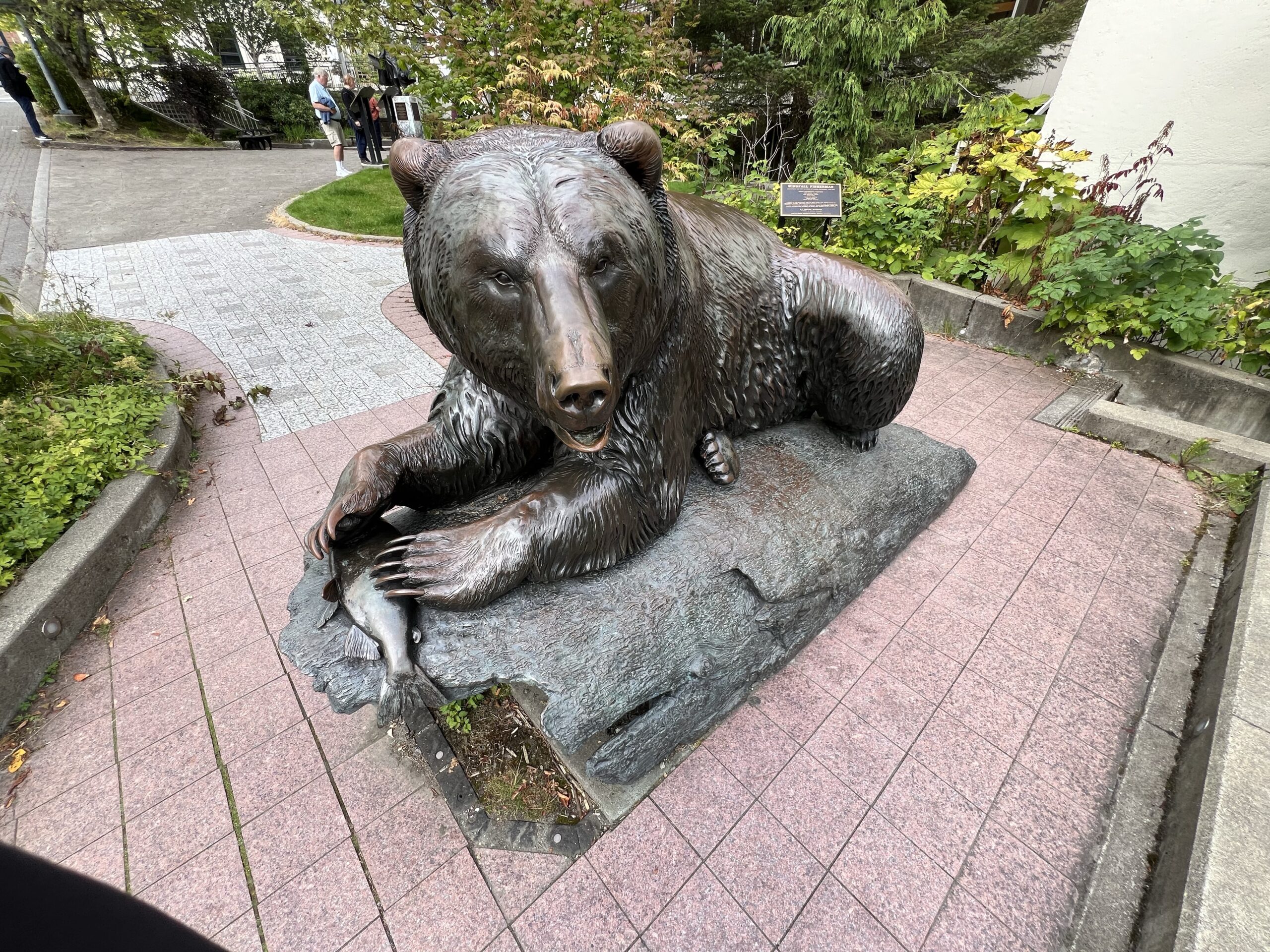
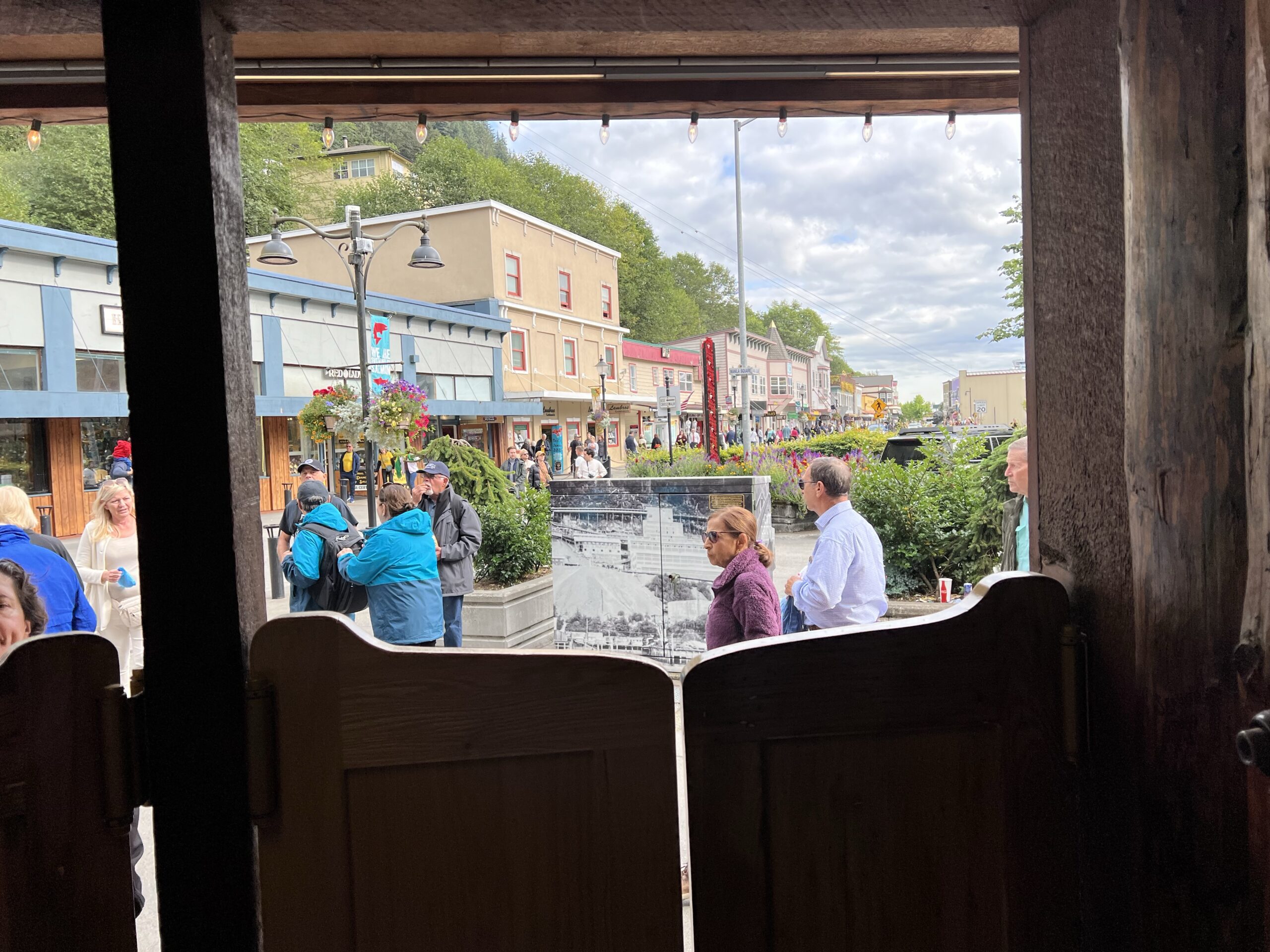
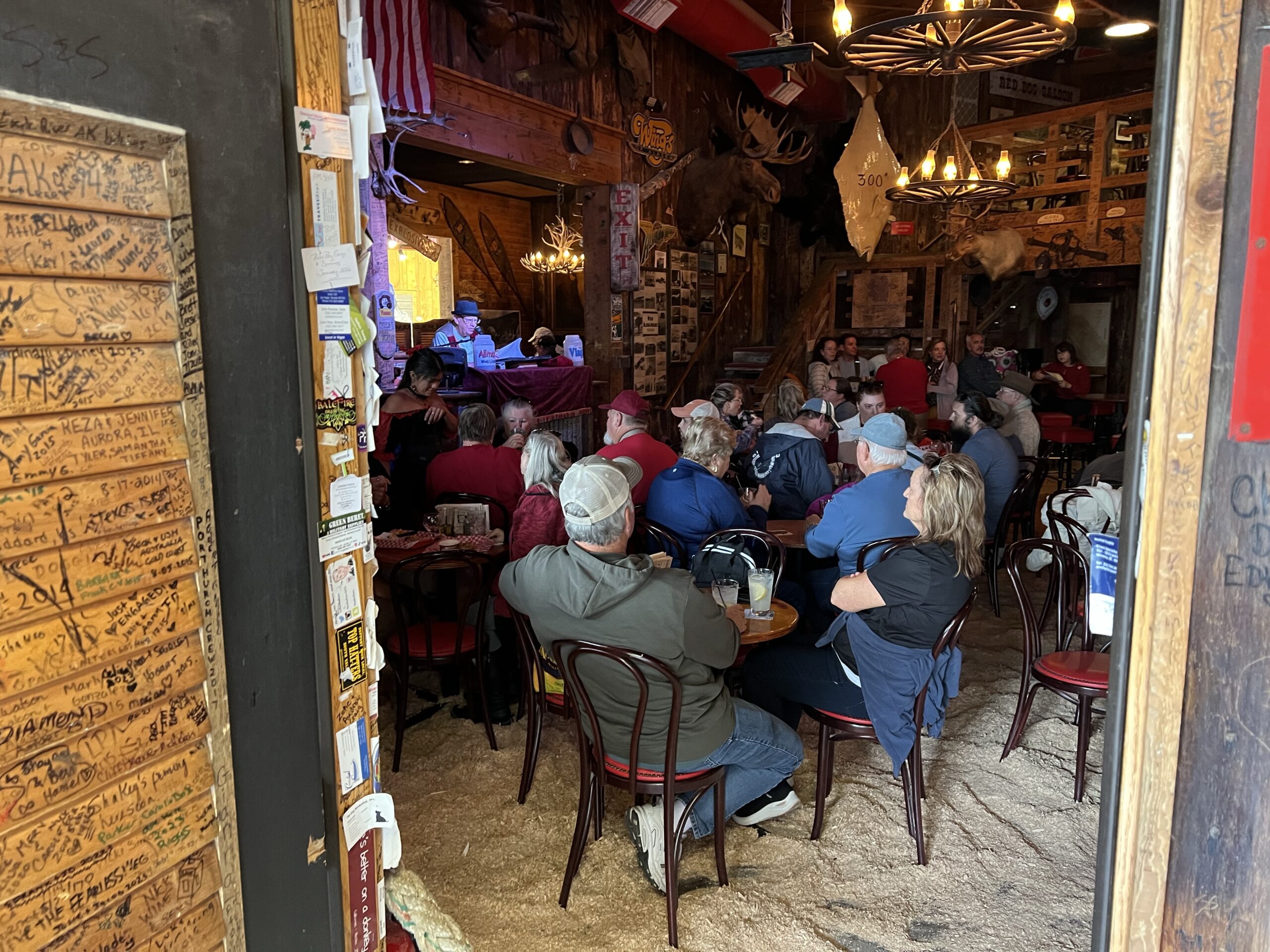
The 2025 estimated population of Juneau is 31,185. Recent population estimates are consistent, with slight year-over-year declines noted since 2020. 2025, Alaska’s population is estimated at 741,147 residents.

RUSSIAN ALASKA
Americans think of settlement going from east to west, but Russians reached Alaska and the Pacific Northwest first, coming from the opposite direction. Vitus Bering’s famous expedition in 1741 opened up Alaska by spreading word of the fabulous wealth in fur to be found there. Fur traders called promyshlenniki, or frontiersmen, ventured east through the Commander and Aleutian islands and soon established settlements, using Alaska Natives to harvest furs. Eventually the Russians pushed south to California and Hawaii and kept 20 outposts in Alaska. They stayed 135 years, maintaining their far-flung empire until 1867, when they sold their claim to Alaska to the United States. The Russian legacy lives on, in the descendants of the Russian / Alaska Native Creoles, and in the strength of the Russian Orthodox Church.
Alaska State Museum in Juneau
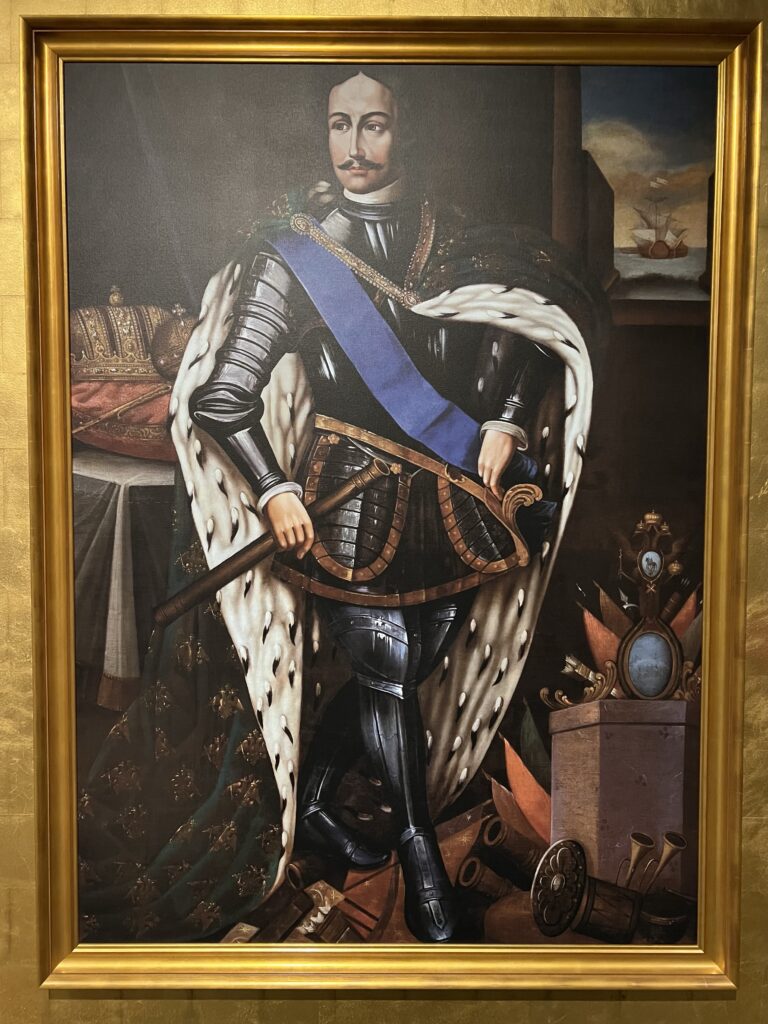
Portrait of Peter the Great
The residence of the Governor of Russian America in Sitka, known as “Baranov’s Castle,” was a little slice of Imperial Russia-the scene of many balls and receptions, opulently furnished and decorated. The walls were hung with oil paintings, including this life-sized portrait of Peter the Great, the leader who set into motion Russia’s dominance in the North Pacific, beginning with the expedition of Vitus Bering in 1725. The original painting, acquired by the museum in 1904, has for the past century hung in the residence of the American governor in Juneau. The artist remains unnamed.
Ibid
Alaska’s Sovereign Wealth Fund
- Alaskans benefit from the Alaska Permanent Fund, a sovereign wealth fund built from oil revenues that distributes annual dividend payments to every state resident, regardless of age.
- The average payout is around $1,229 per person in recent years, widely popular across all segments of the population and credited with reducing poverty and increasing income equality.
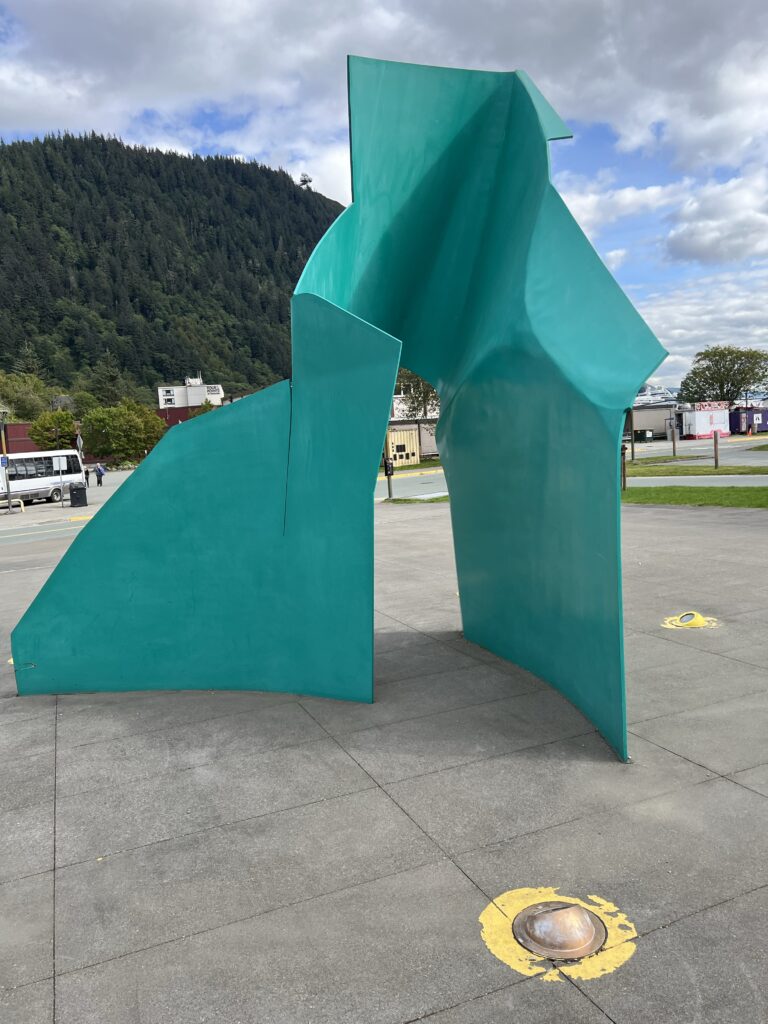
Visiting Juneau
Each year, Juneau receives approximately 1.76 million visitors, with the vast majority arriving by cruise ship (1,732,000) followed by air travel (~32,000) and a smaller number by ferry (~17,000).
To address the interests for Juneau, Alaska, across multiple visitor perspectives, see below:
For a historian:
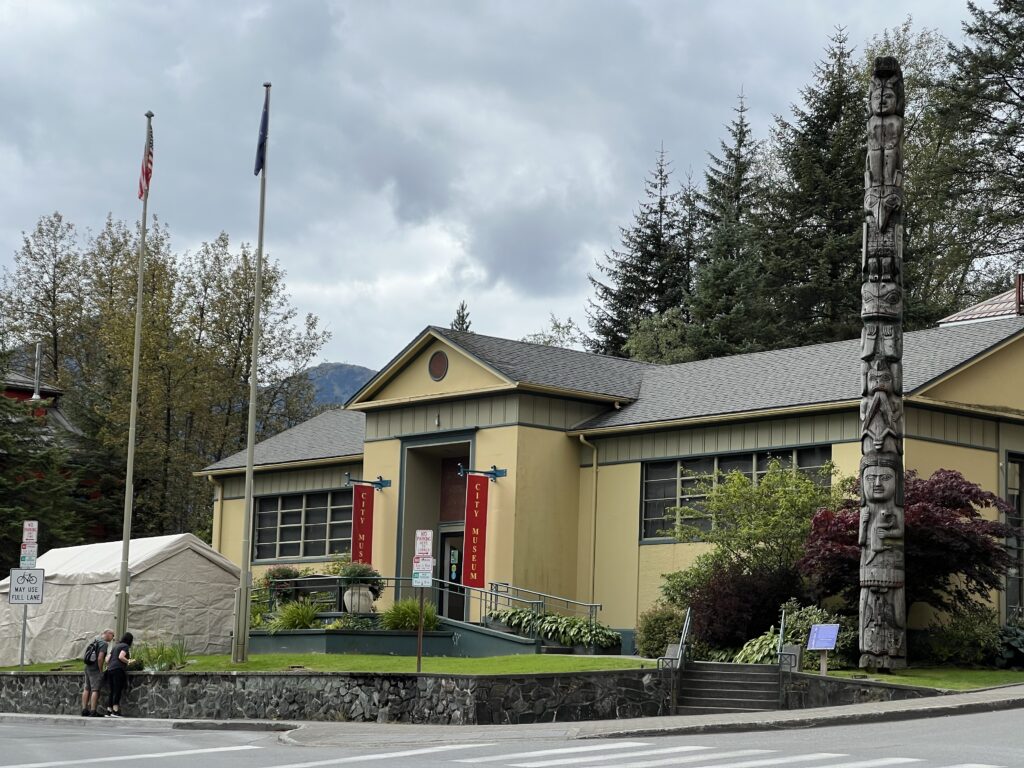
- Visit the Juneau-Douglas City Museum and the Alaska State Museum (SLAM) which feature exhibits on gold mining, Russian heritage, Alaska Native culture, and maritime and gold rush history. The Walter Soboleff Cultural Center also offers insight into indigenous experiences and traditions in the area.
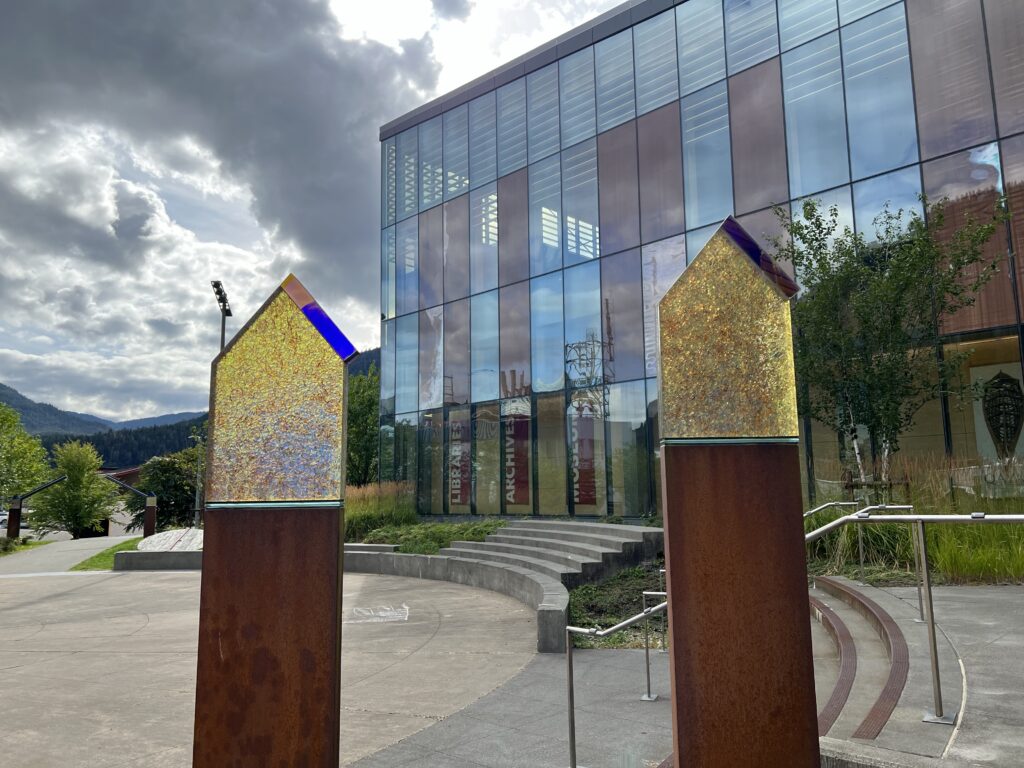
For an architect:
- The Alaska State Museum is housed in a striking modern glass architectural building. Also, the Brotherhood Bridge and various downtown buildings showcase architectural history and styles of Alaska’s capital city.

For a photographer:
- Stunning landscapes from Mount Roberts Tramway with views of mountain peaks, forests, and coves.
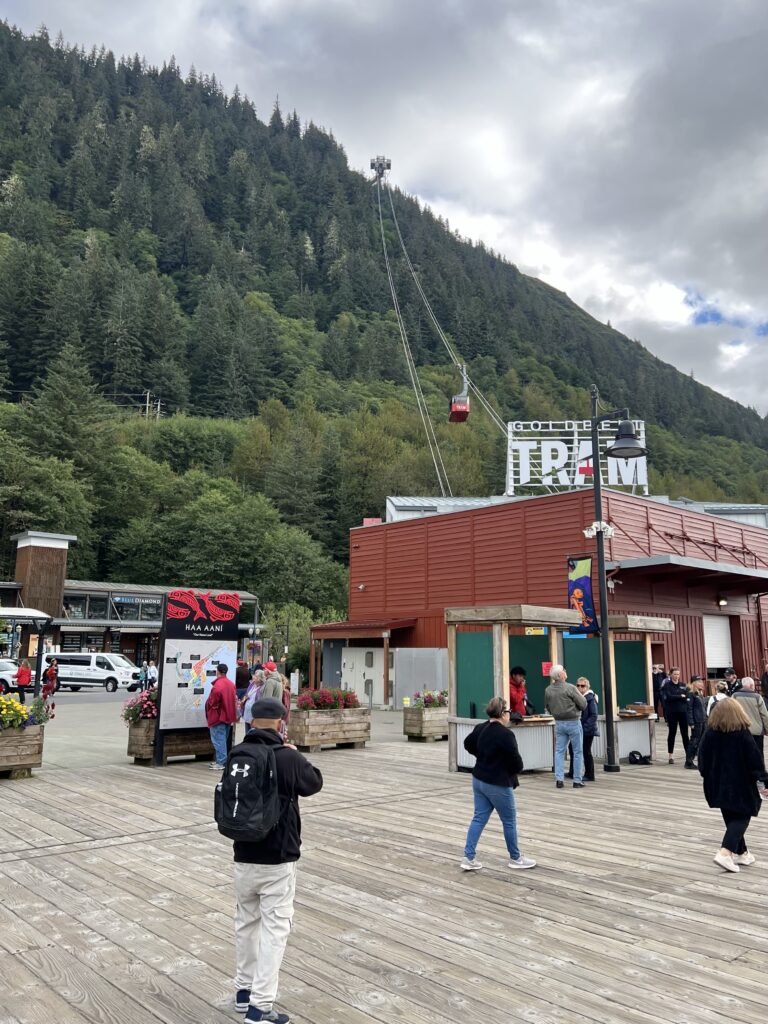
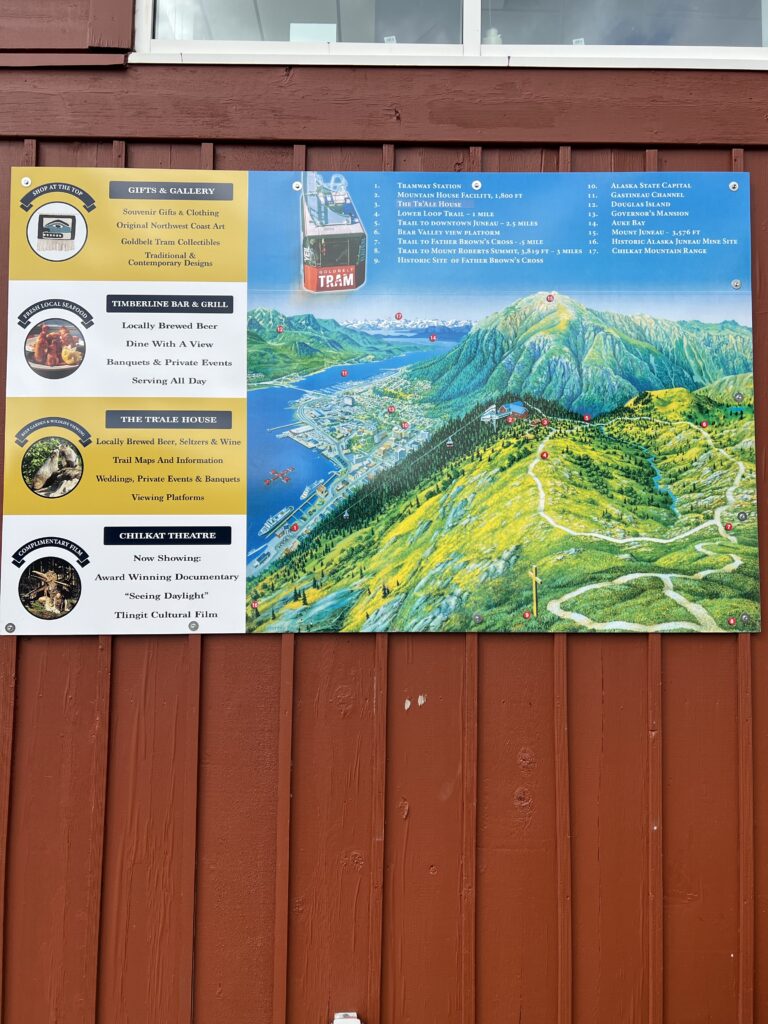
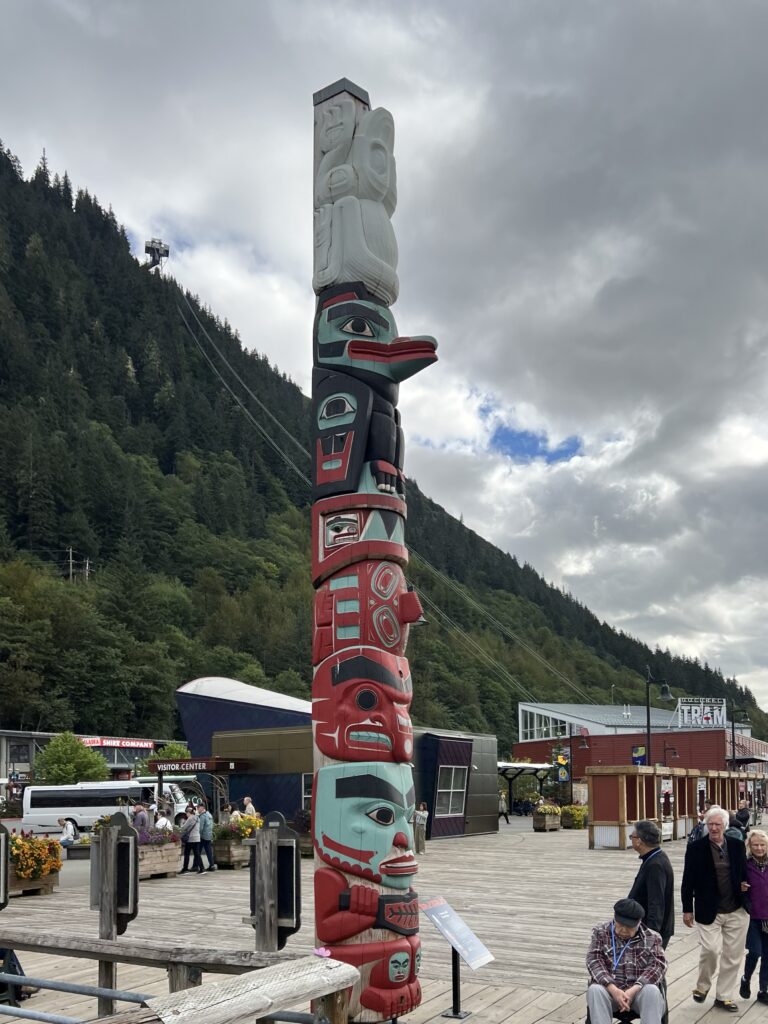
- The Mendenhall Glacier offers monumental ice formations to capture.
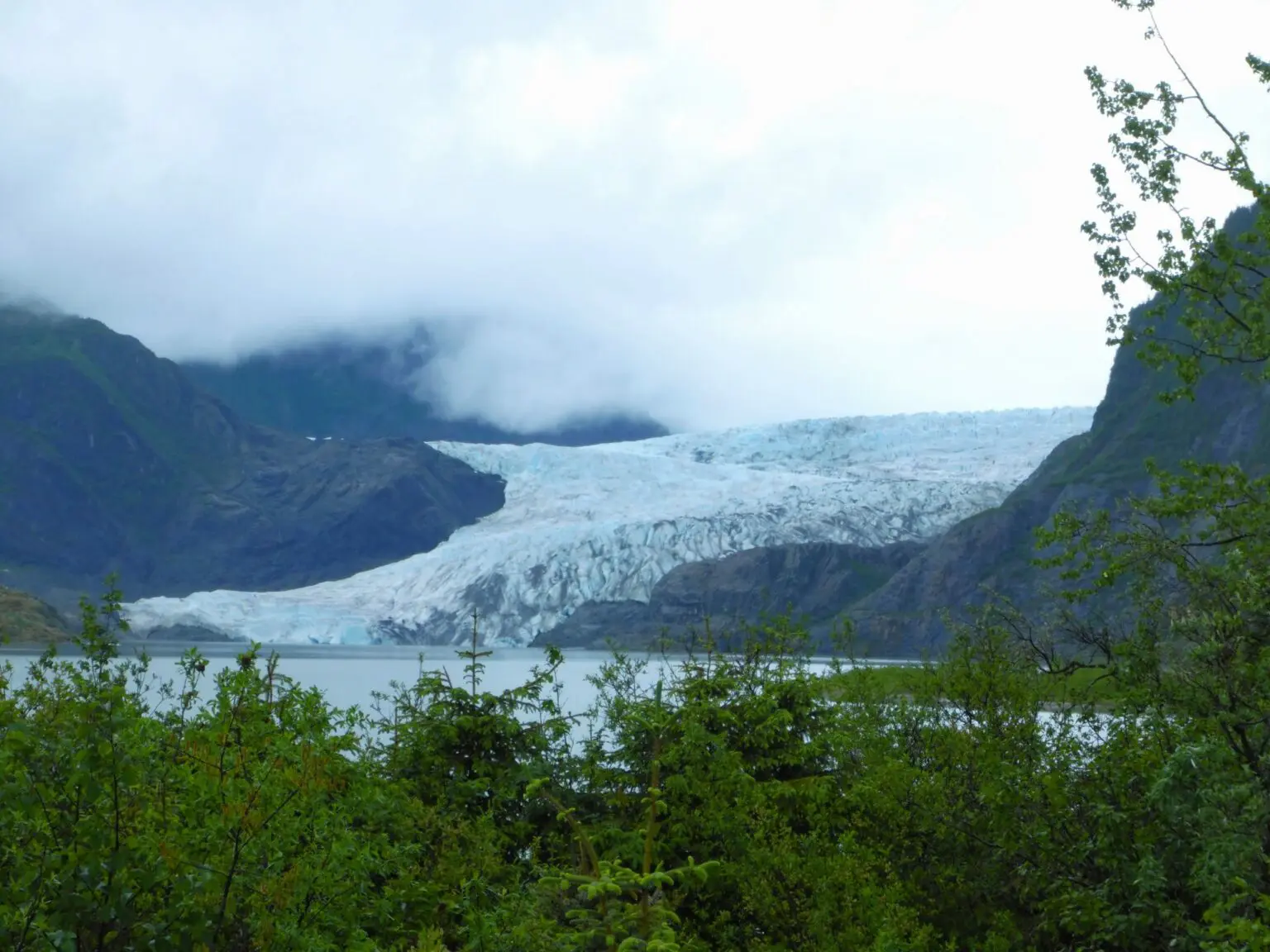
This massive glacier leads to the Juneau Icefield, one of the largest ice fields and glacier areas in North America.
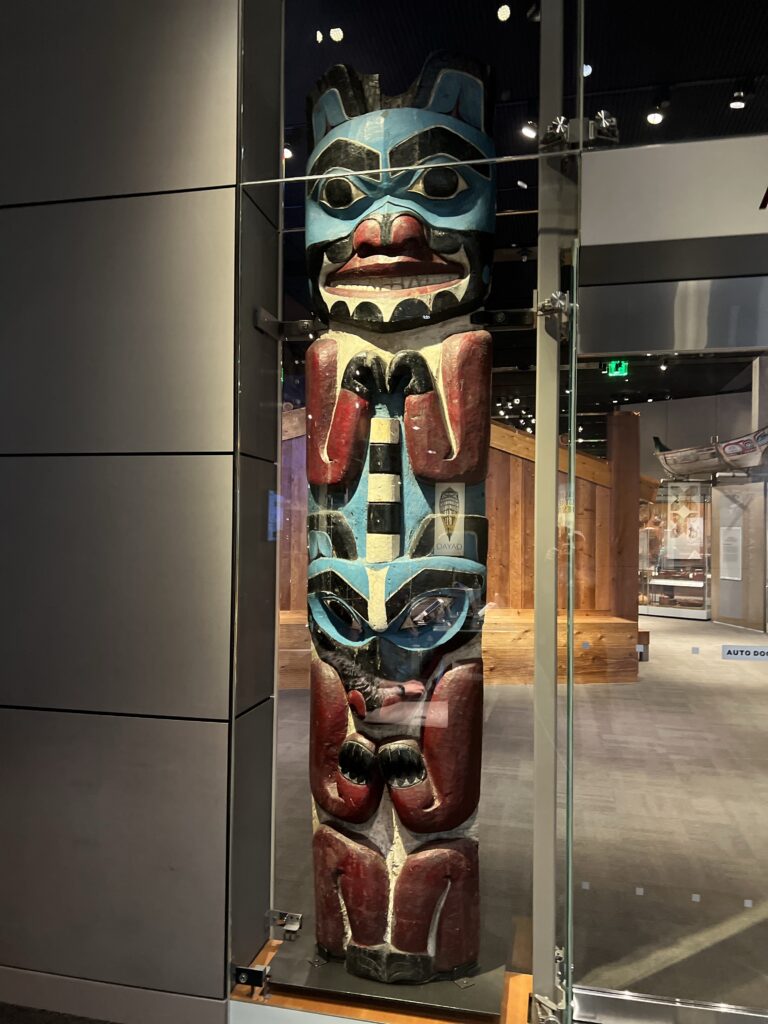
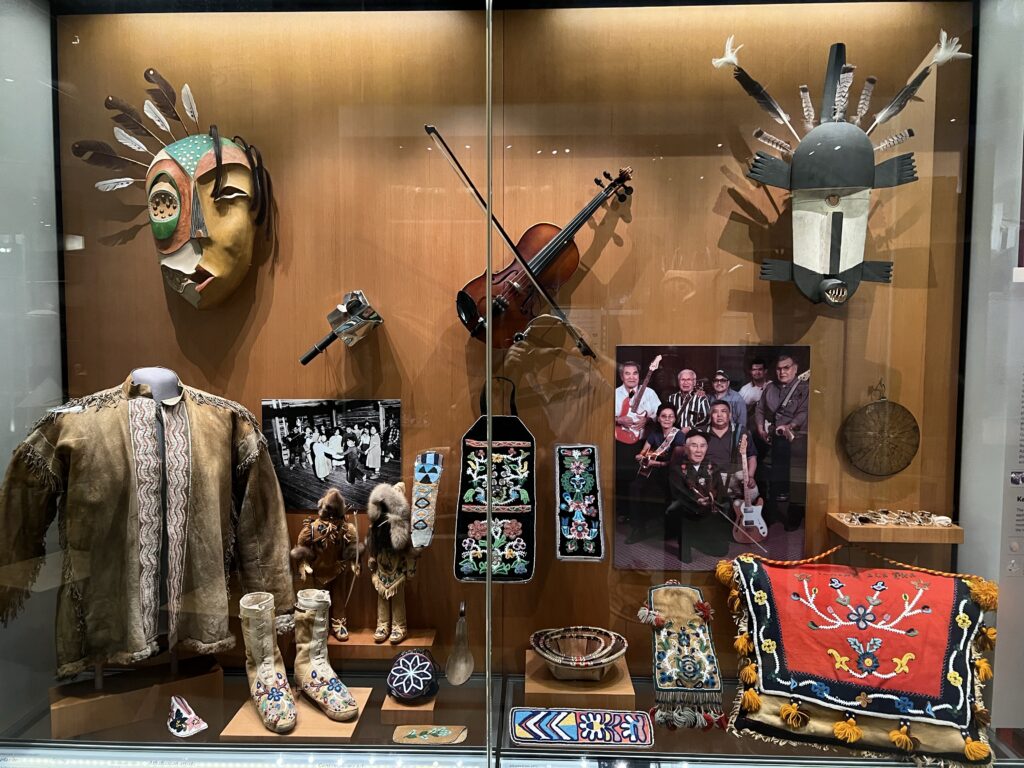
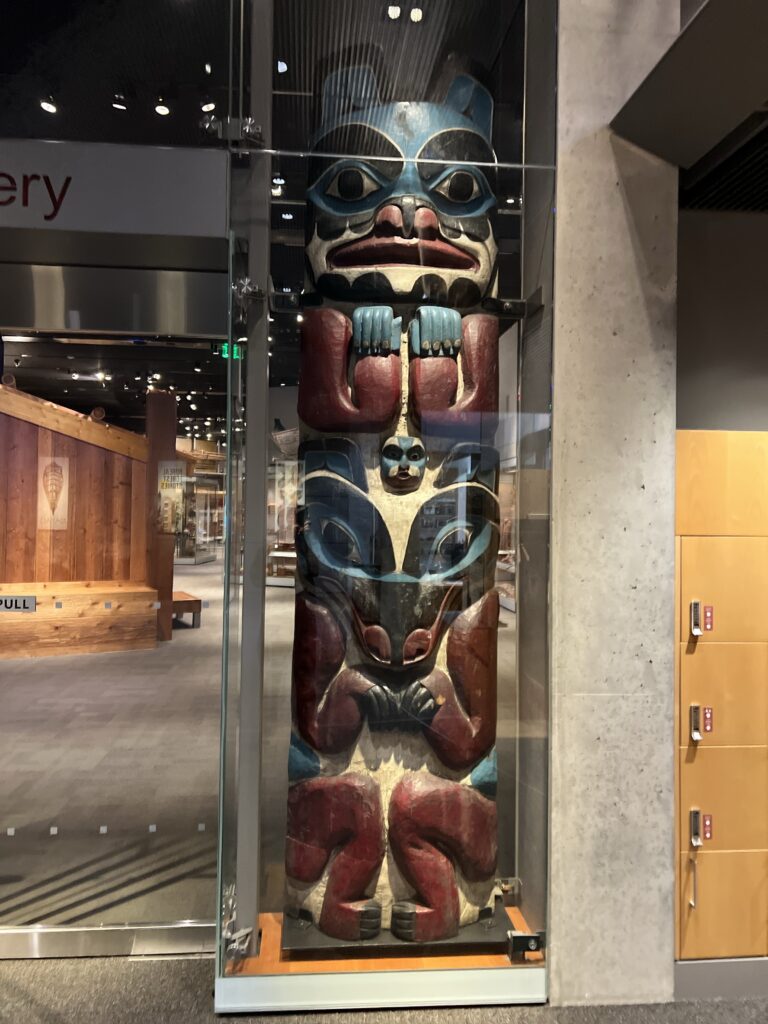
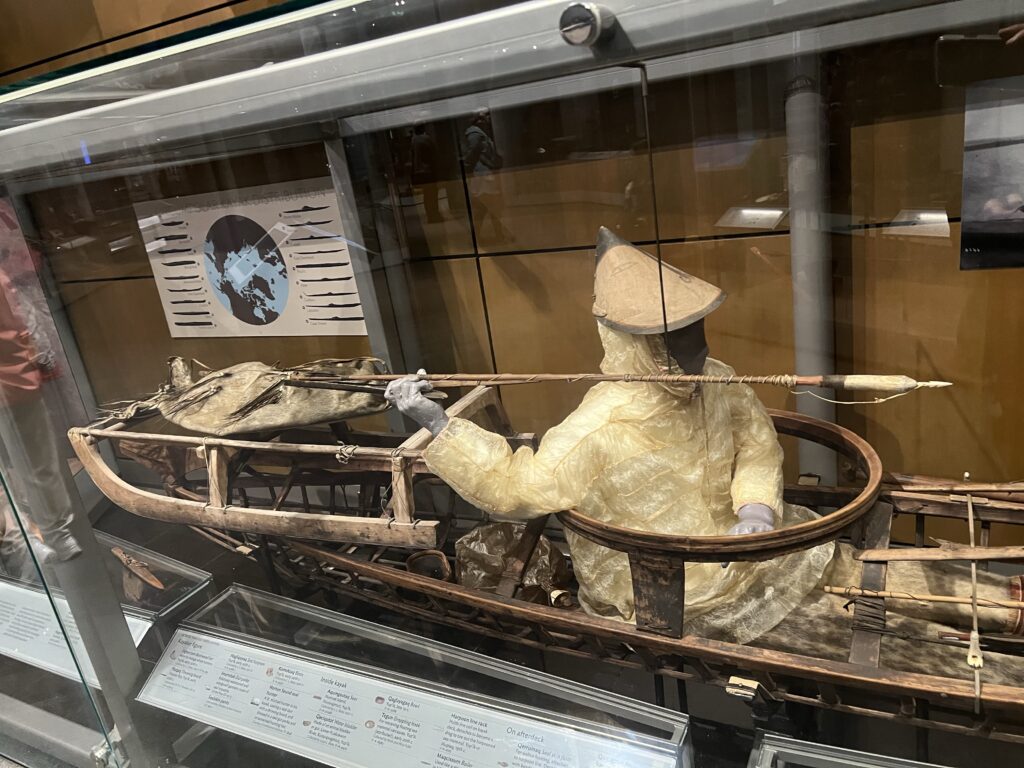
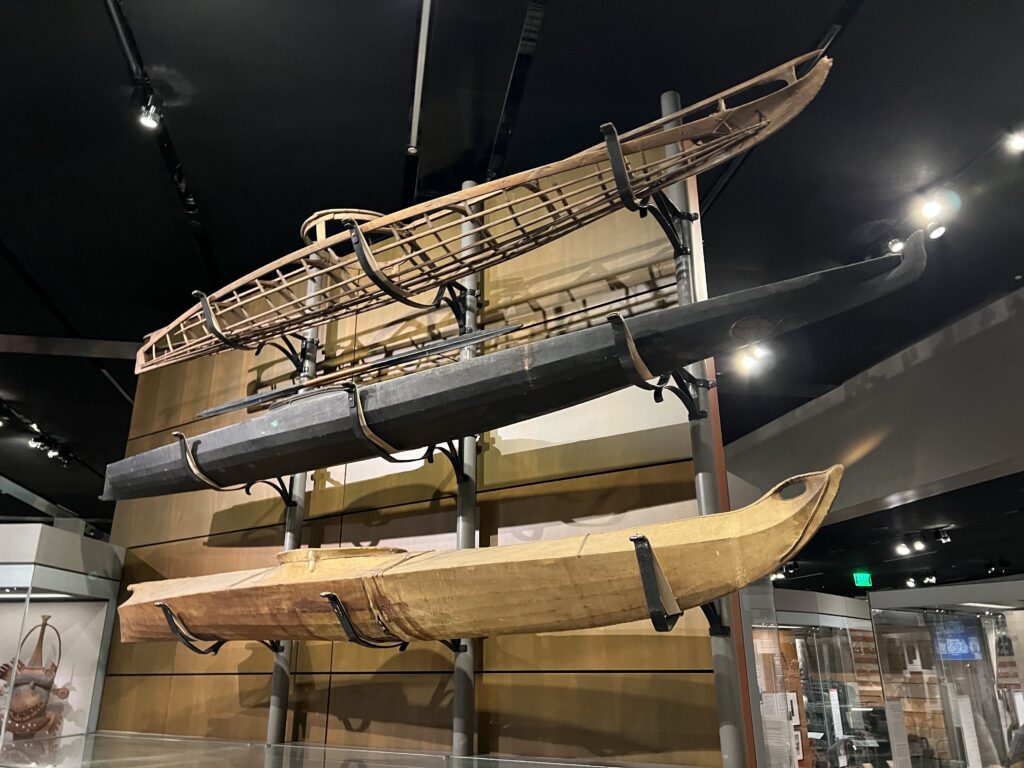
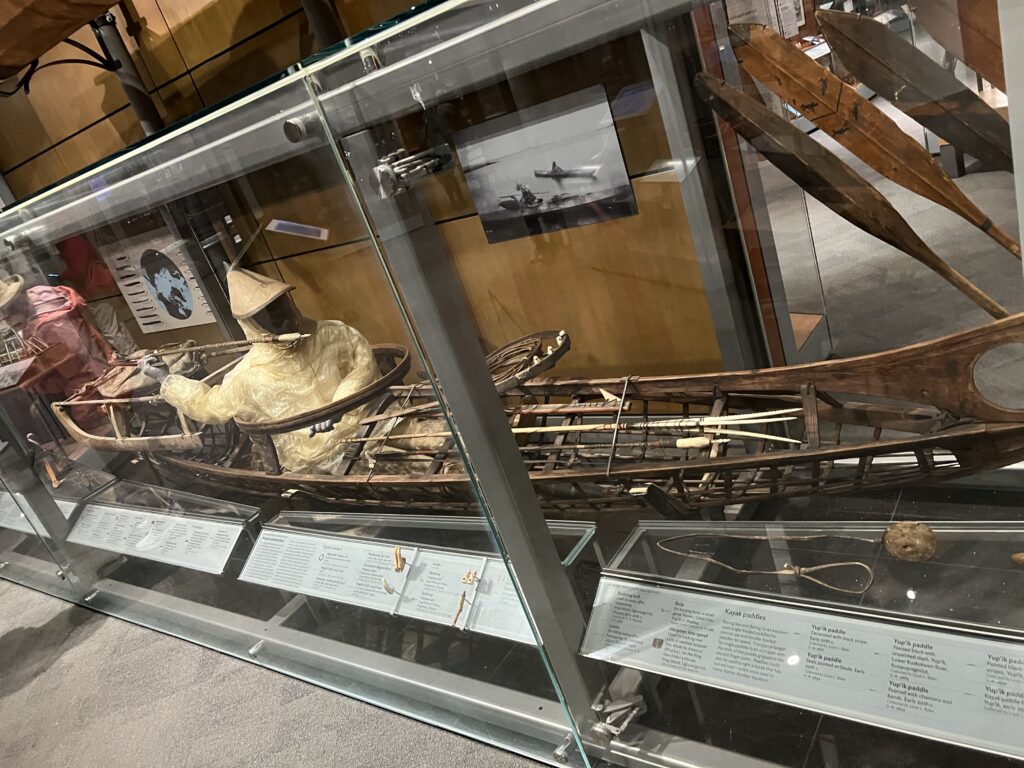
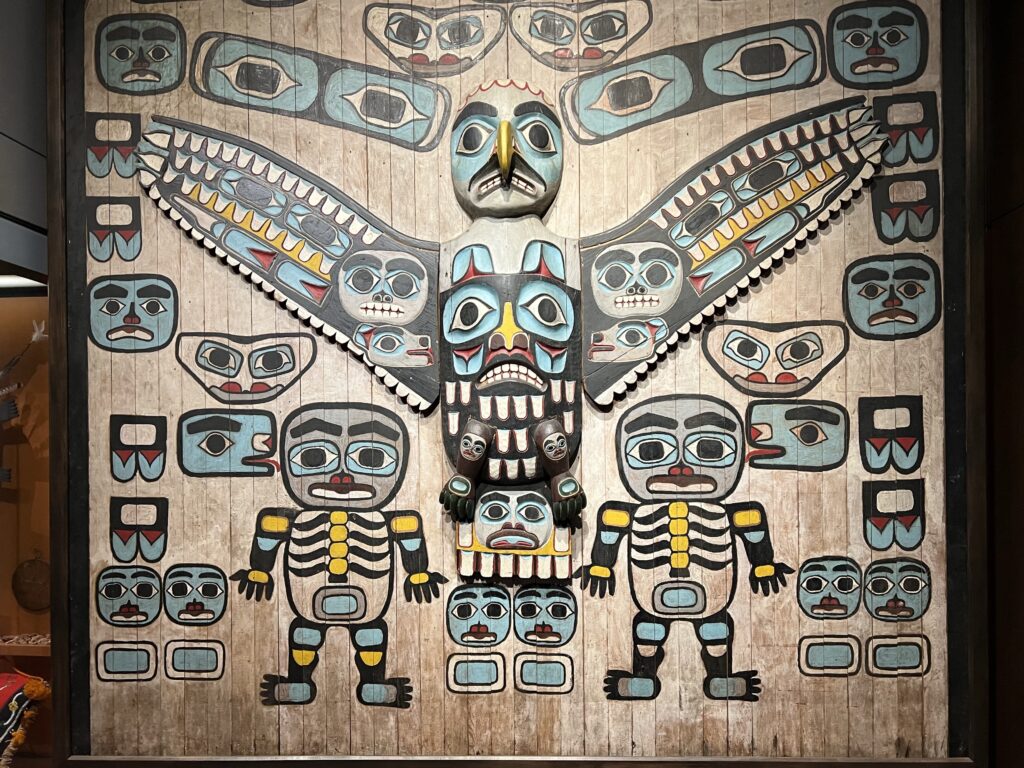
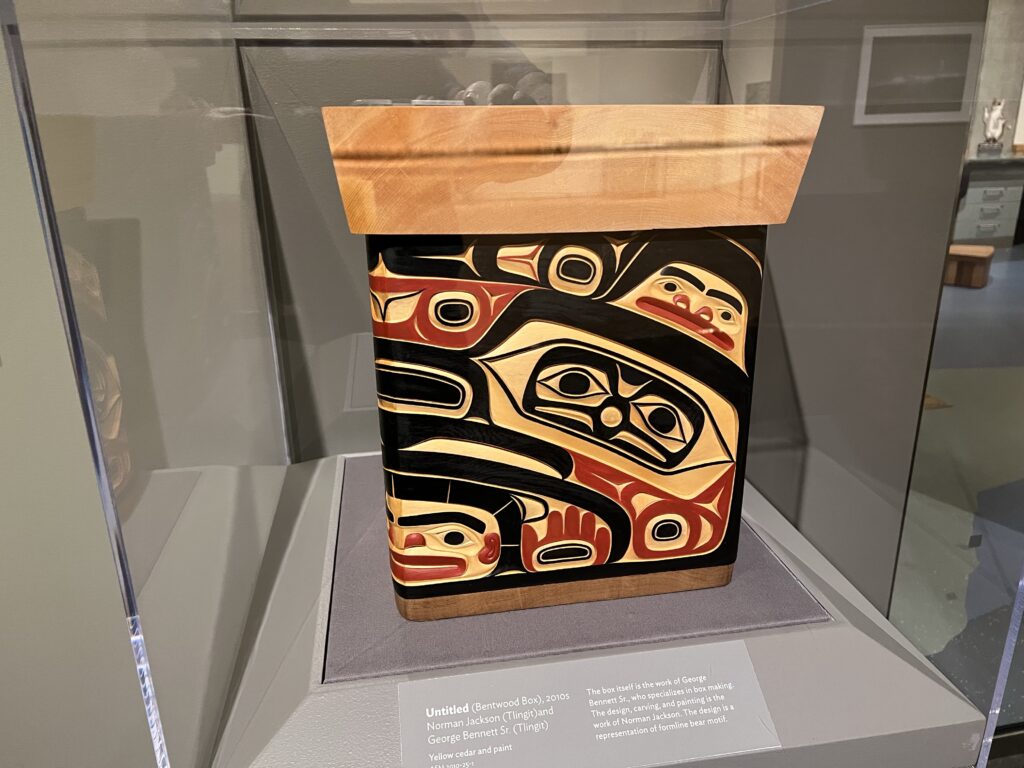
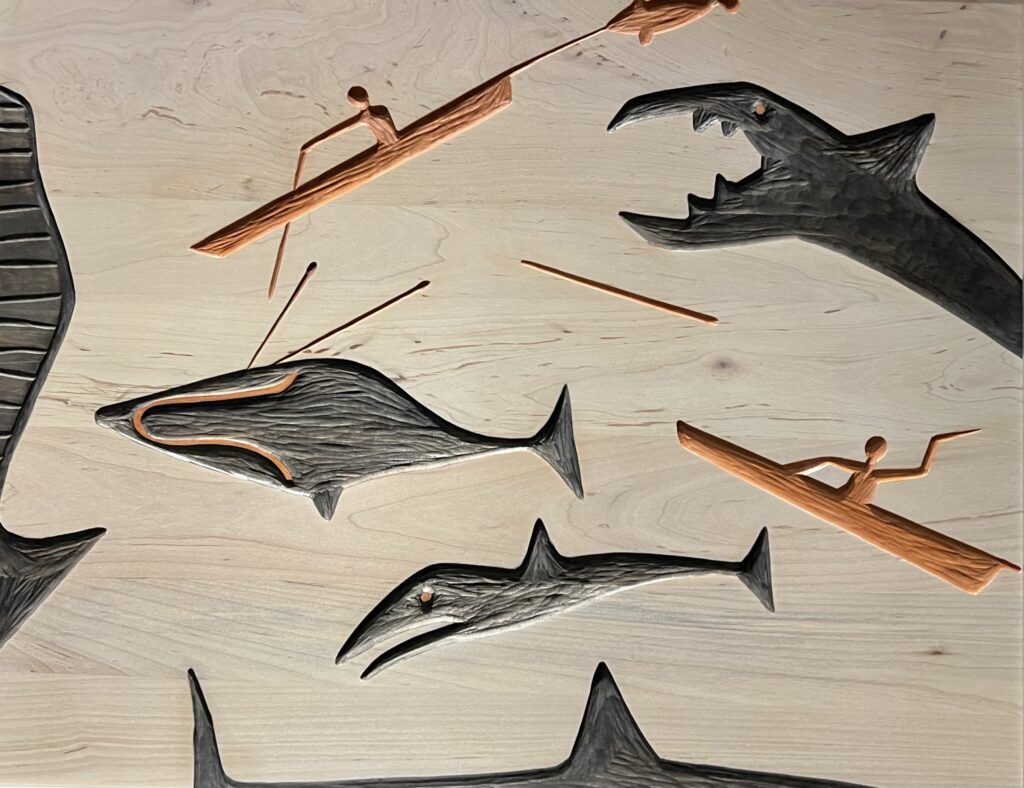
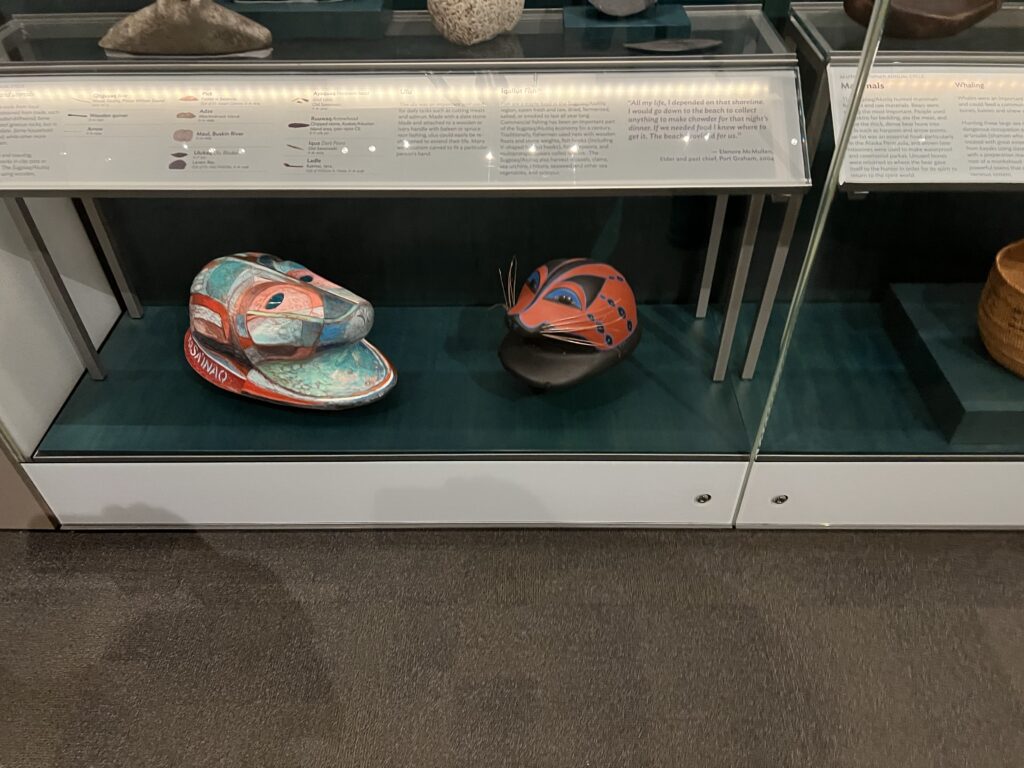
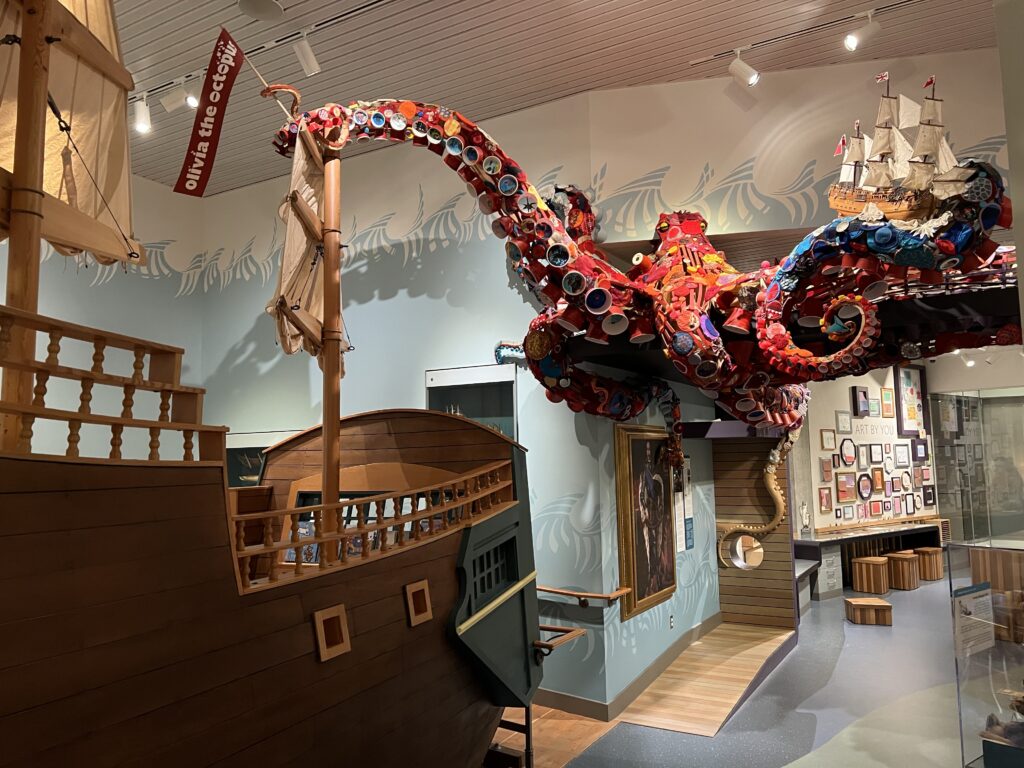
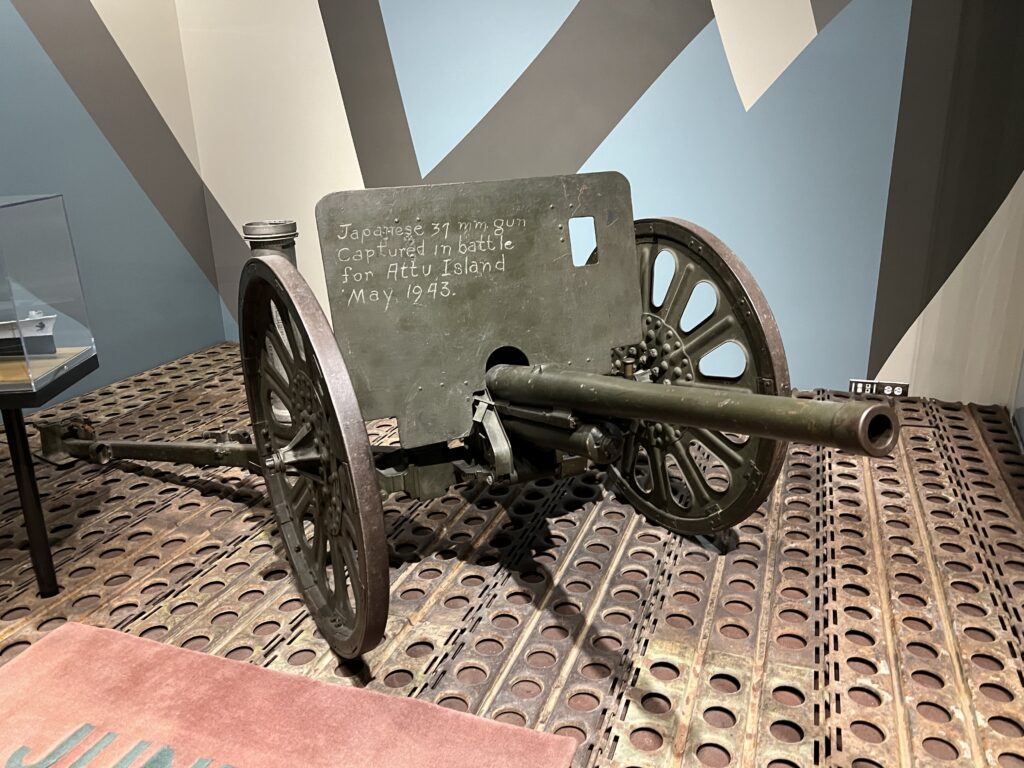
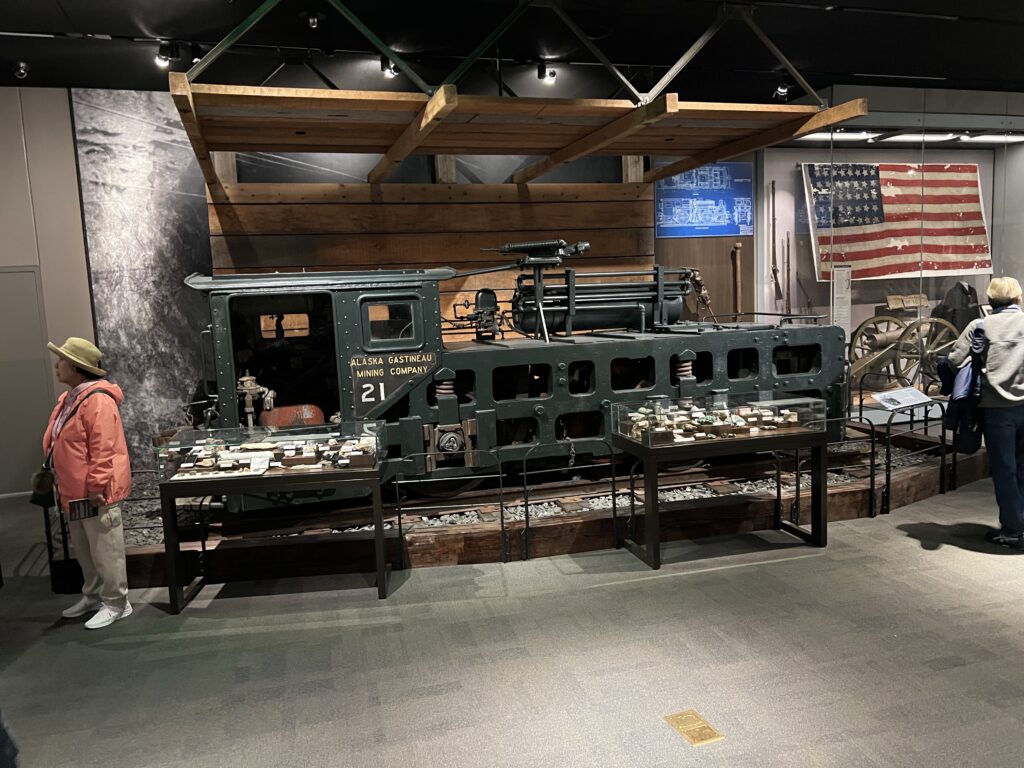
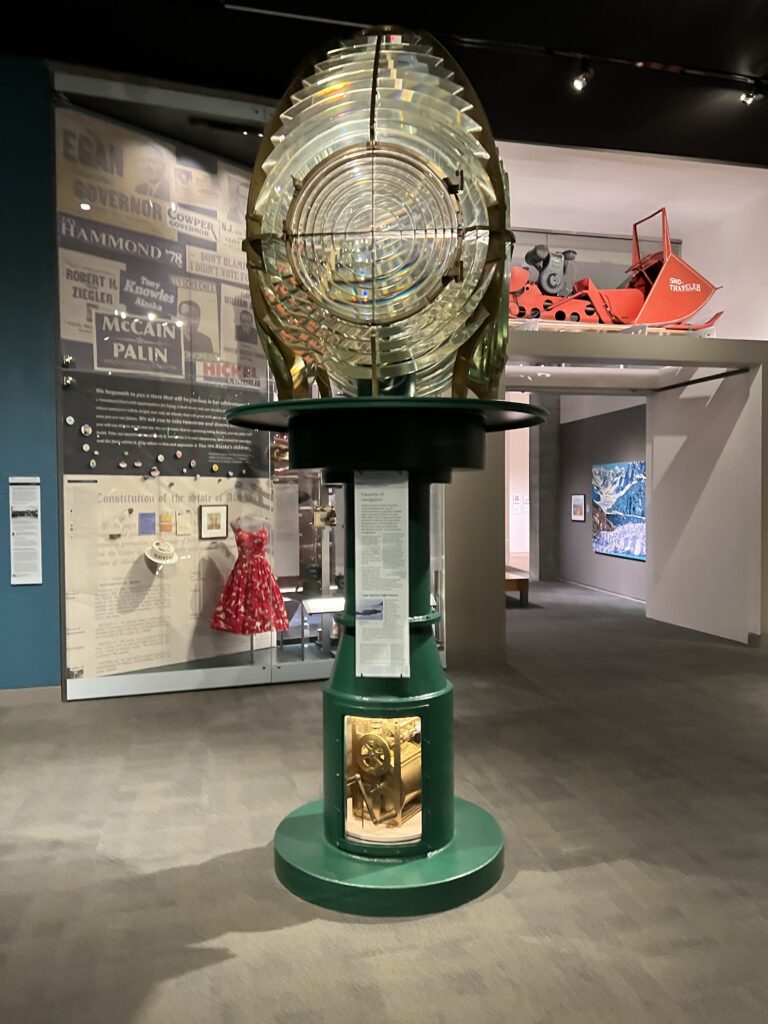
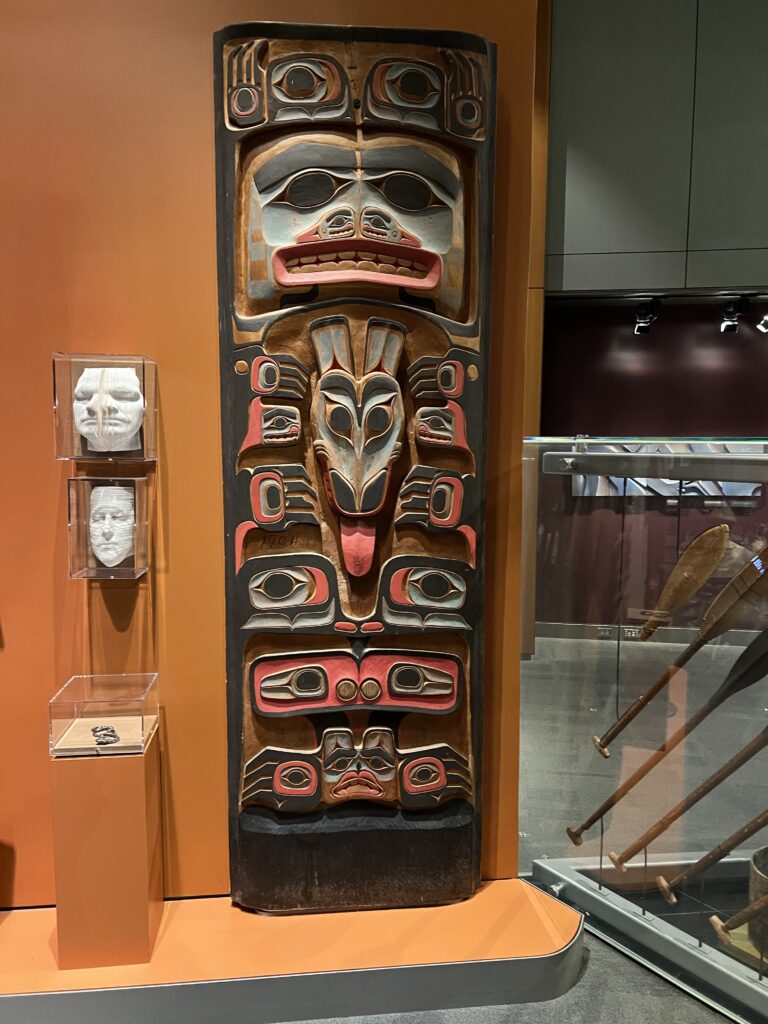
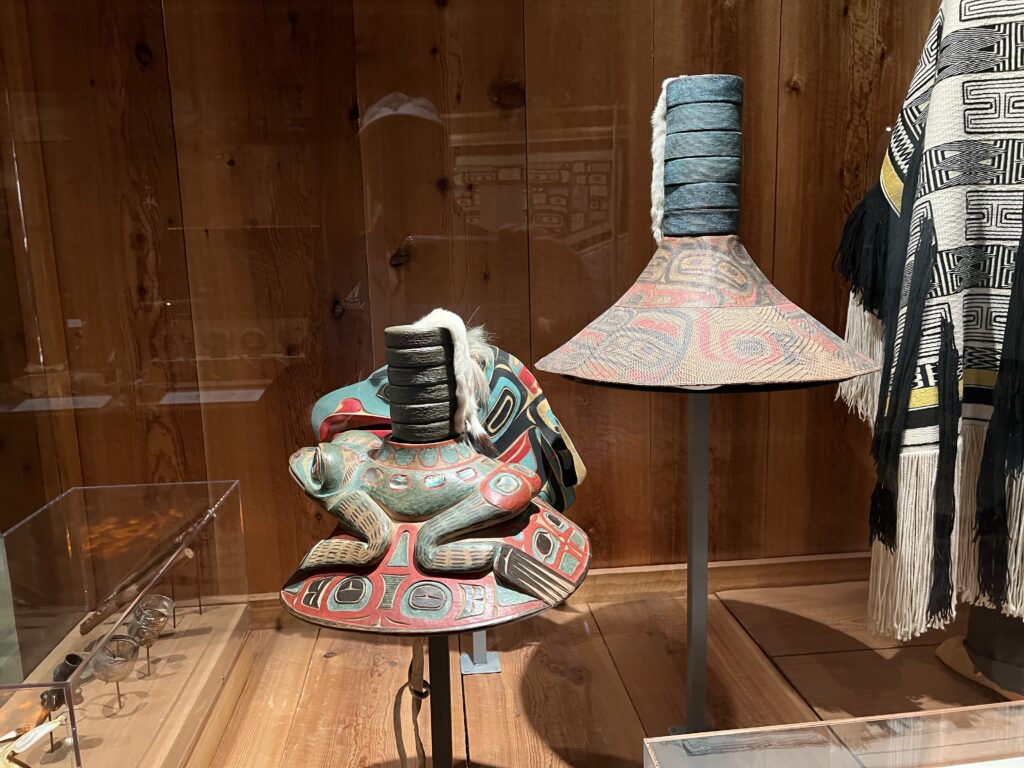
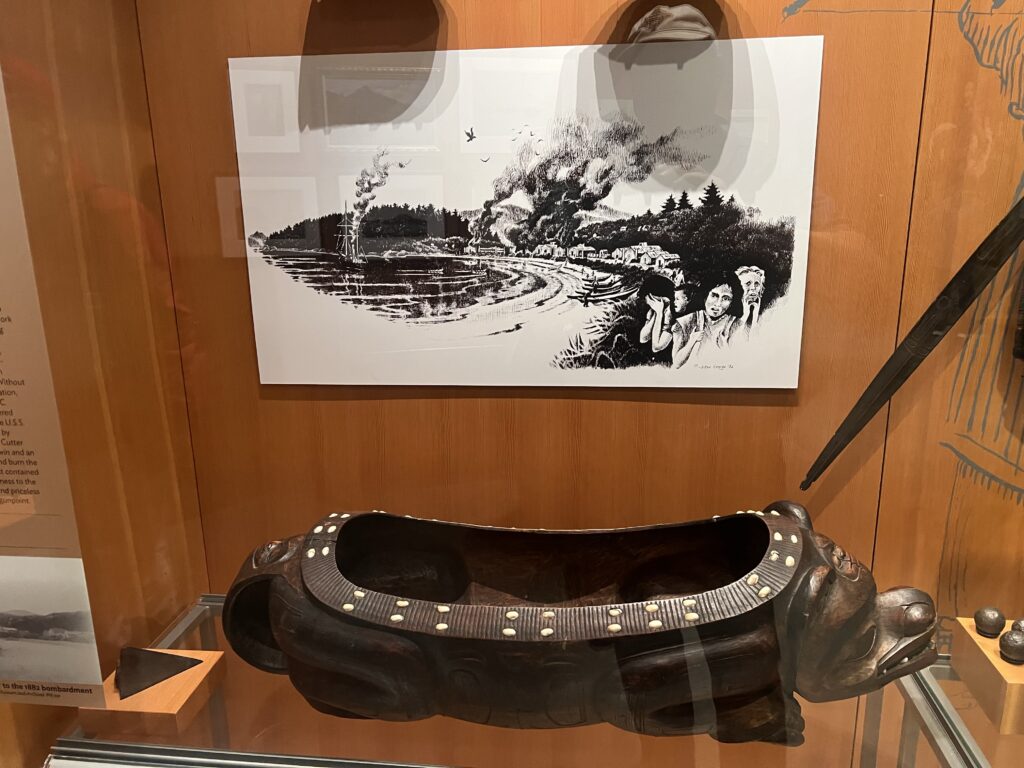
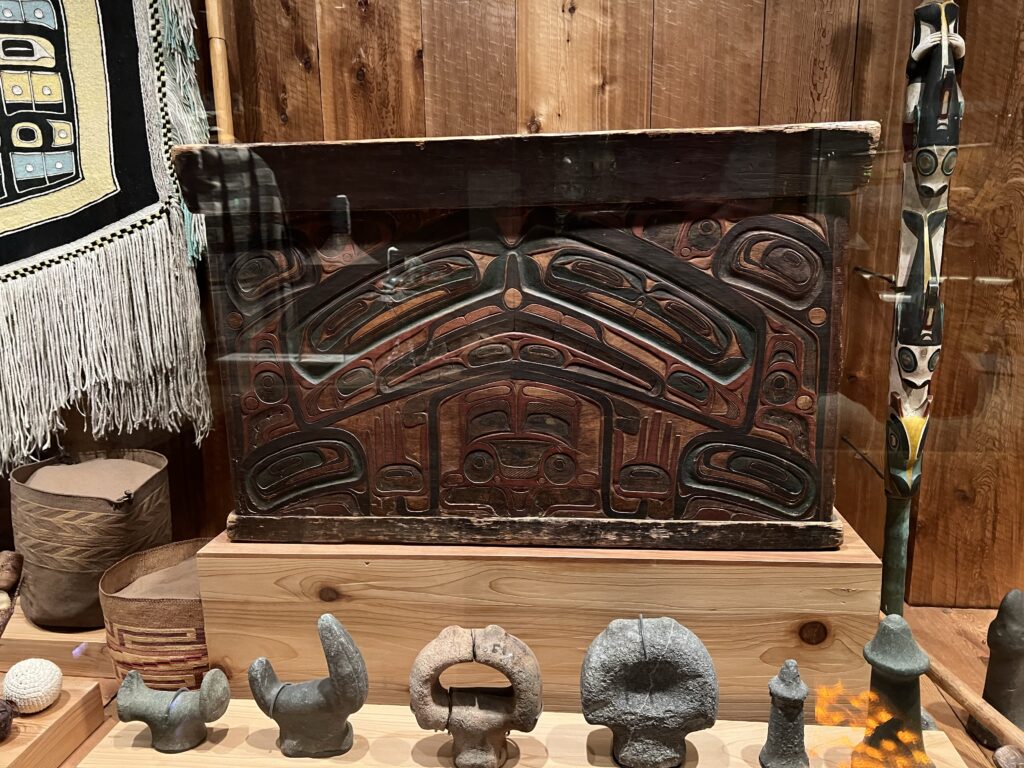
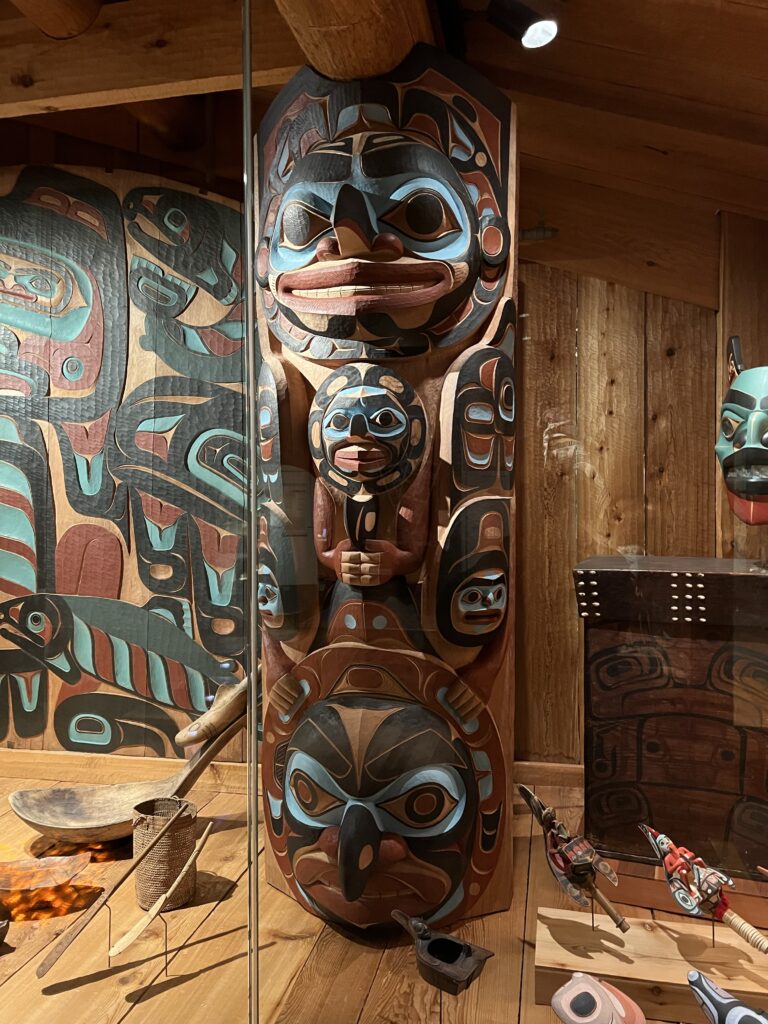
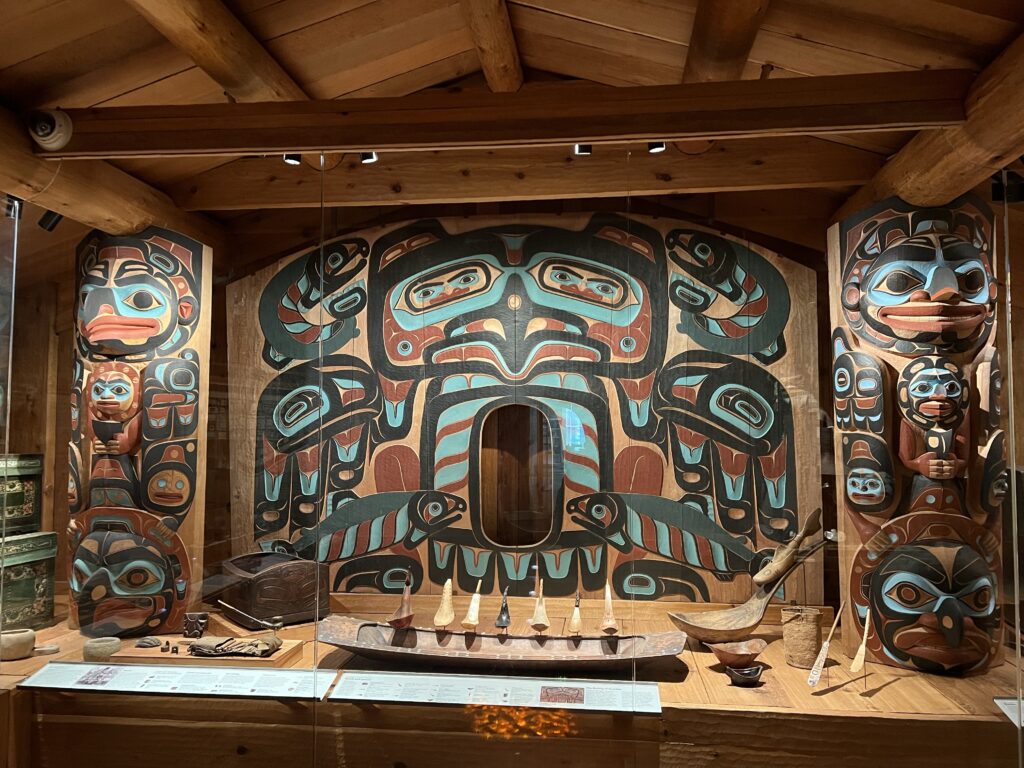
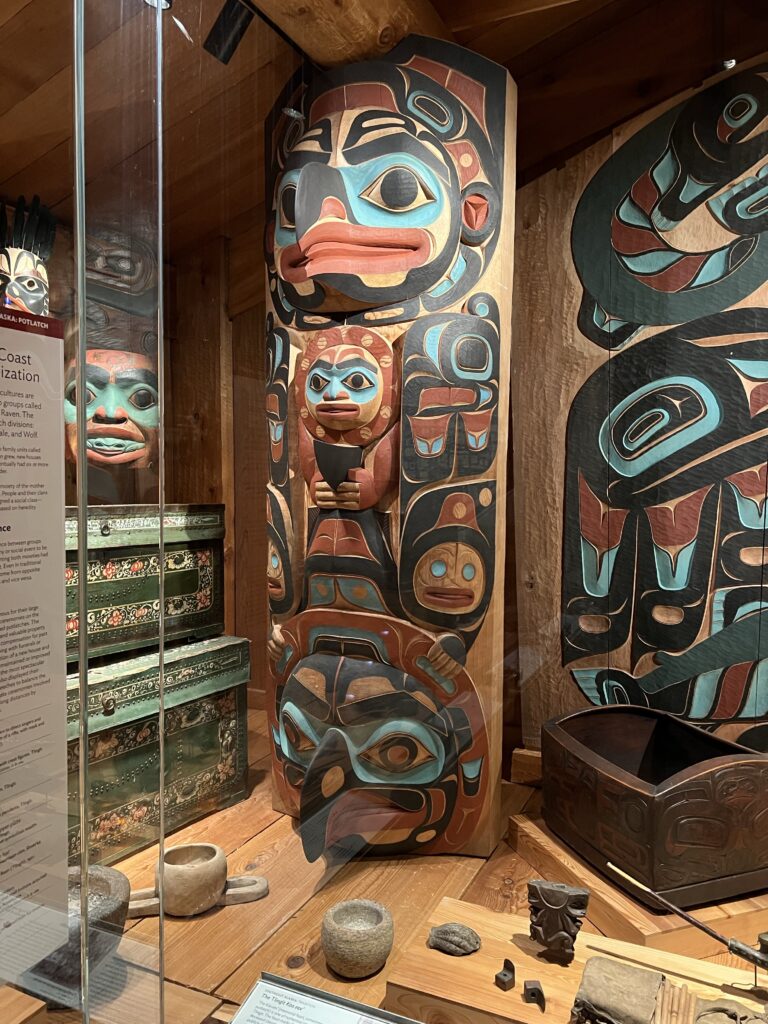
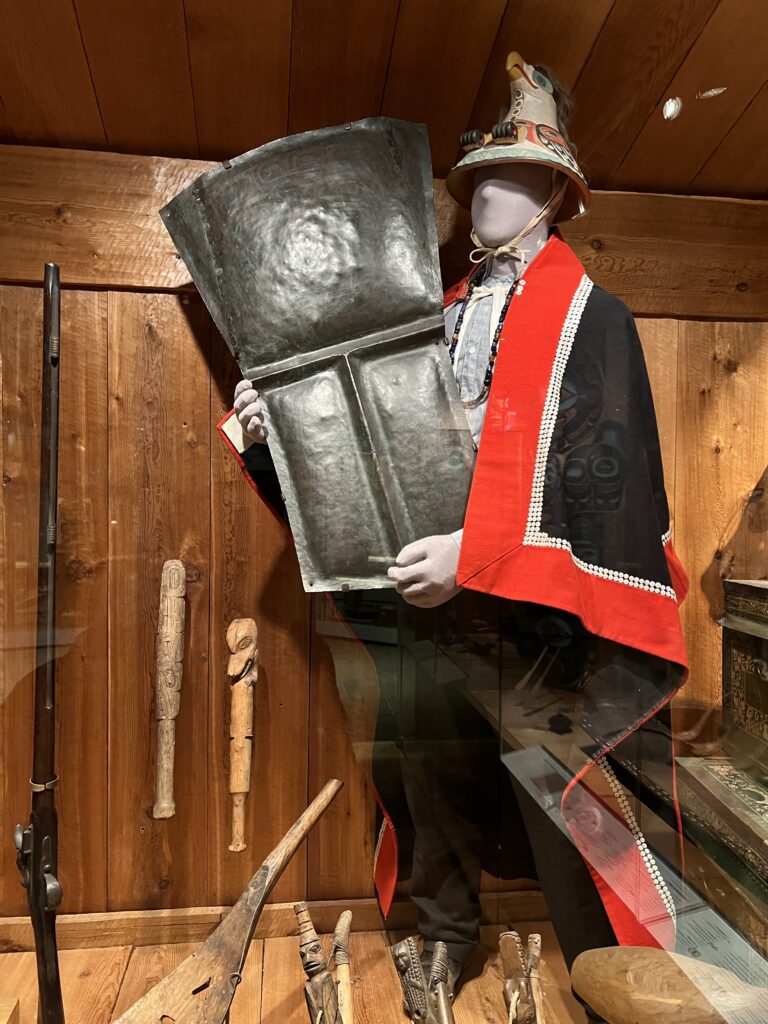
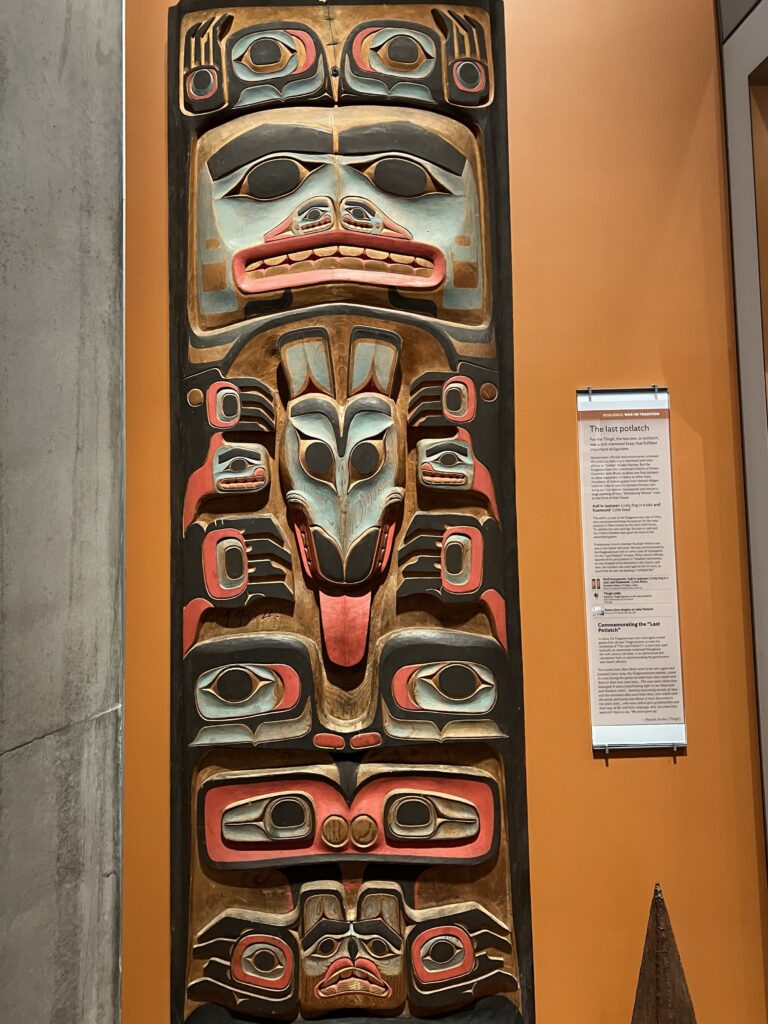
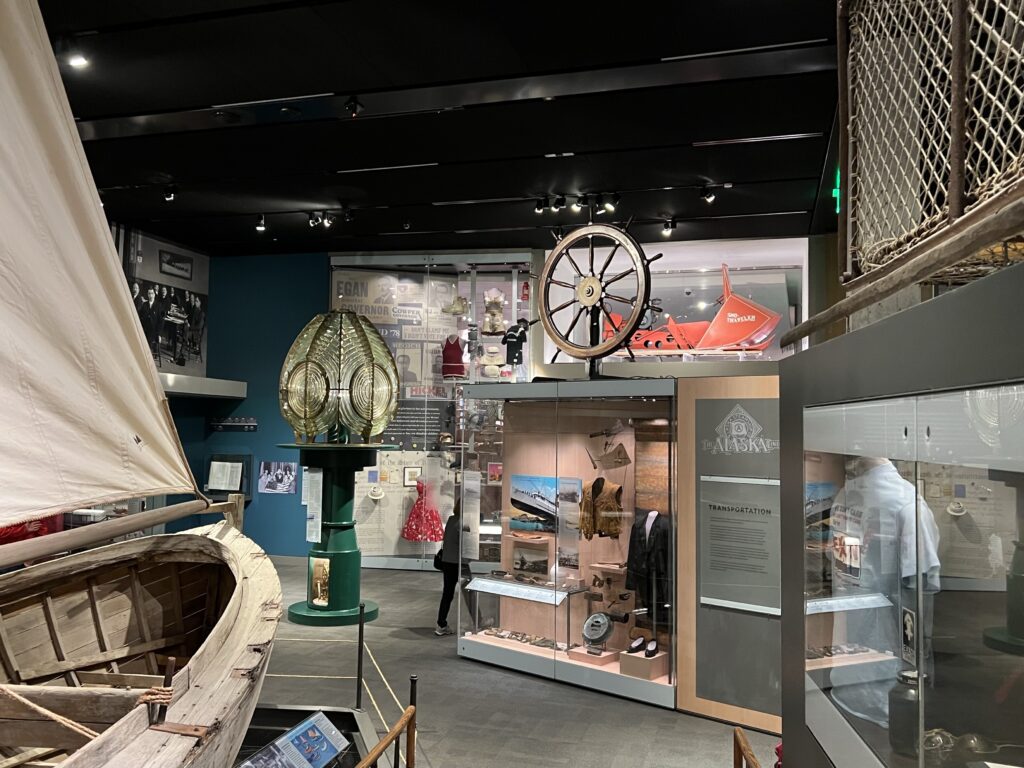
- Wildlife such as bald eagles around glaciers and wetlands.
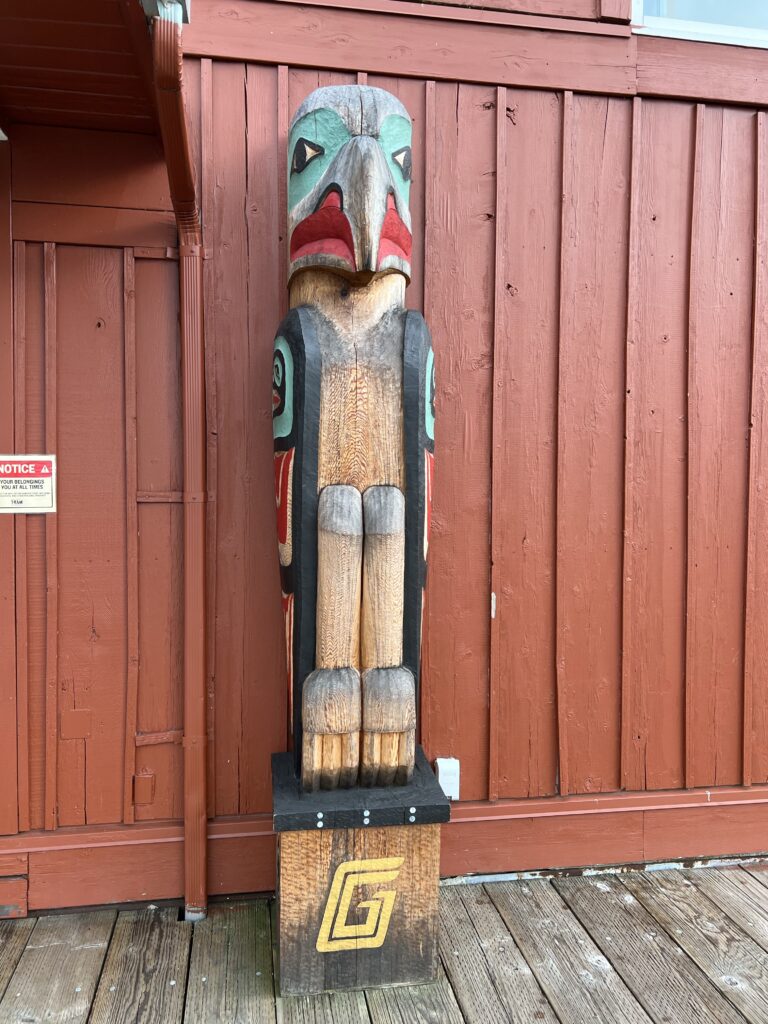
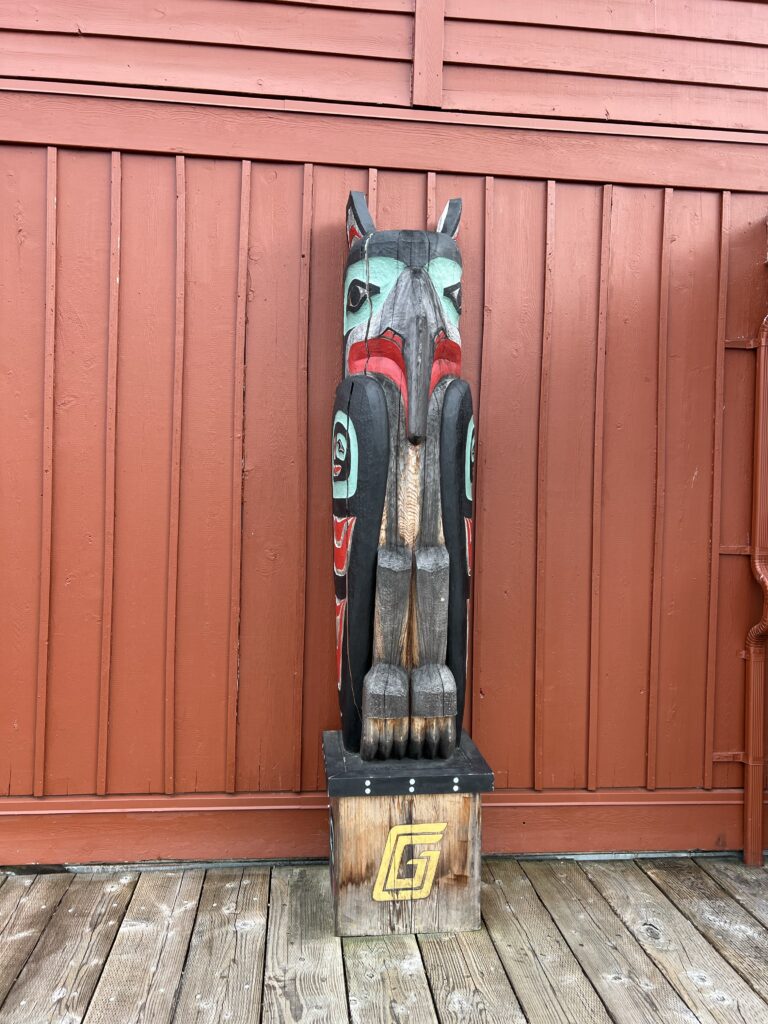
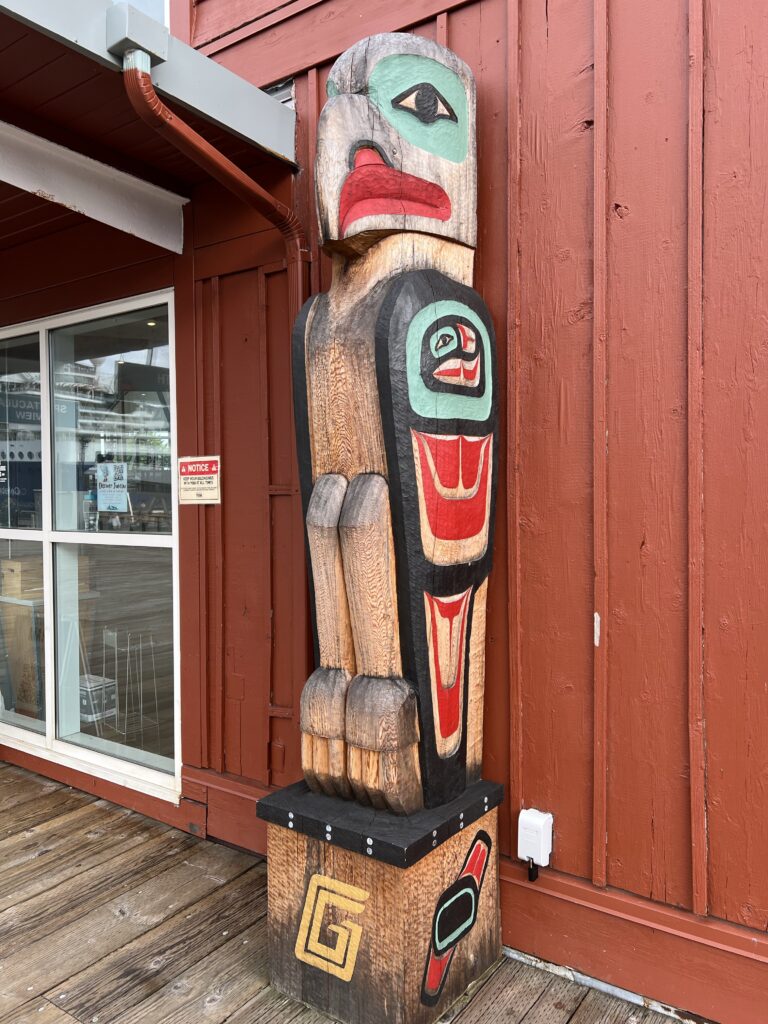
- Diverse urban and natural scenes throughout Juneau.
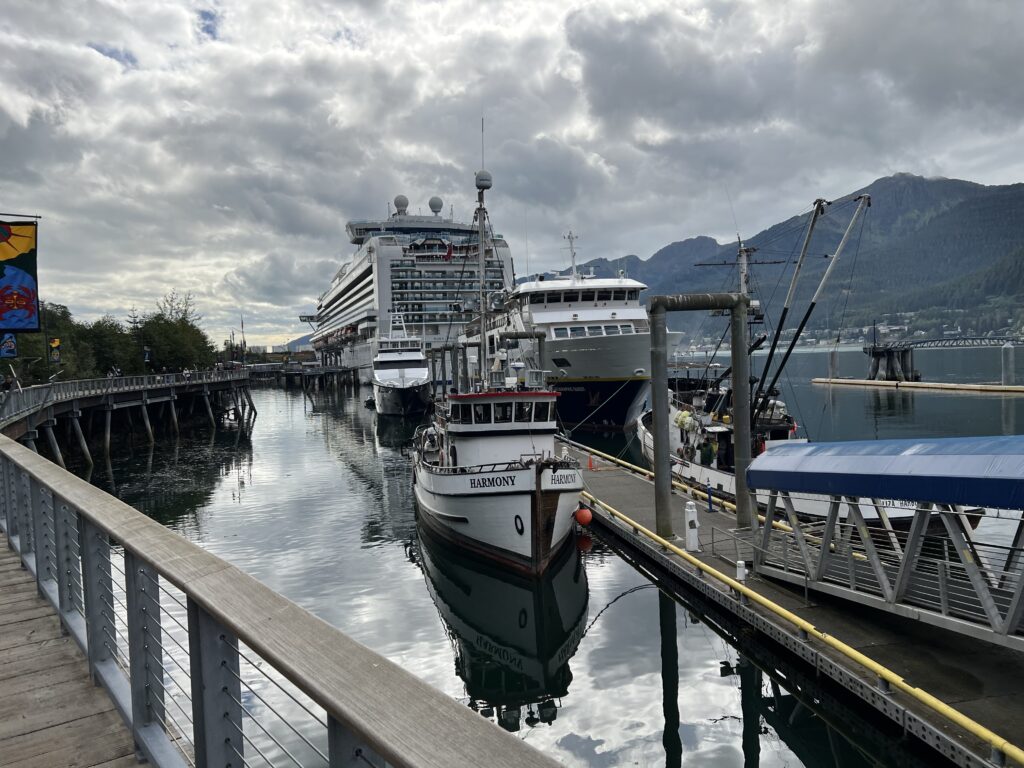
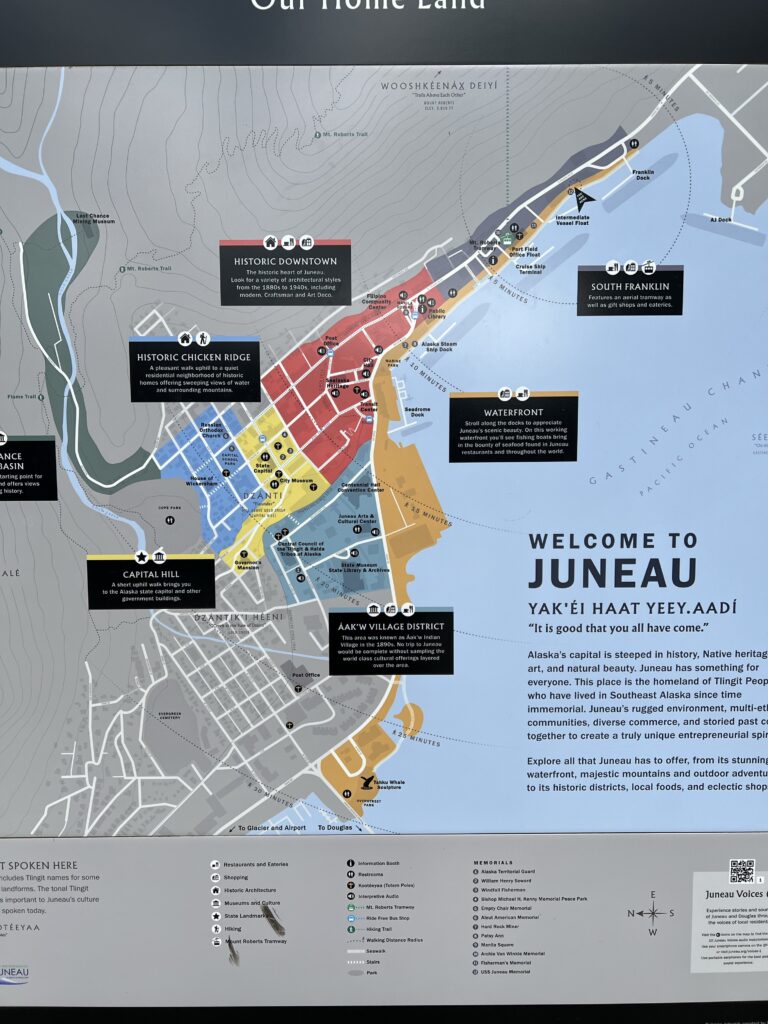
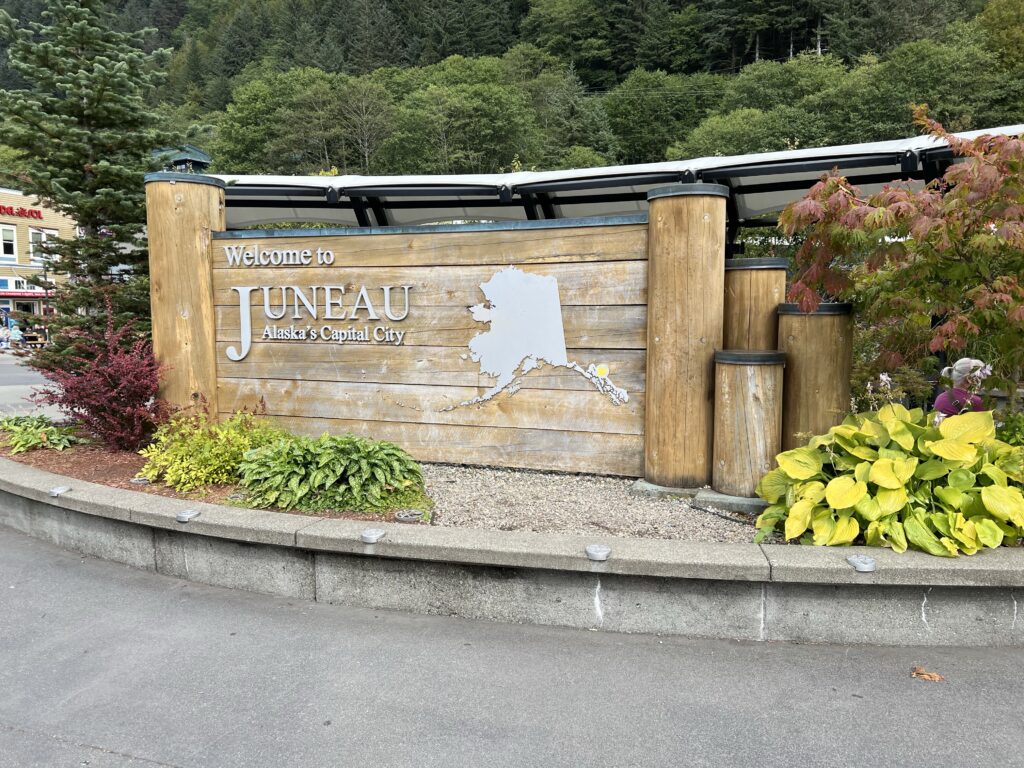
For a sailor:
- The coastal waters, boat harbors, and nearby wilderness accessible by boat offer navigation and exploration opportunities, including potential whale watching and island excursions.
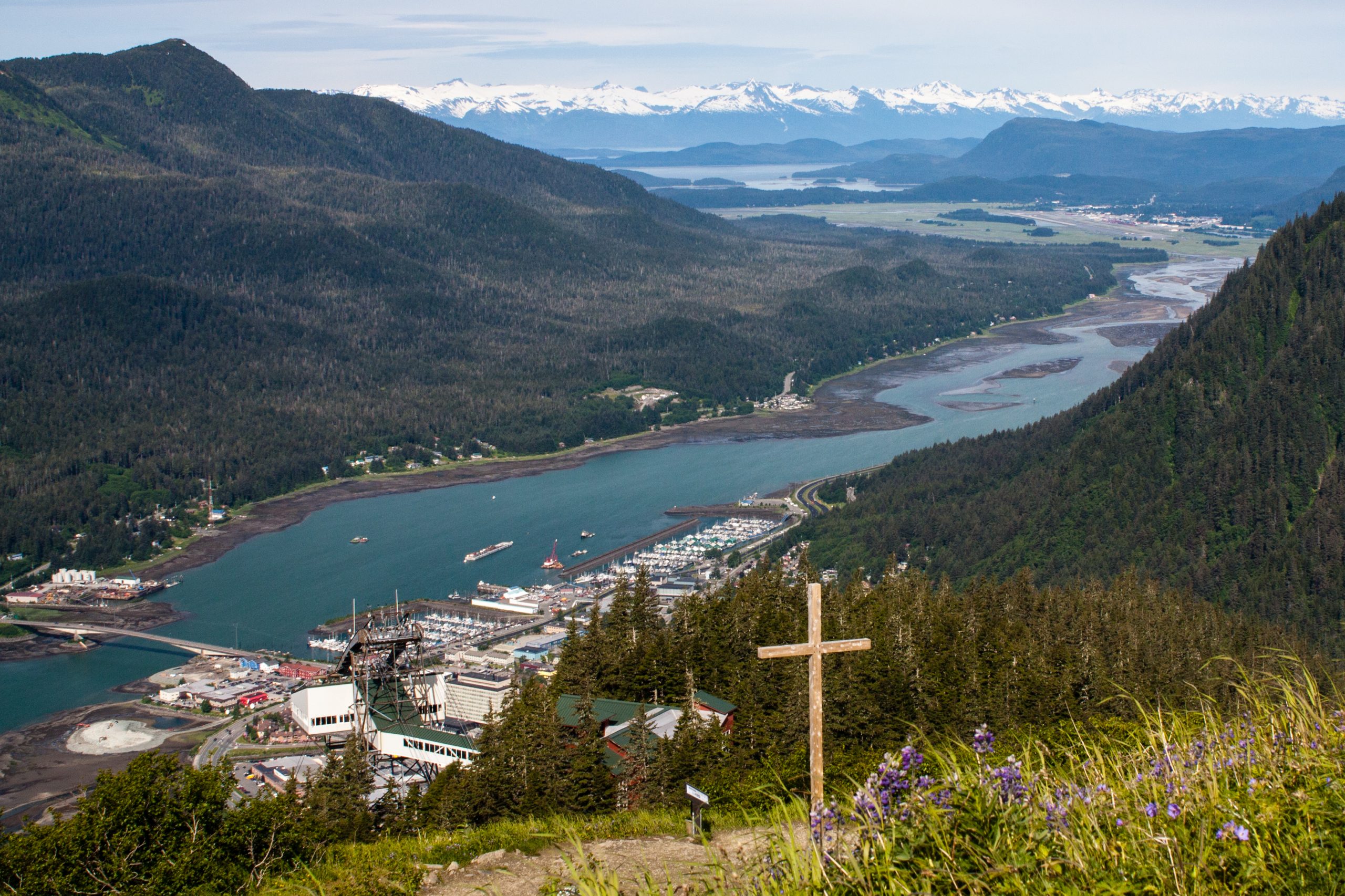
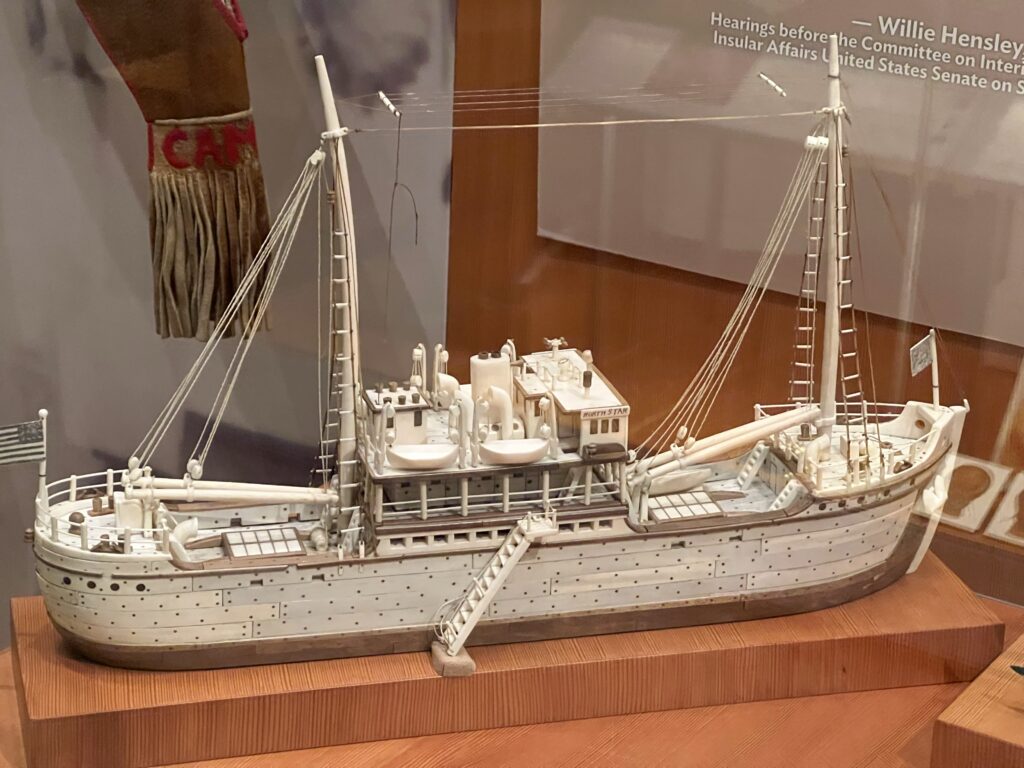
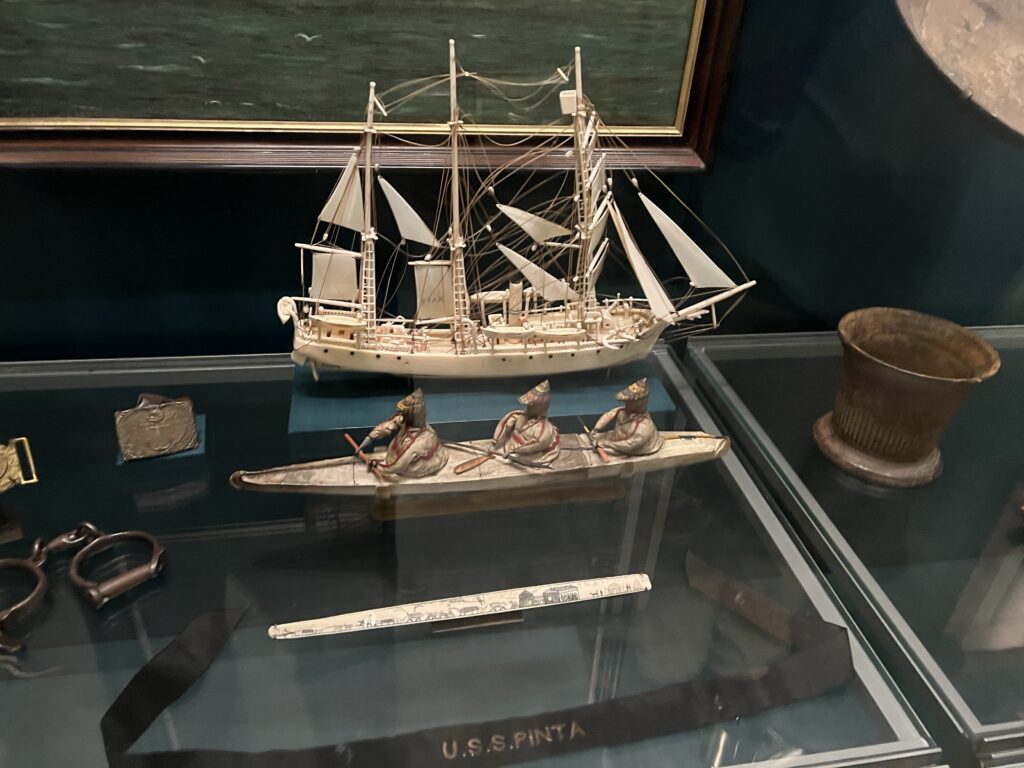
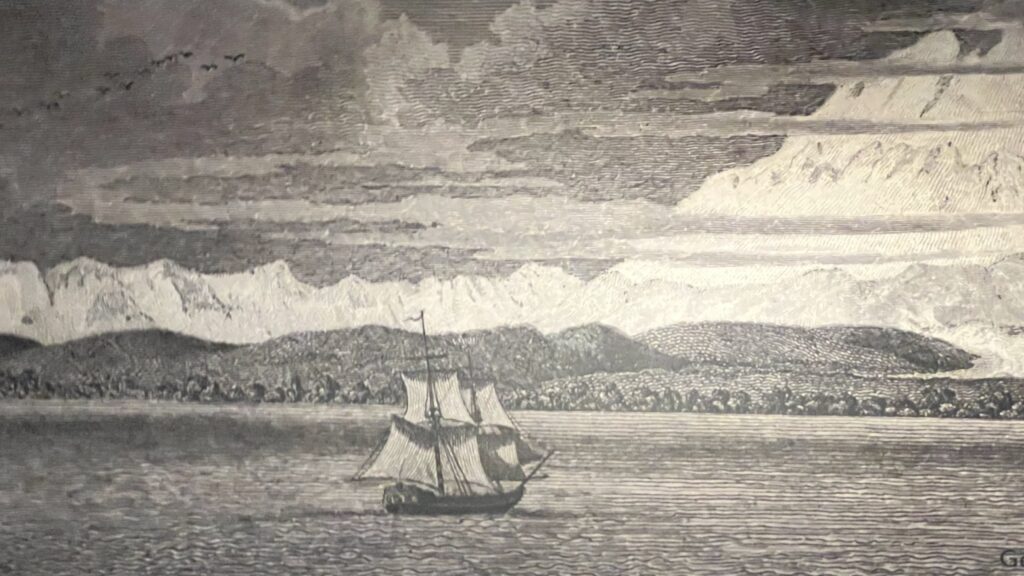
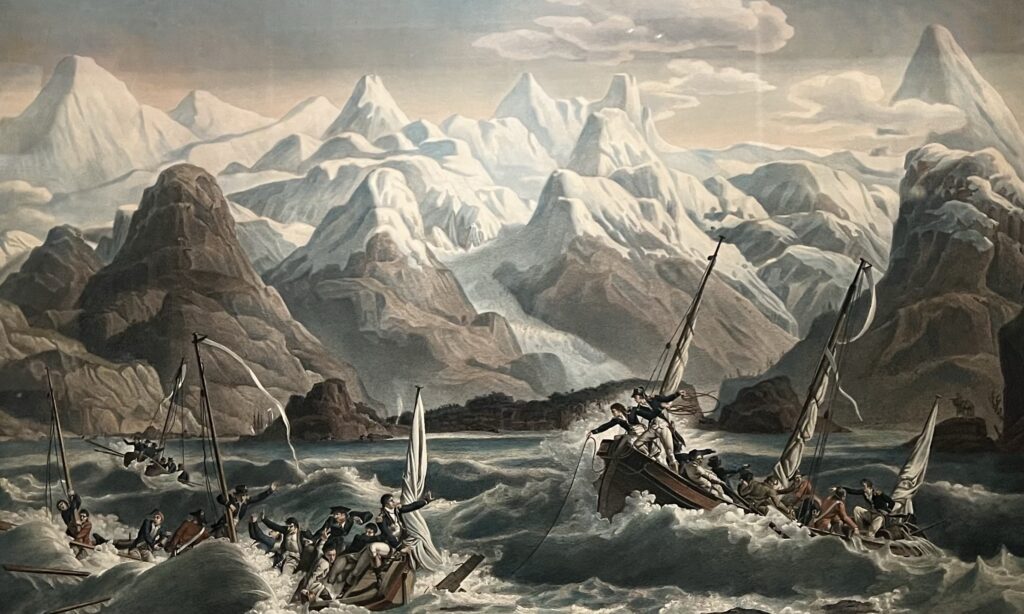
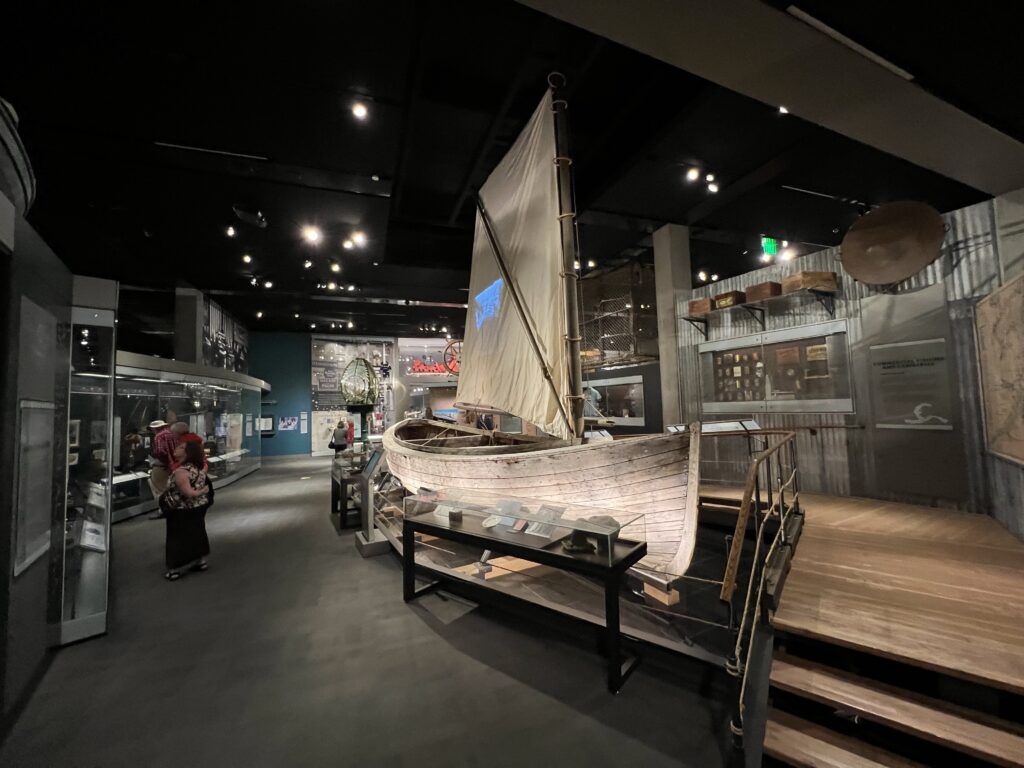
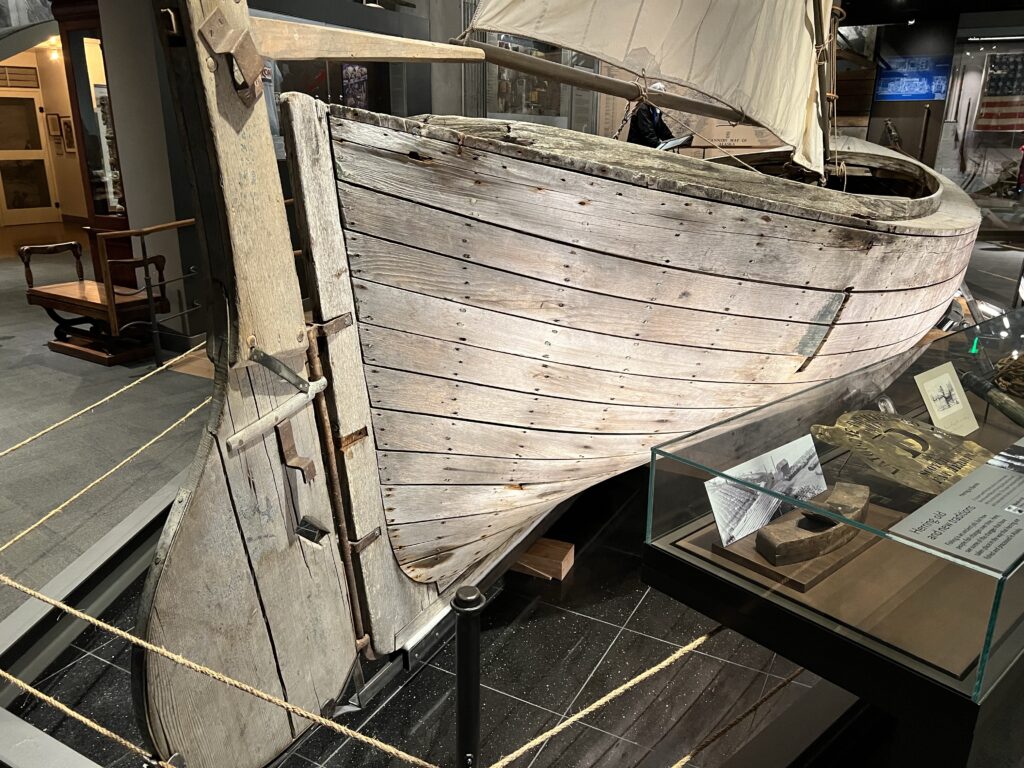
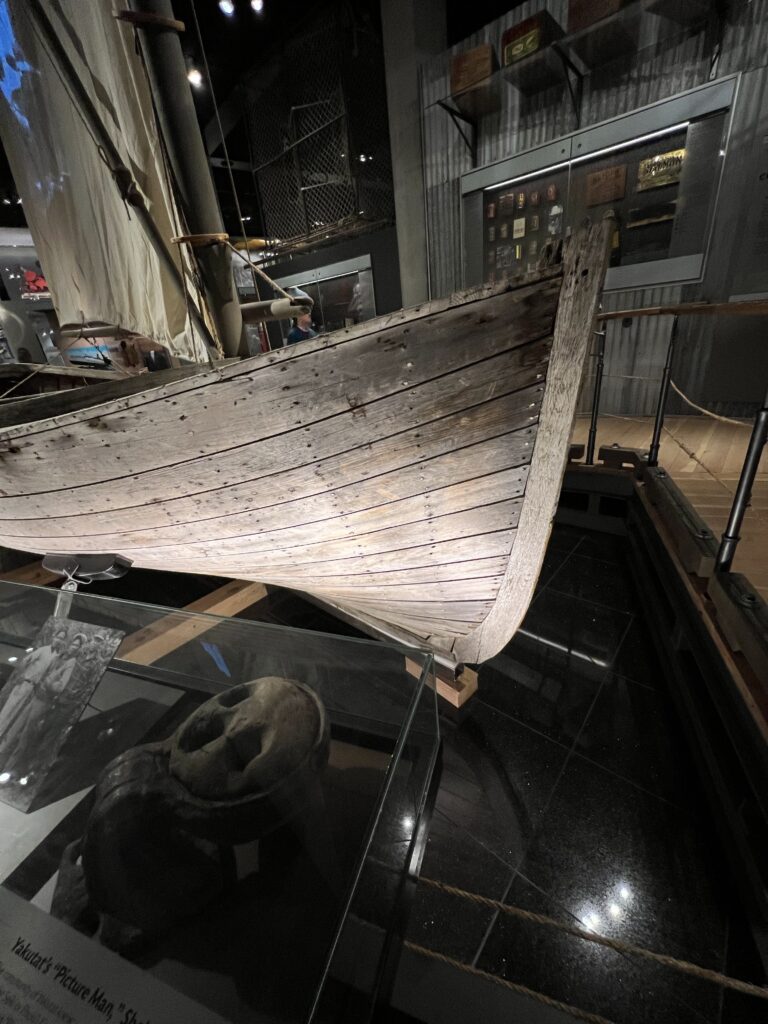
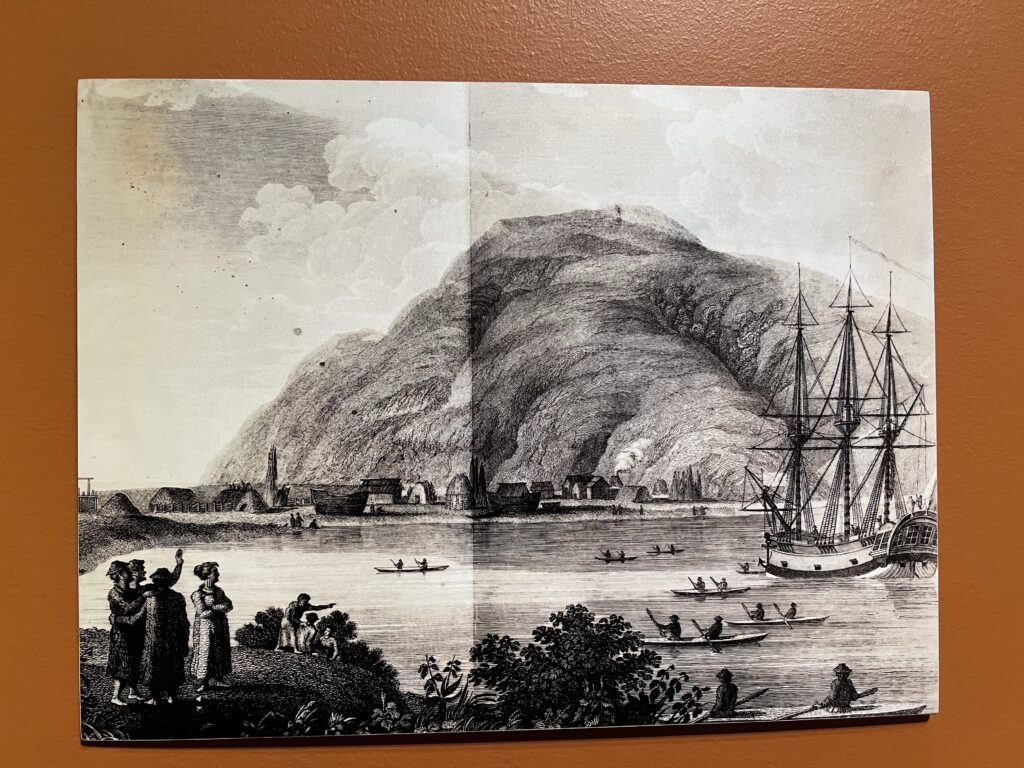
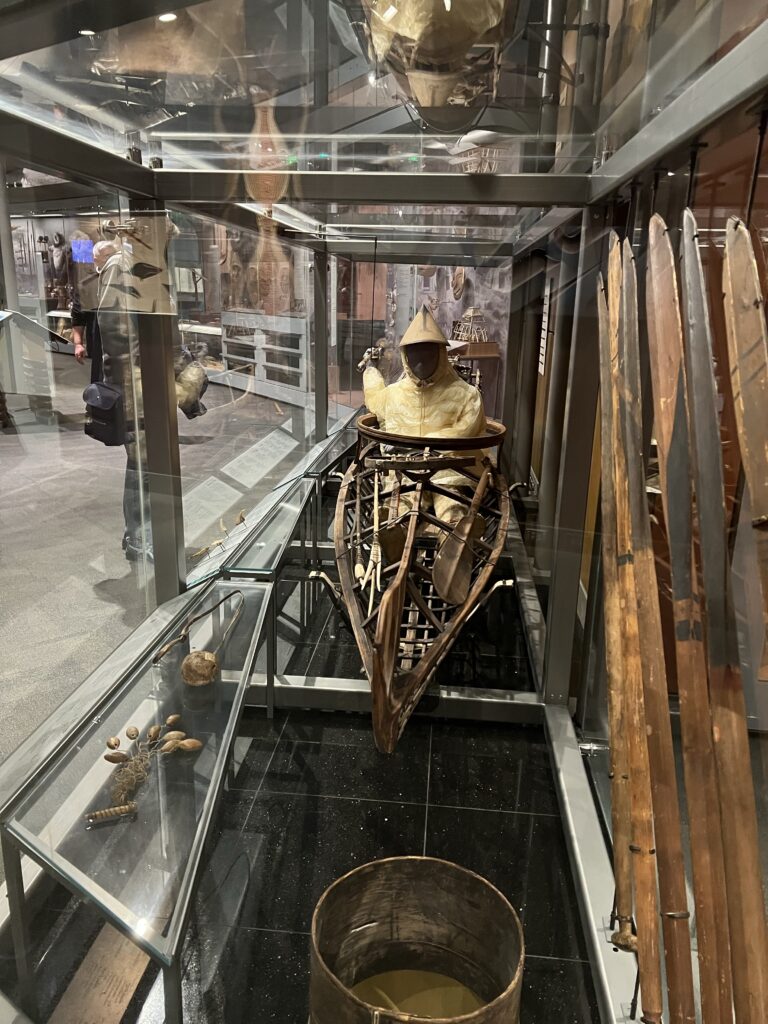
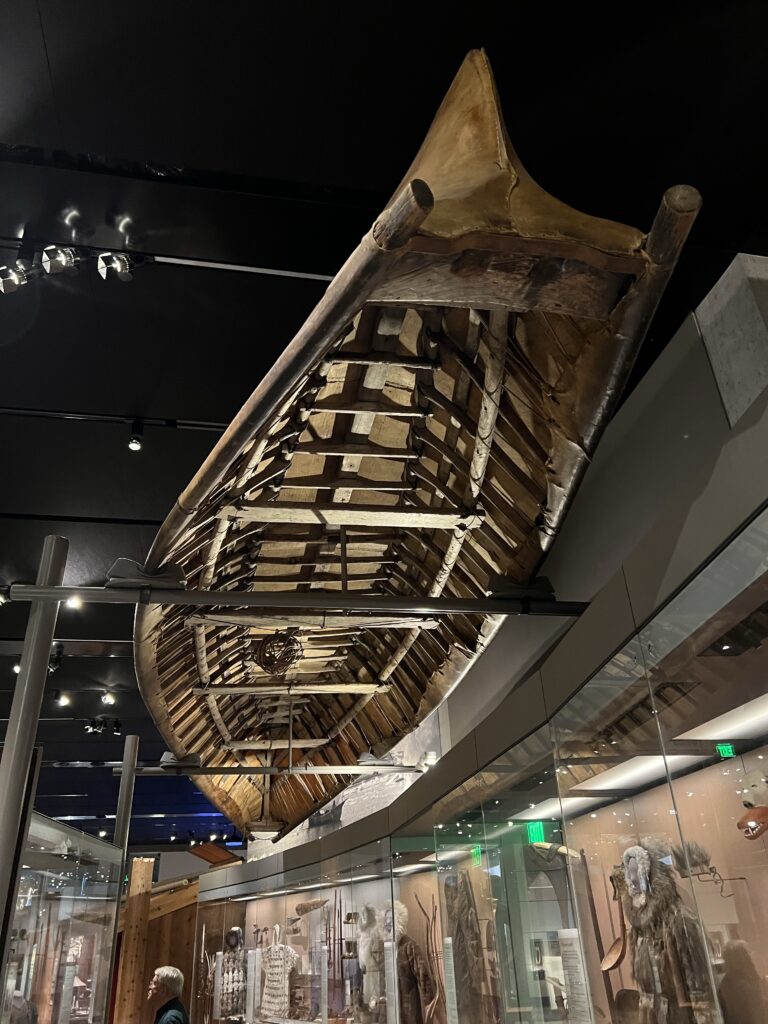
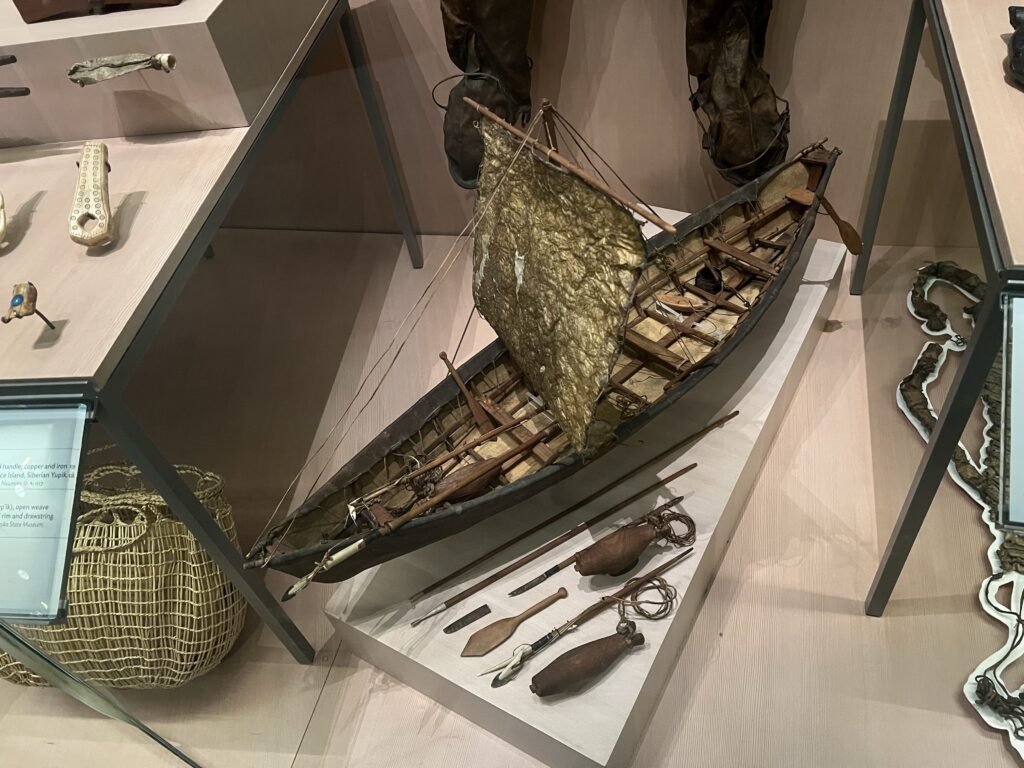
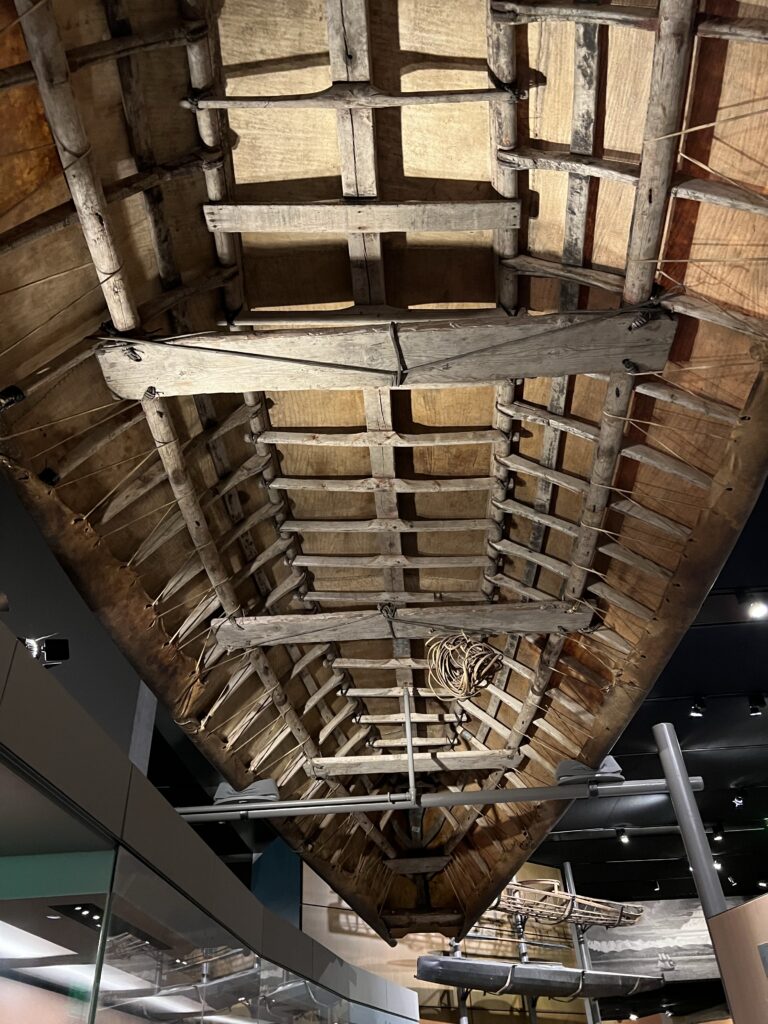
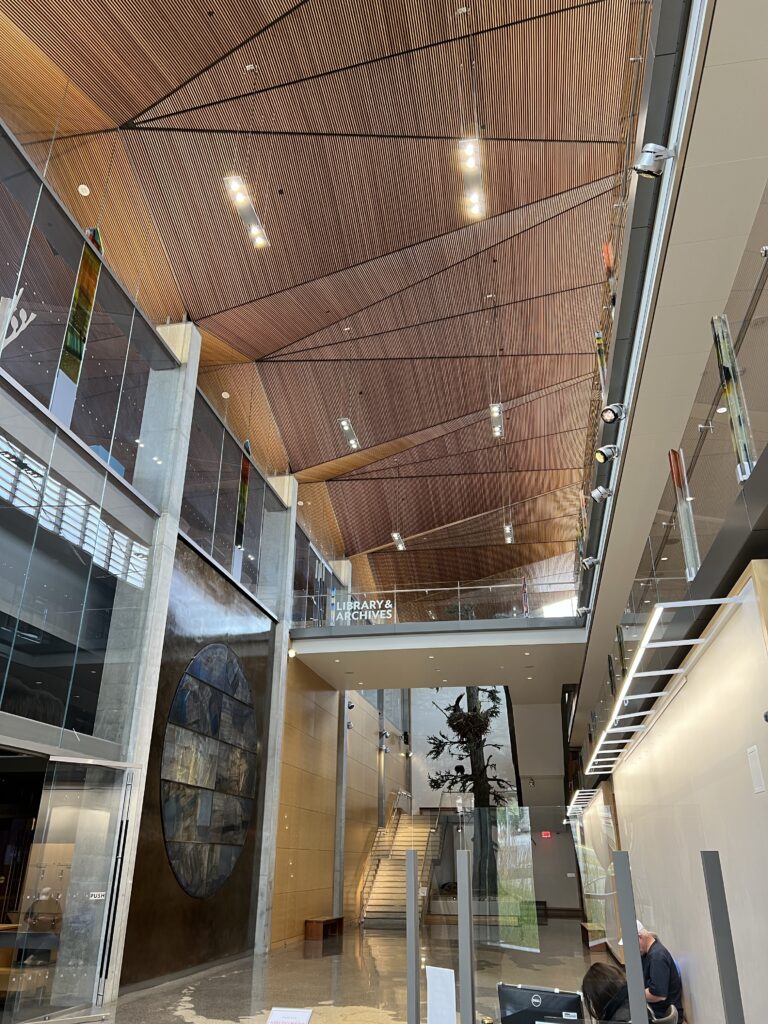
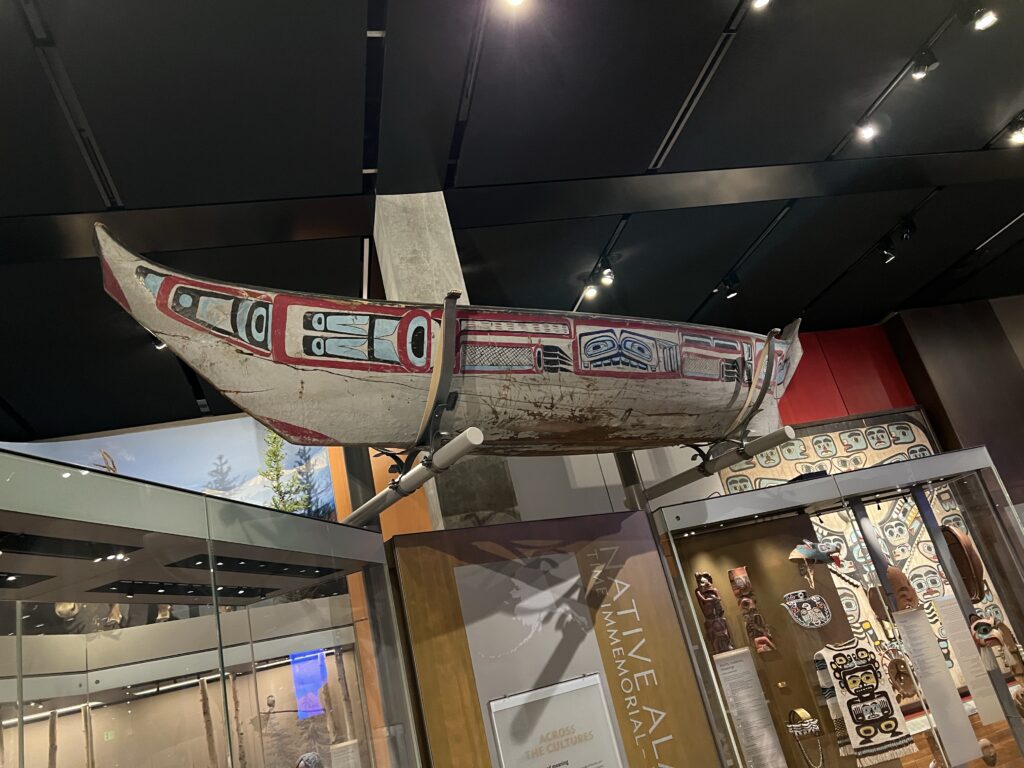
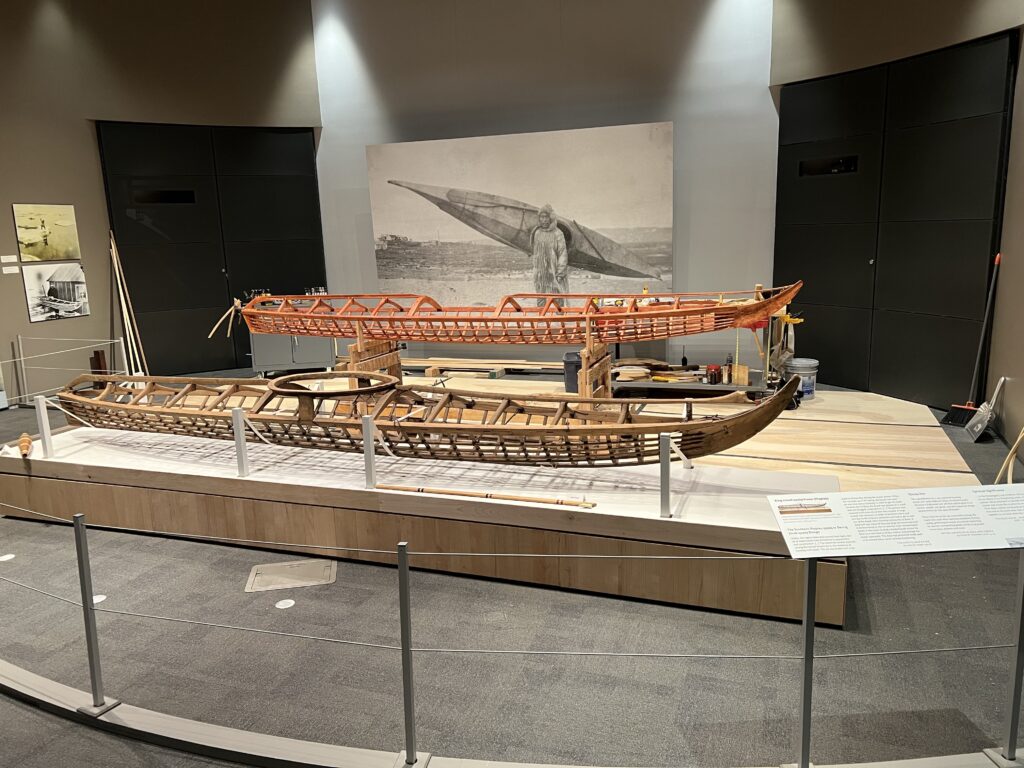
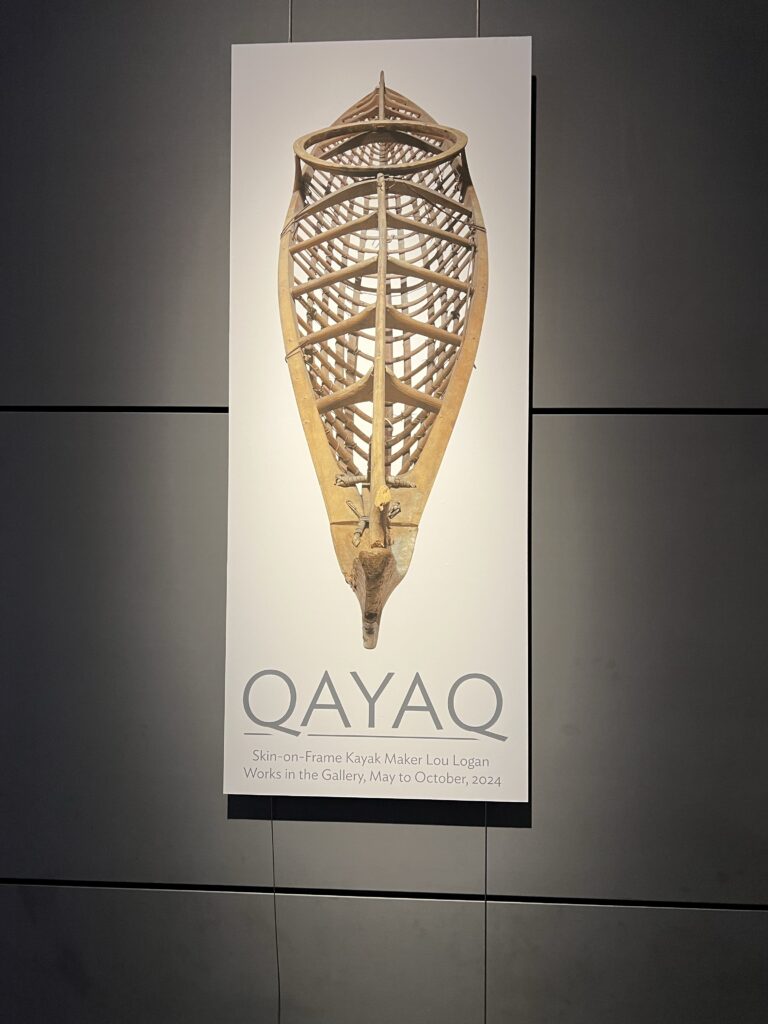
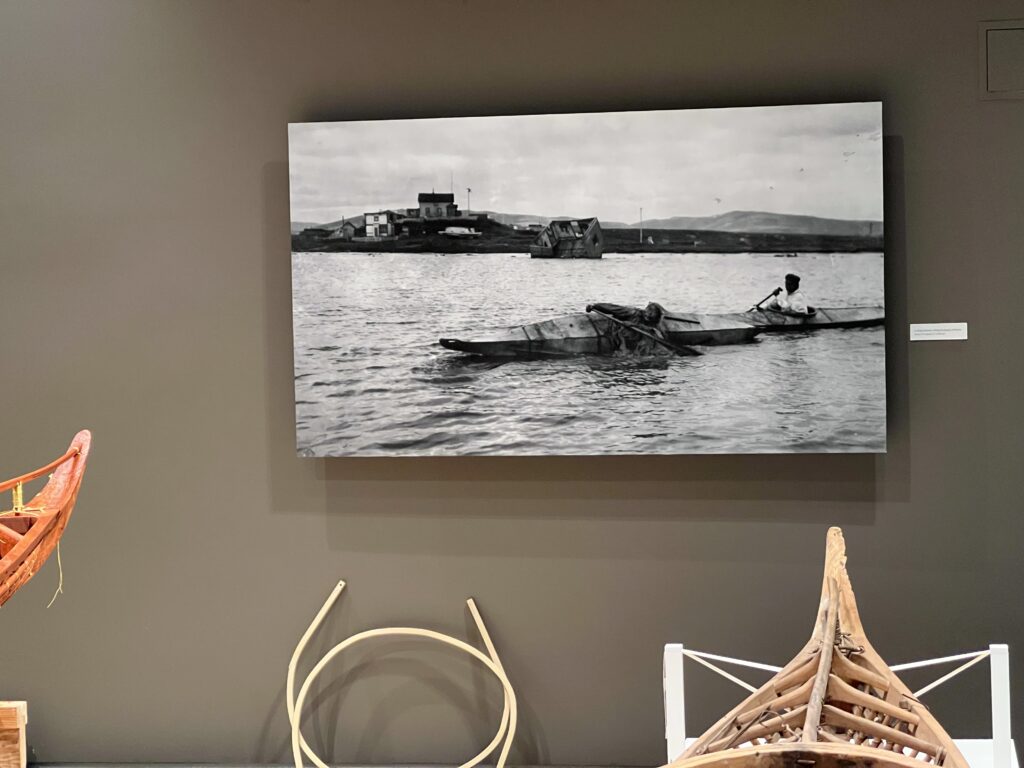
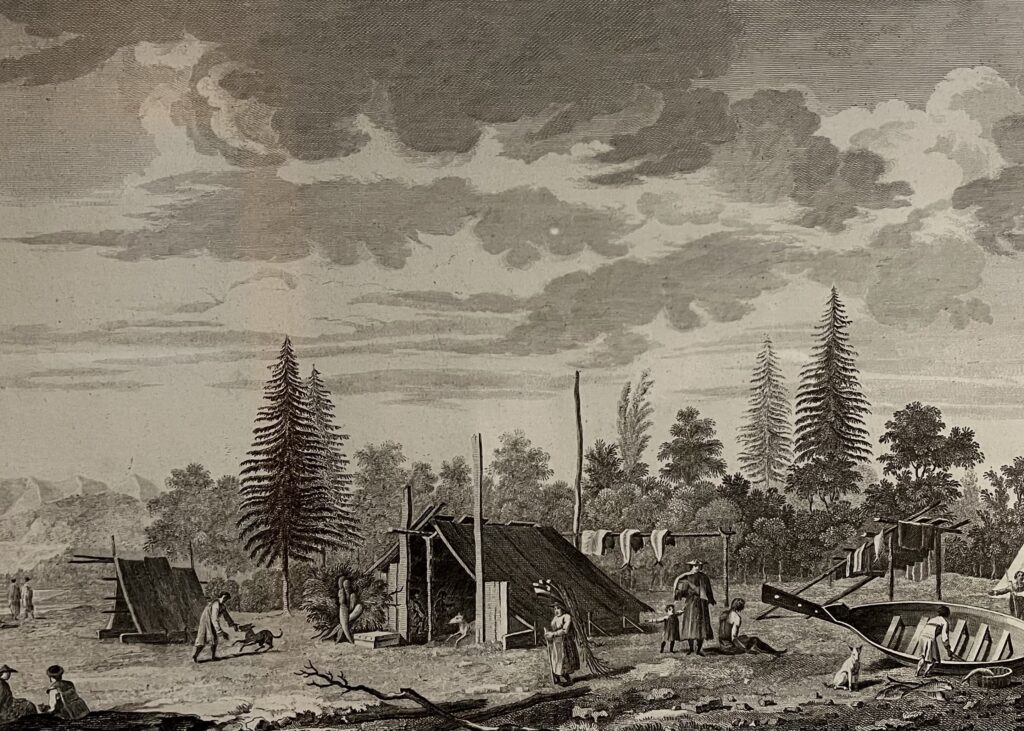
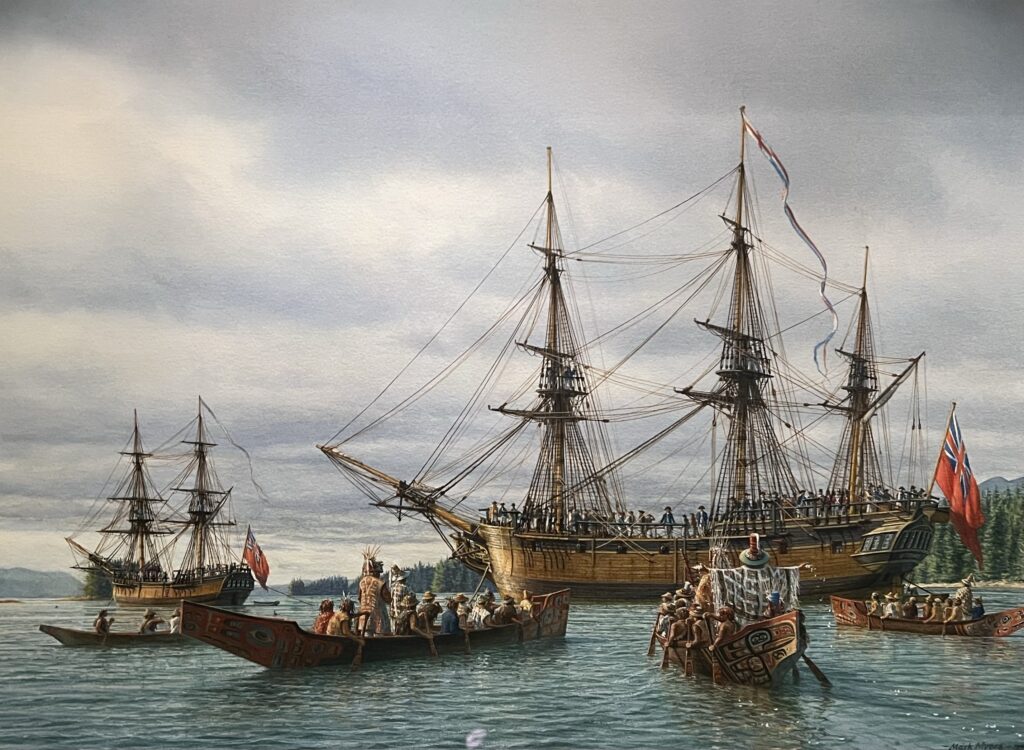
For a hiker:
- Trails around the Mendenhall Glacier, including the Moraine Ecology Trail and Mendenhall Wetlands State Game Refuge, offer diverse ecosystems, including forest, wetlands, and glacier forelands.
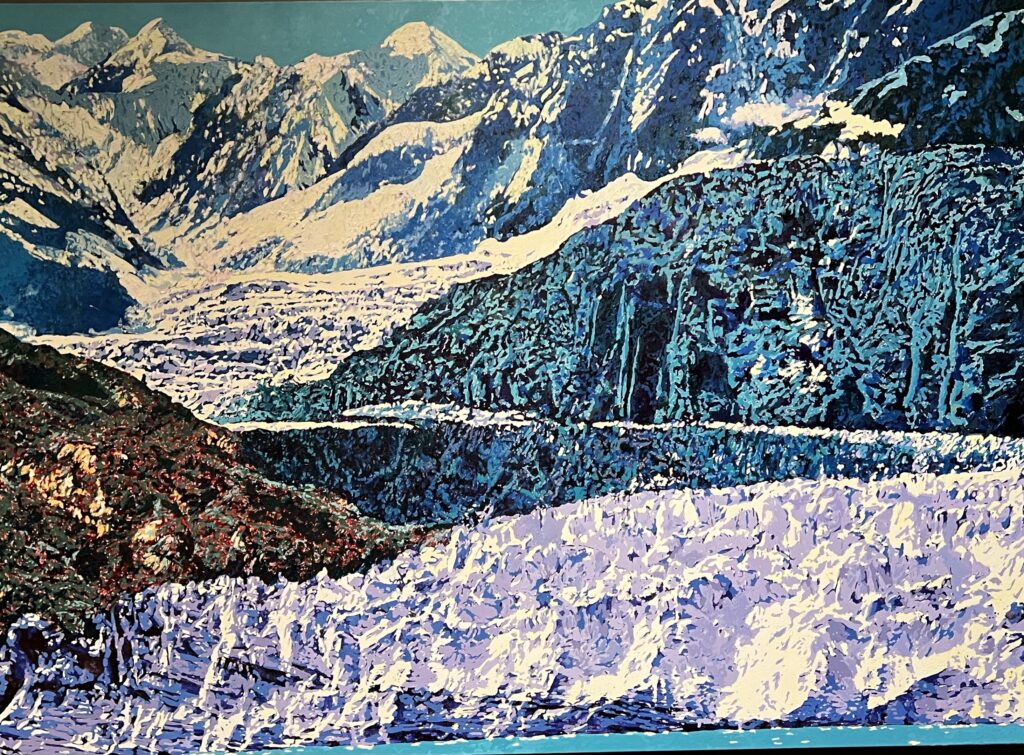
- Point Bridget State Park nearby offers forest, meadow, and marine habitat hikes with opportunities to spot bears and salmon streams.
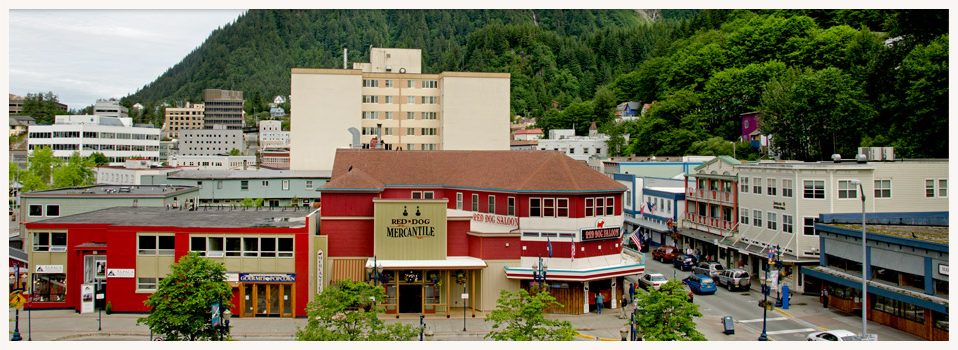
For a wildlife enthusiast and birdwatcher, especially in early September:
- Expect to see migrating raptors like sharp-shinned hawks, merlins, golden eagles, and various gulls such as glaucous-winged and Bonaparte’s gulls.
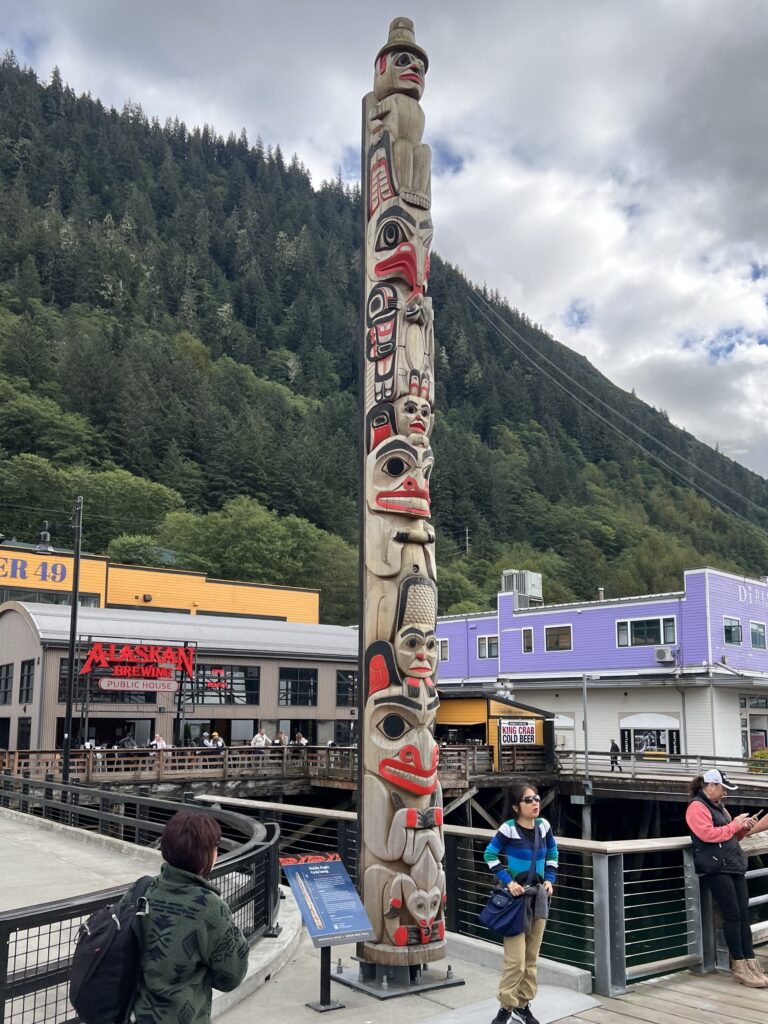
- Common species include bald eagles (Juneau region has one of the densest populations worldwide), scoters, oldsquaw, harlequin ducks, buffleheads, American dippers, tundra swans, and rufous hummingbirds.
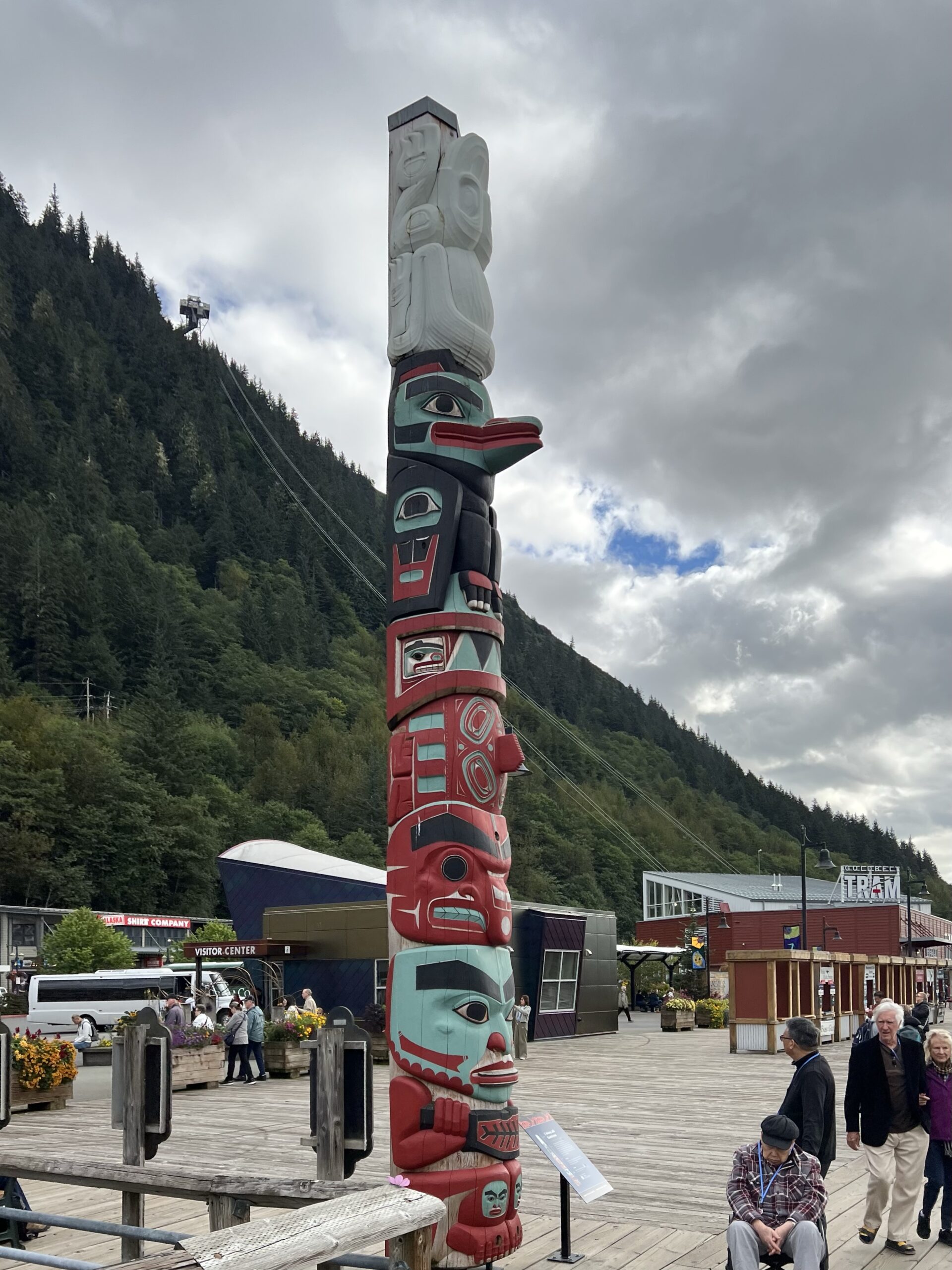
- Shorebirds and songbirds migrating through include thrushes, crossbills, pine grosbeaks, warblers, and sandhill cranes.
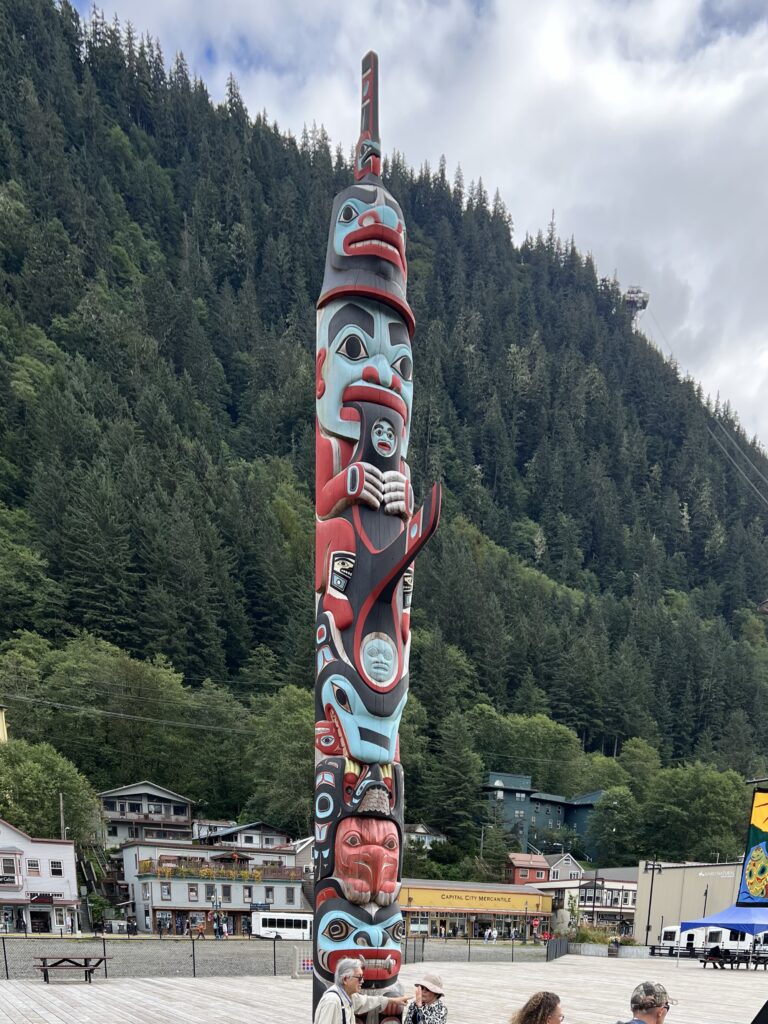
The Mendenhall Wetlands and nearby streams are excellent birding locations.
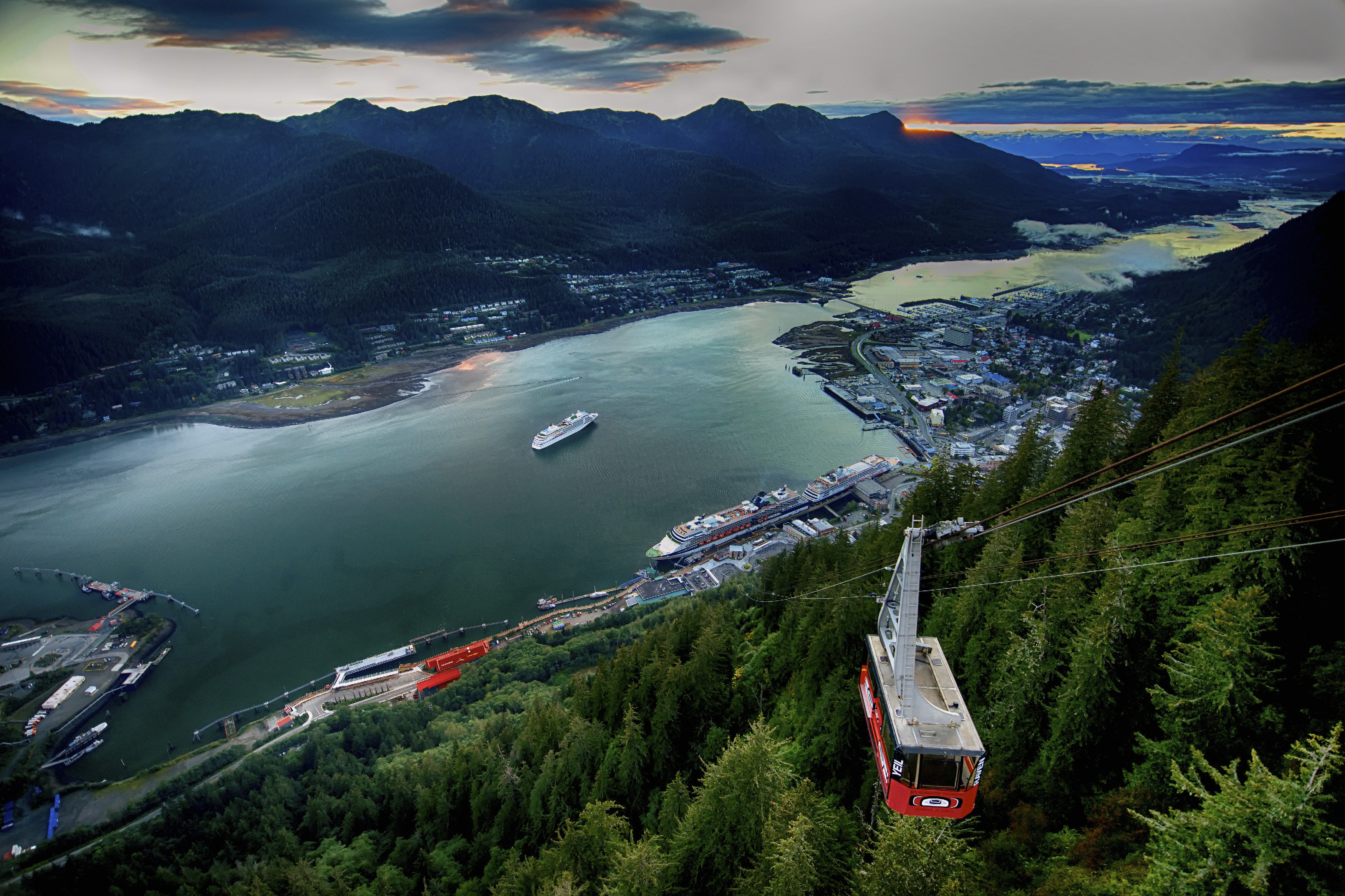
Indigenous artifacts and souvenirs:
The Juneau-Douglas City Museum,
- the Alaska State Museum,
- and the Sealaska Heritage
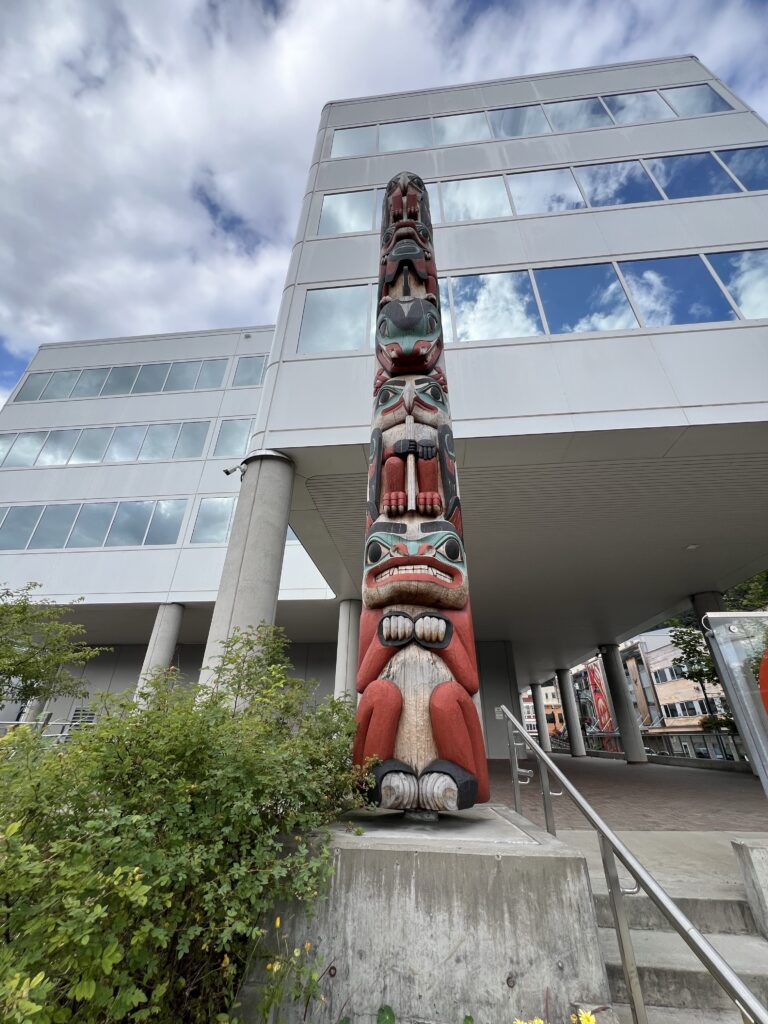
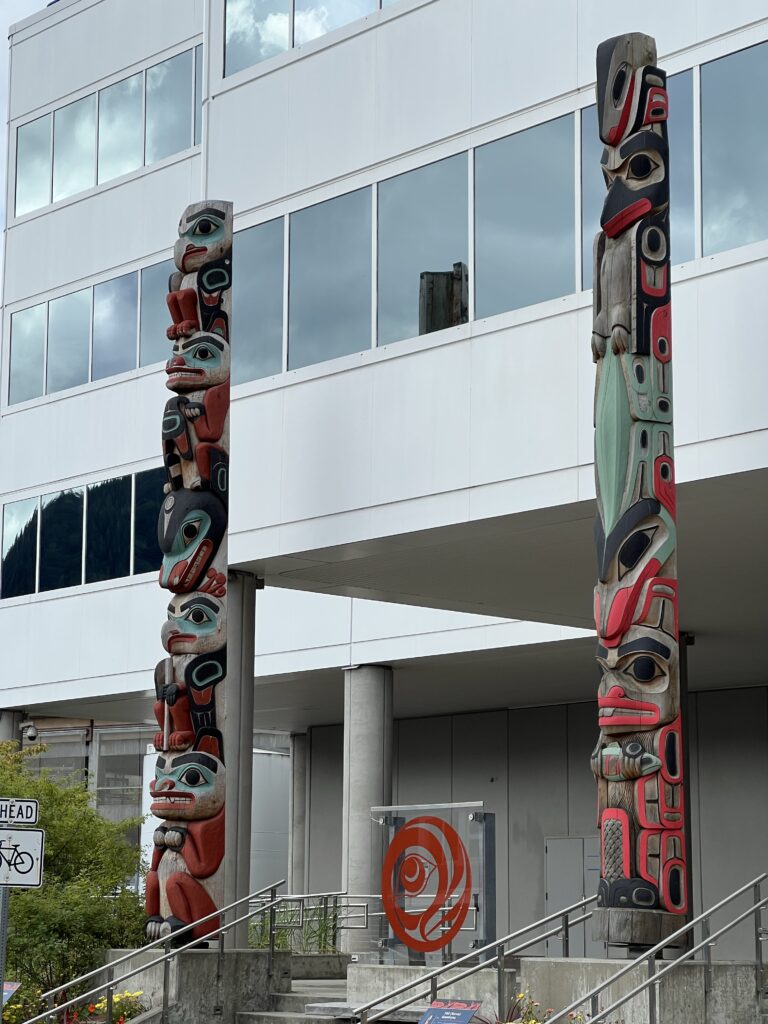
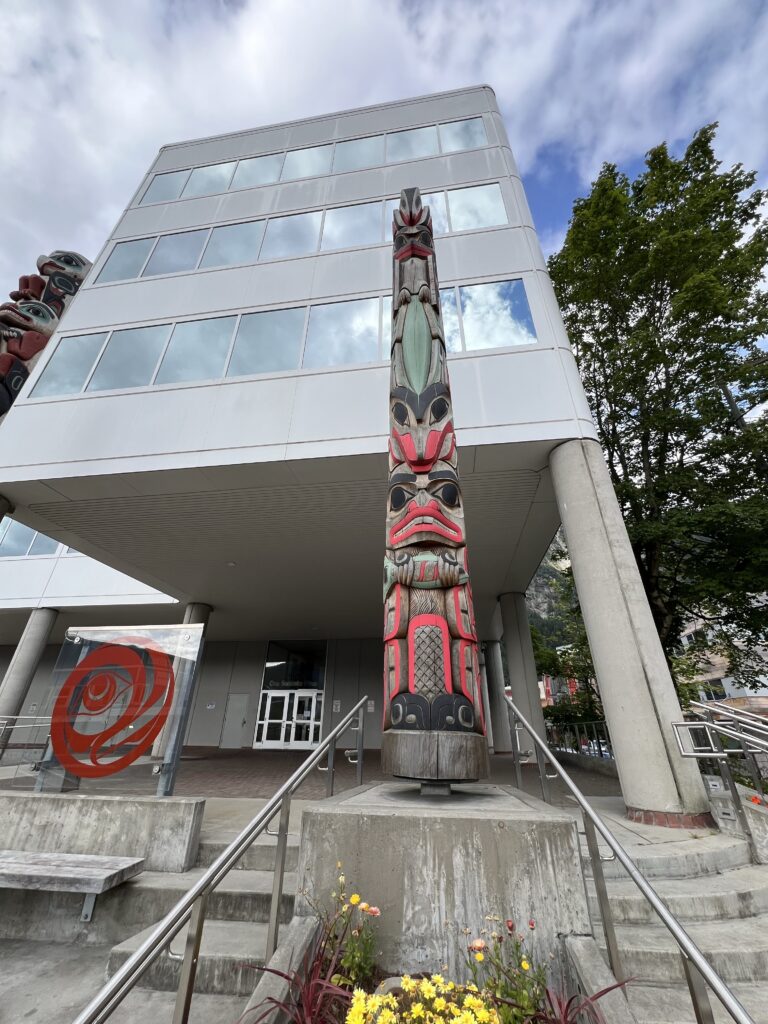
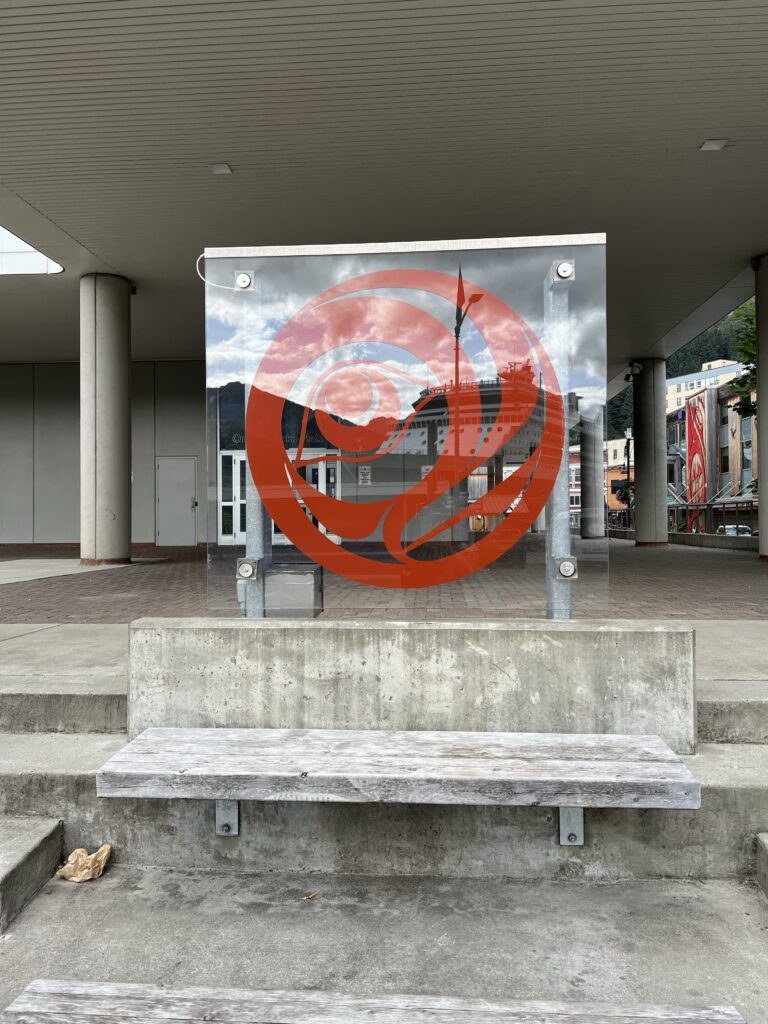
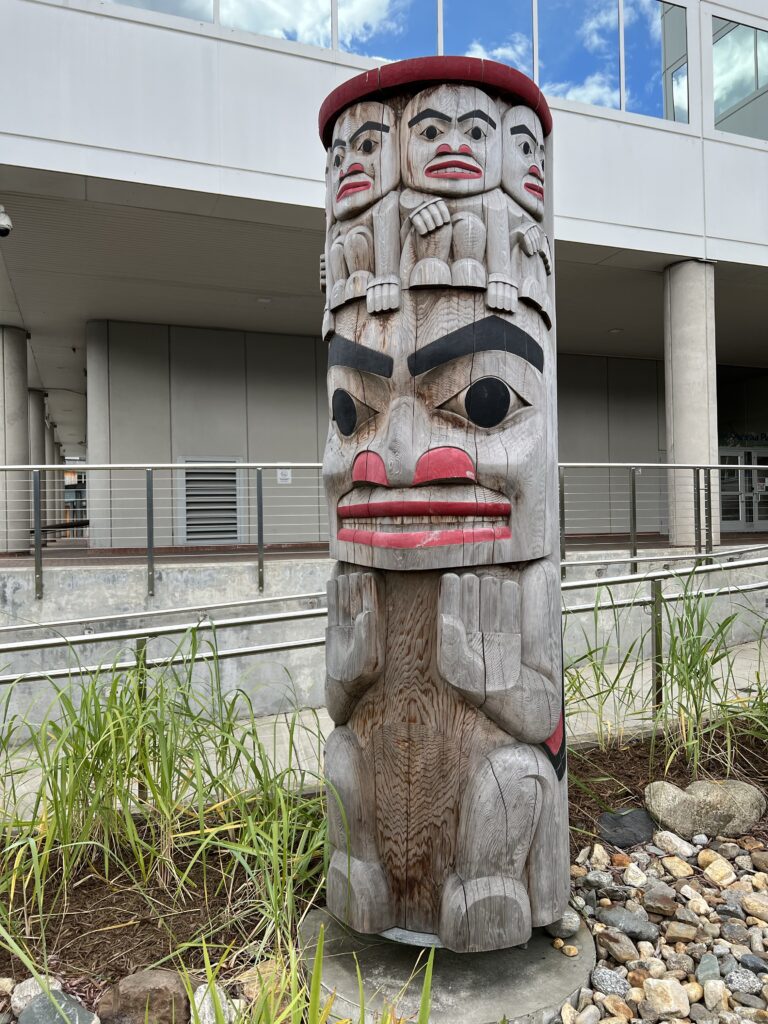
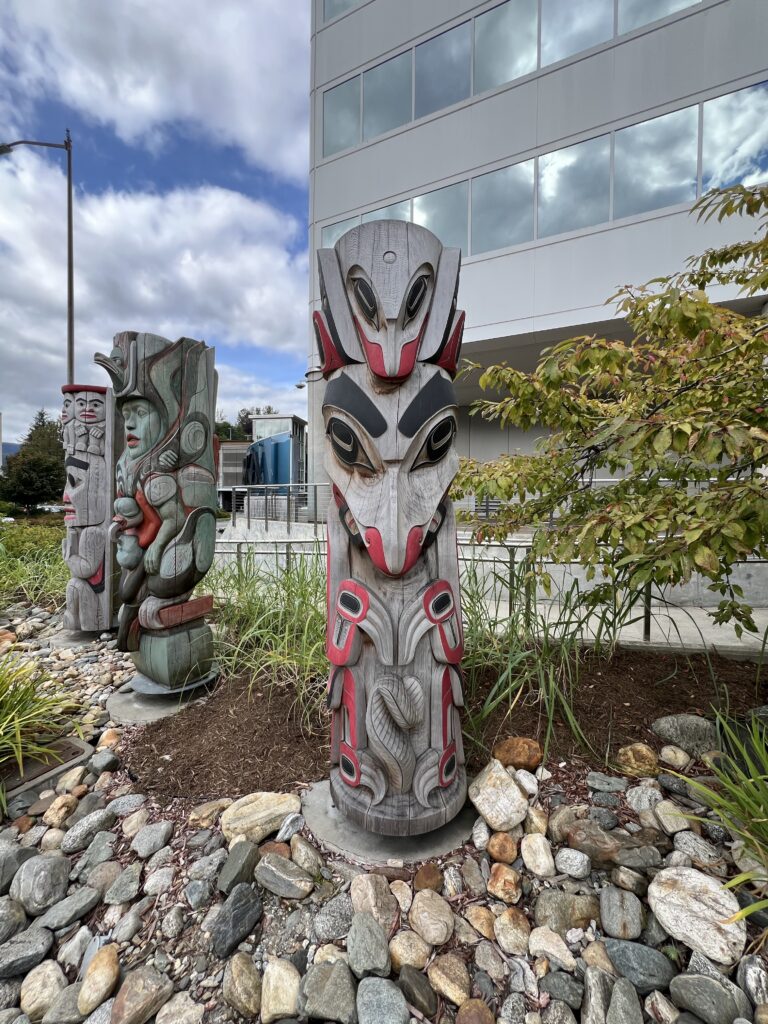
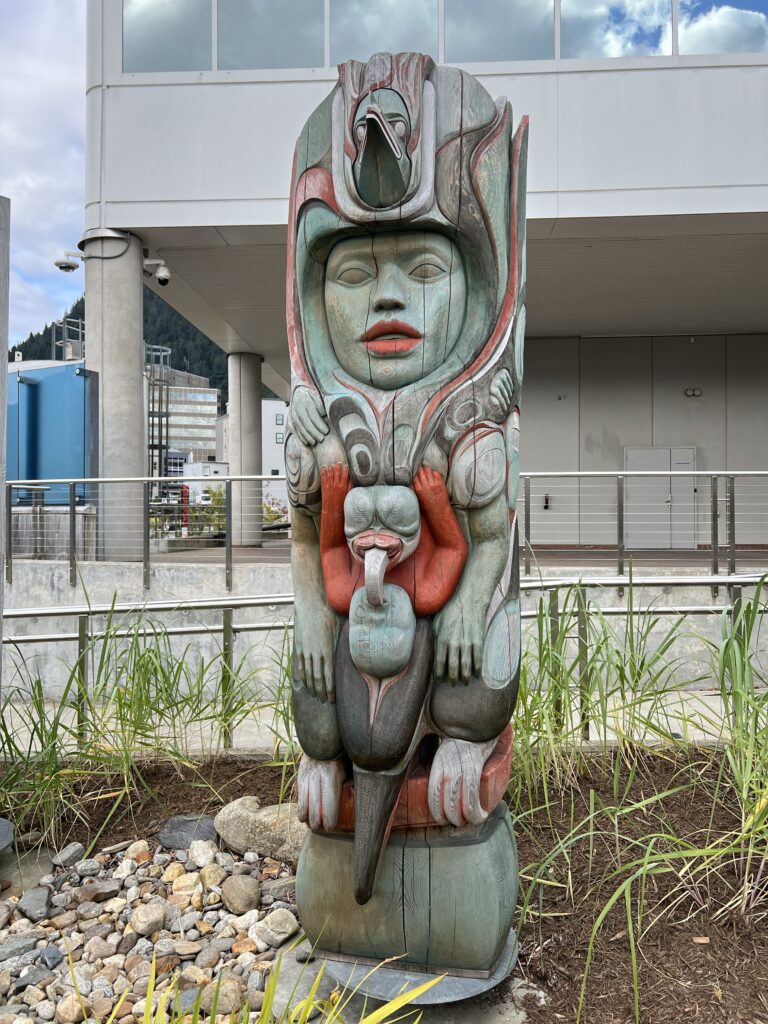
Institute showcase extensive Native artifacts and contemporary Native art, particularly from Tlingit culture.
- Souvenirs in Juneau often include Tlingit-inspired jewelry, hand-carved totem poles, native art, crafts, and local handmade goods representative of Alaska Native heritage.

This diversity of historical, natural, cultural, and wildlife attractions makes Juneau a rich destination for historians, architects, photographers, sailors, hikers, and wildlife enthusiasts alike.adfg.alaska+4
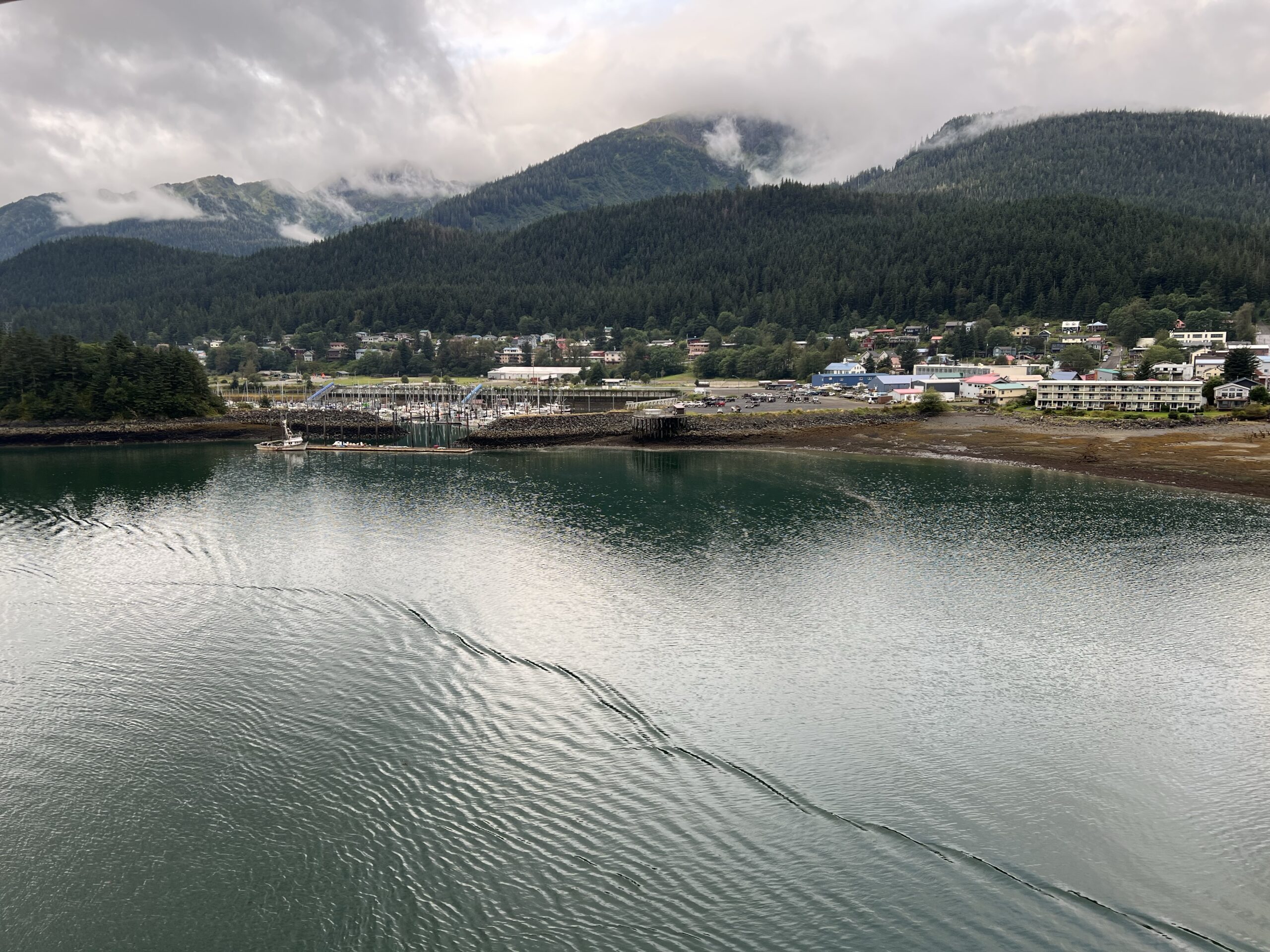
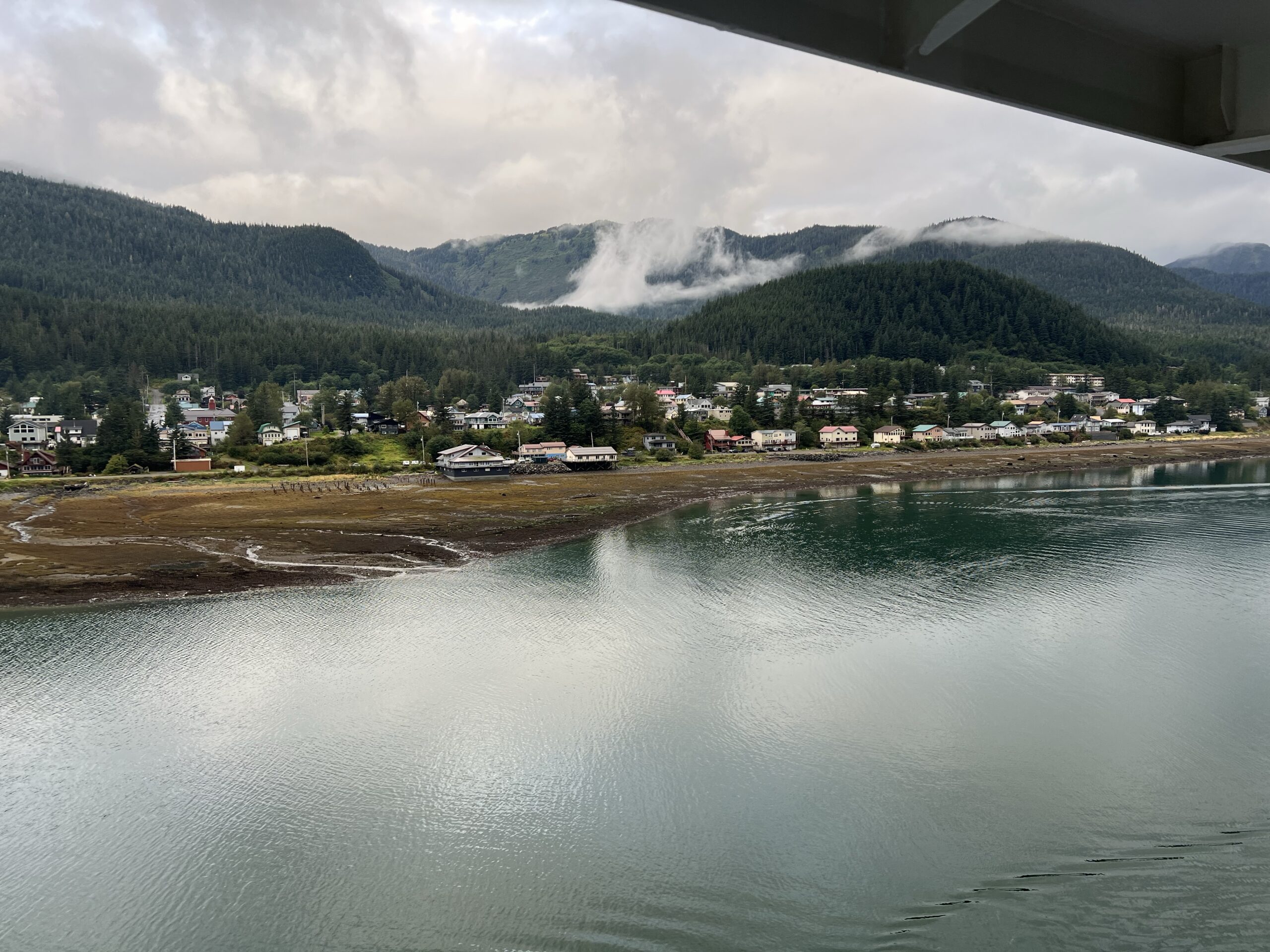
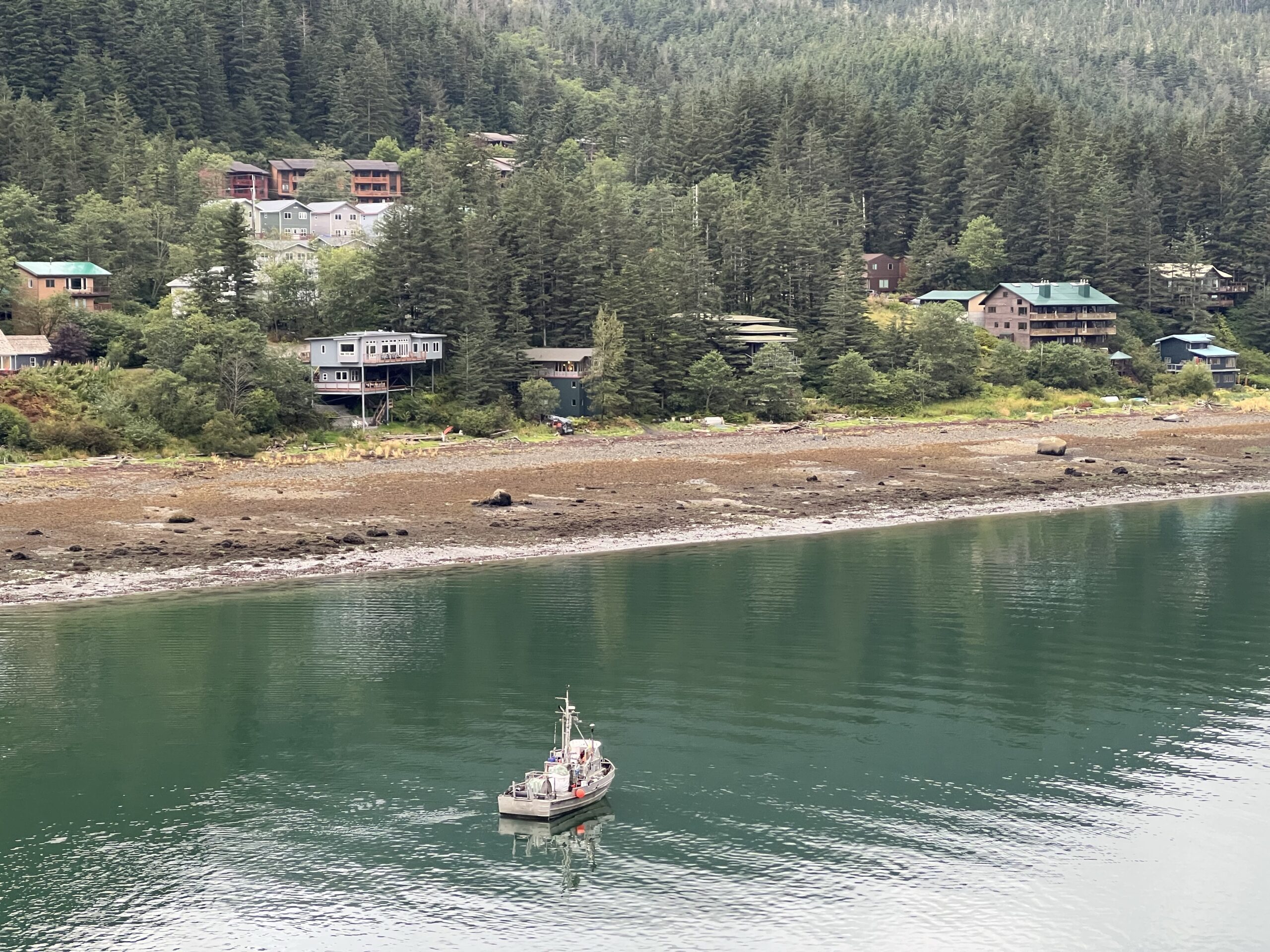
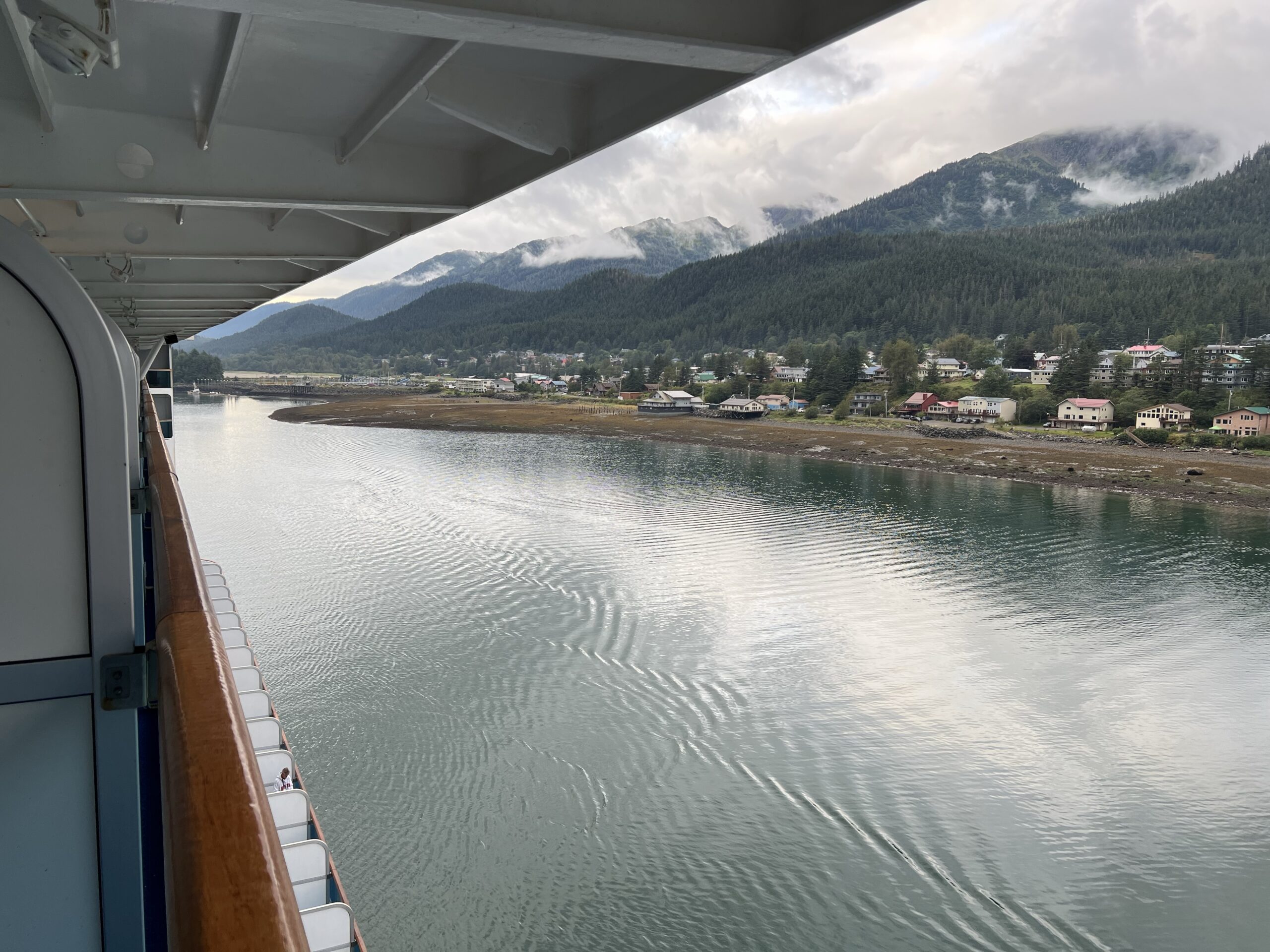
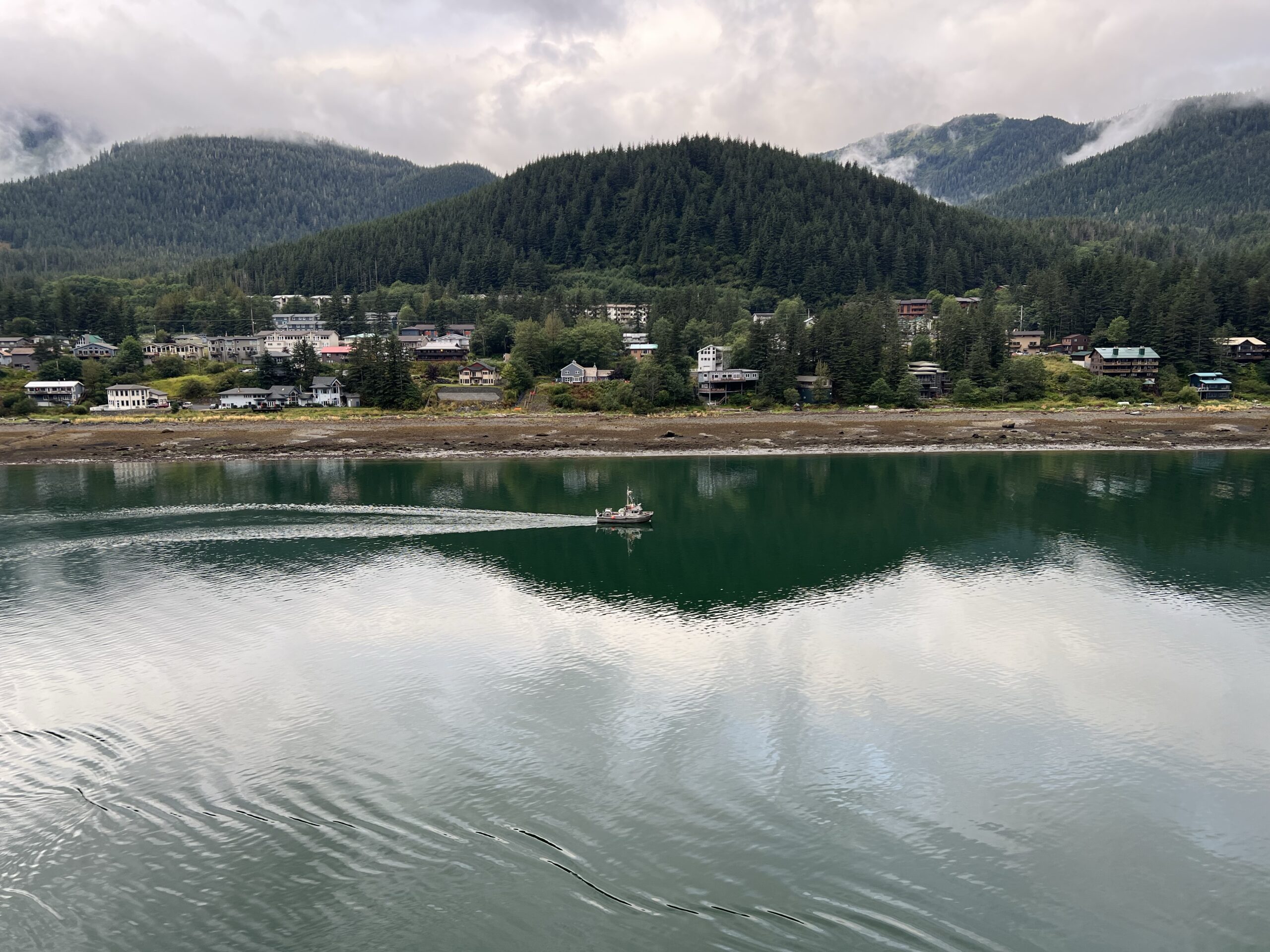
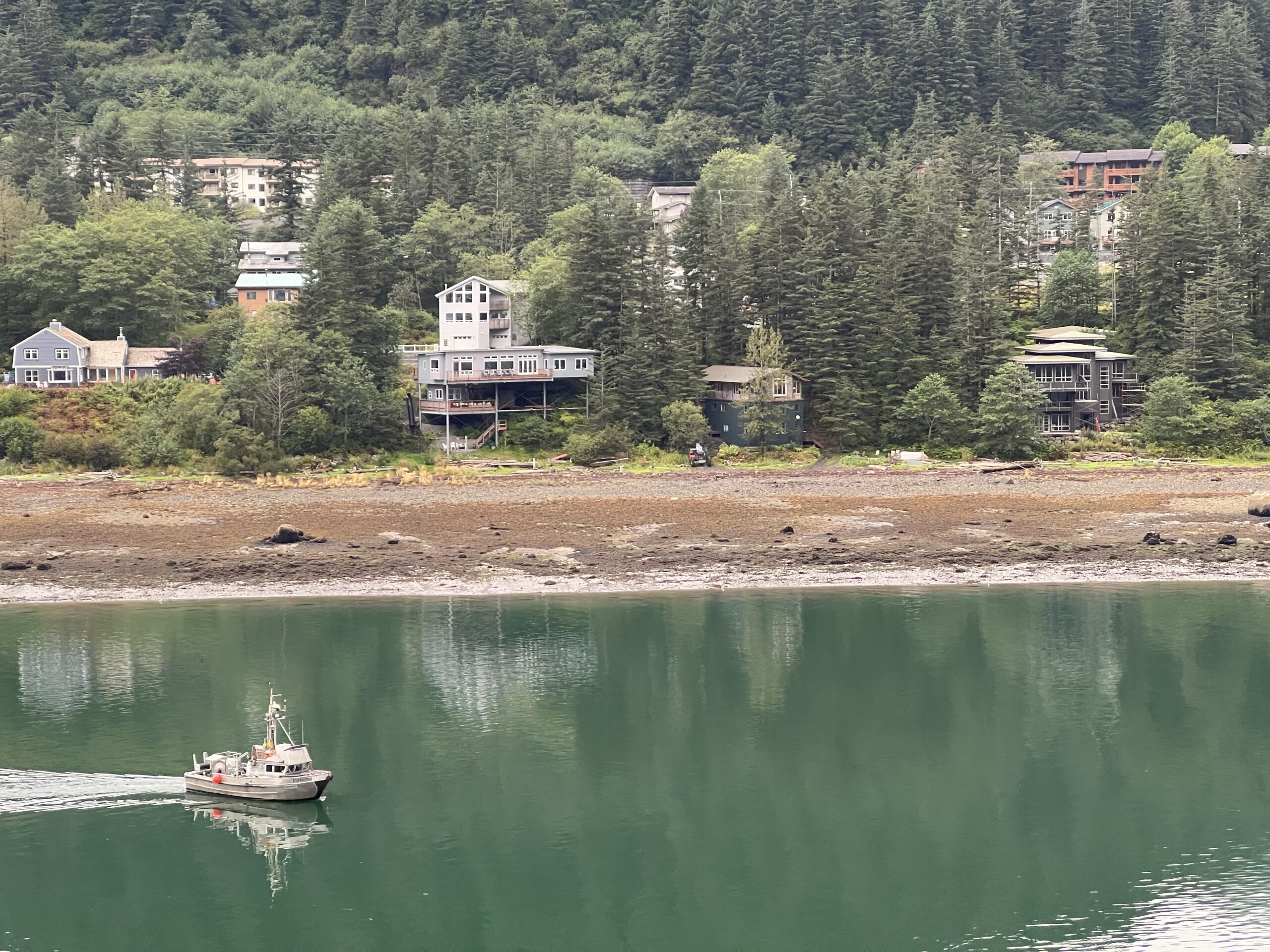
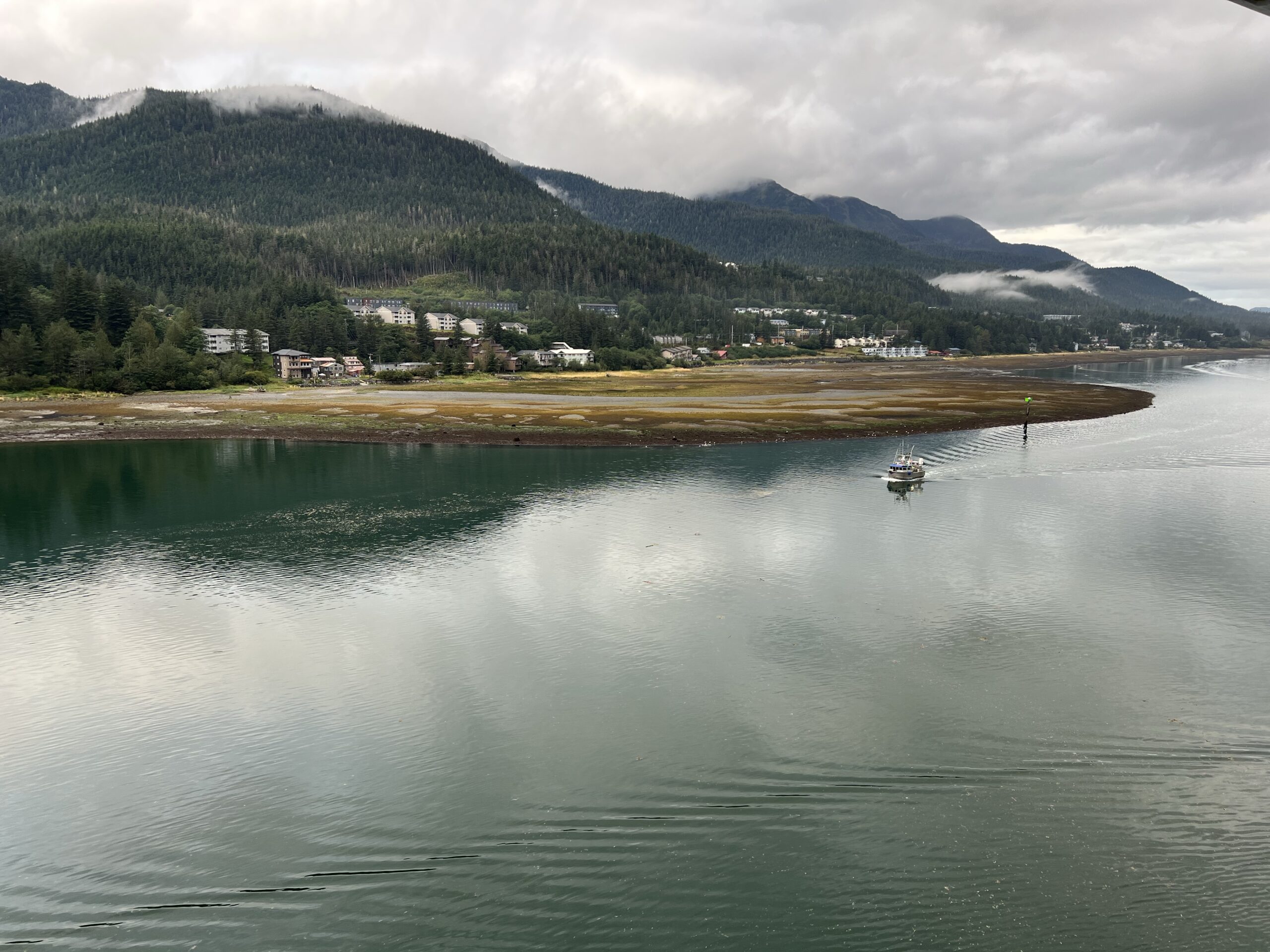
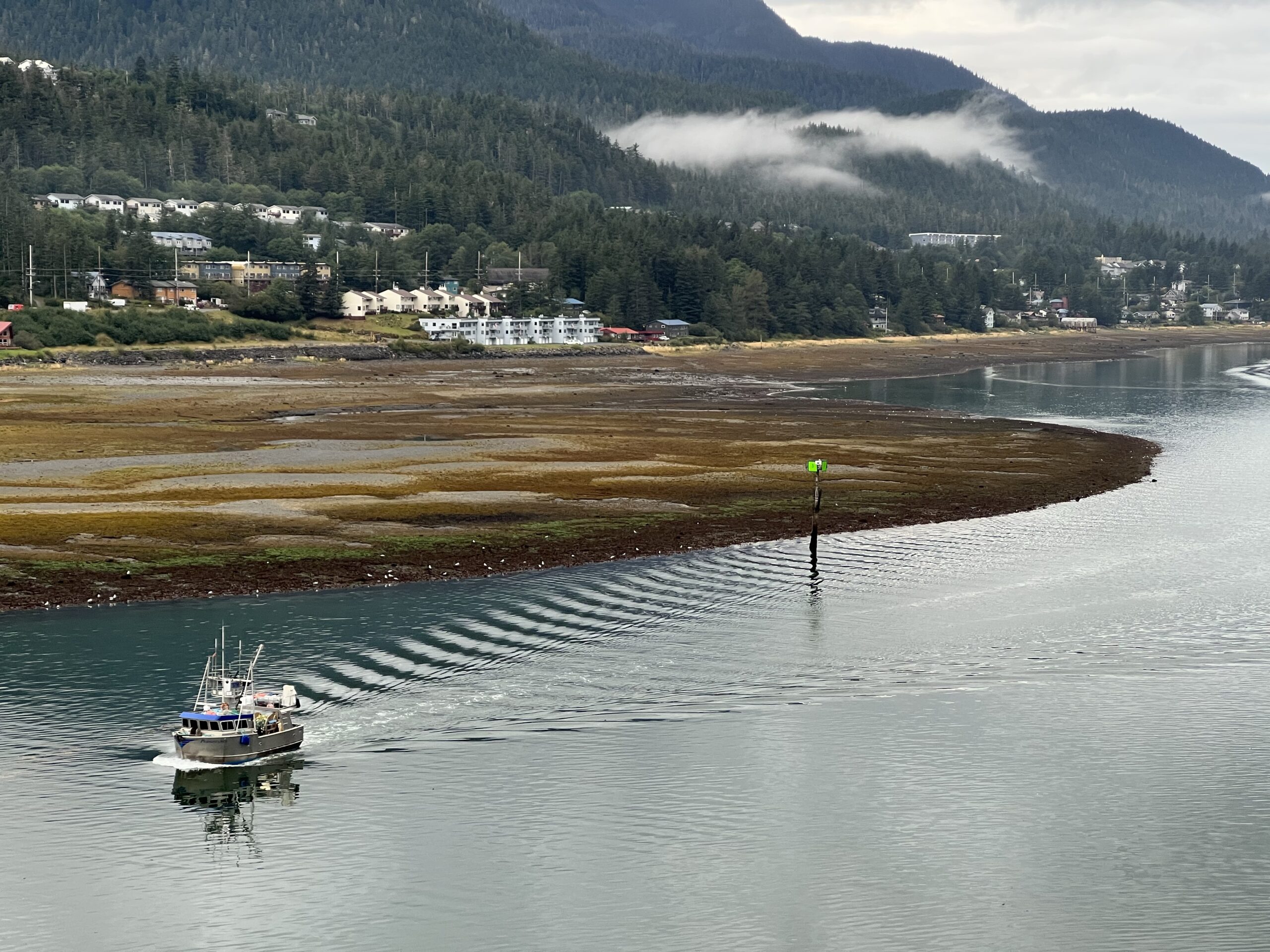
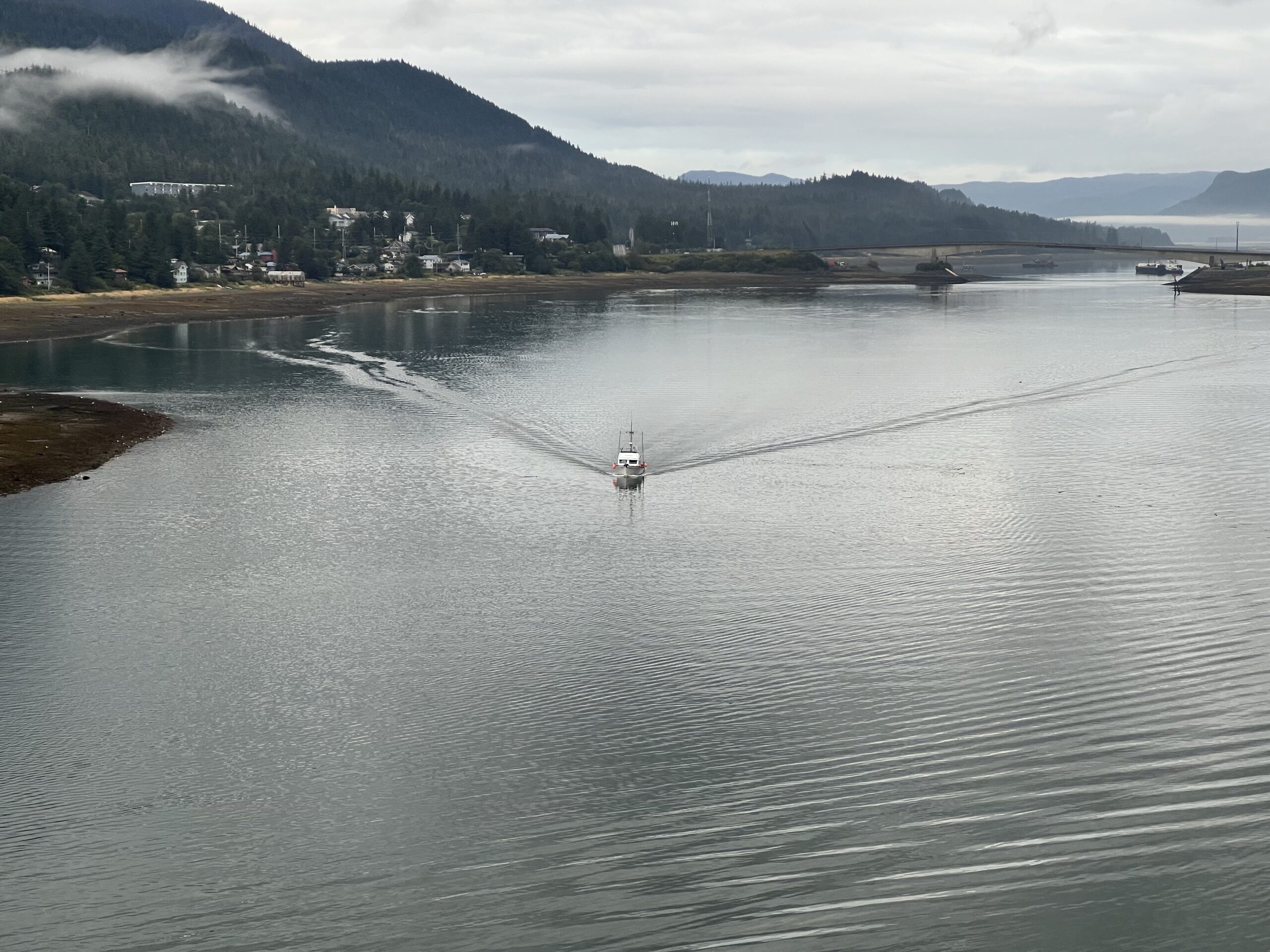
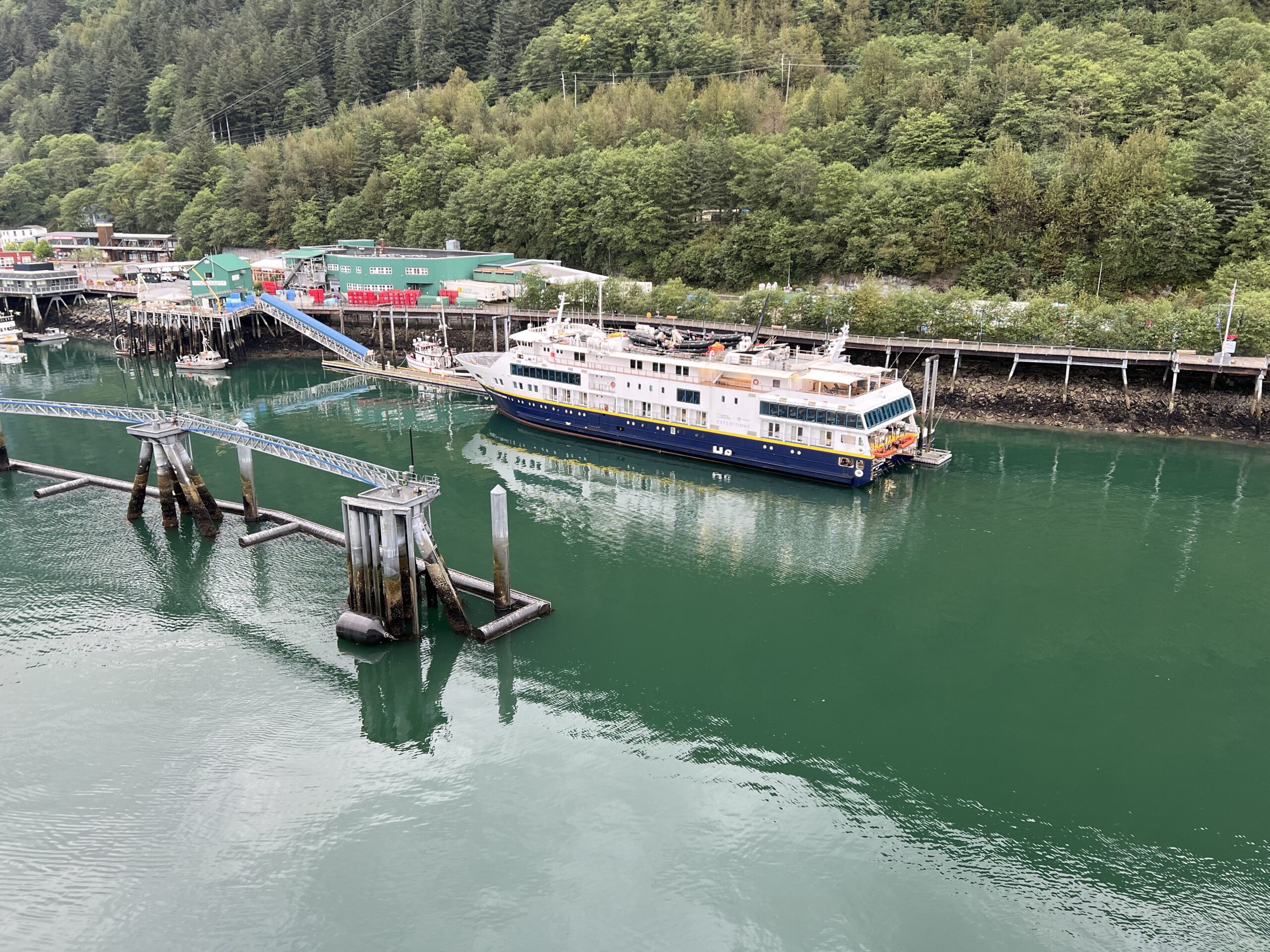
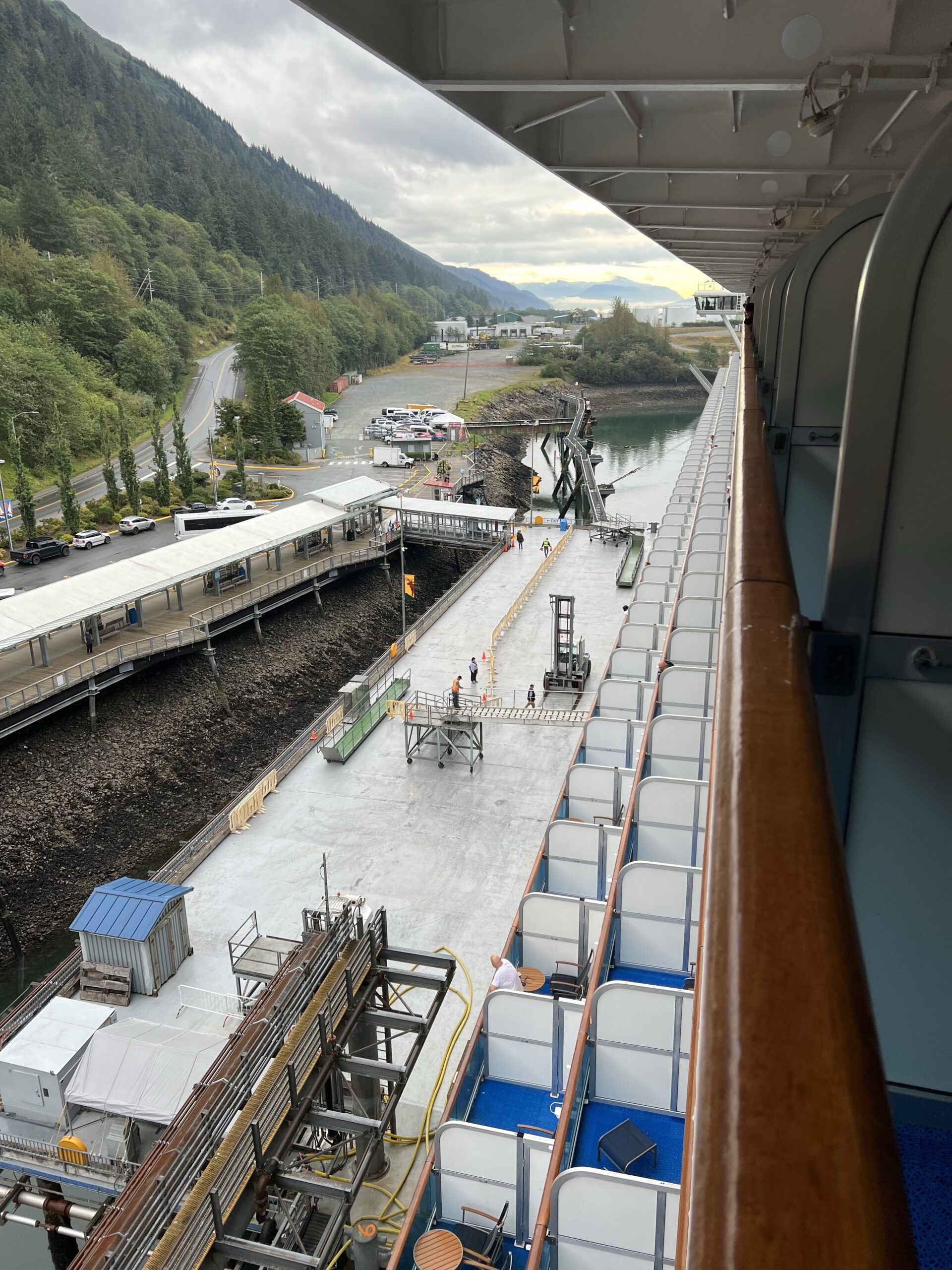
Mendenhall Float
Your trip begins with a scenic, narrated motorcoach ride to the beautiful Mendenhall Lake. There, you’ll be treated to an excellent view of the glacier – a half-mile wide and over one hundred feet high at the face.
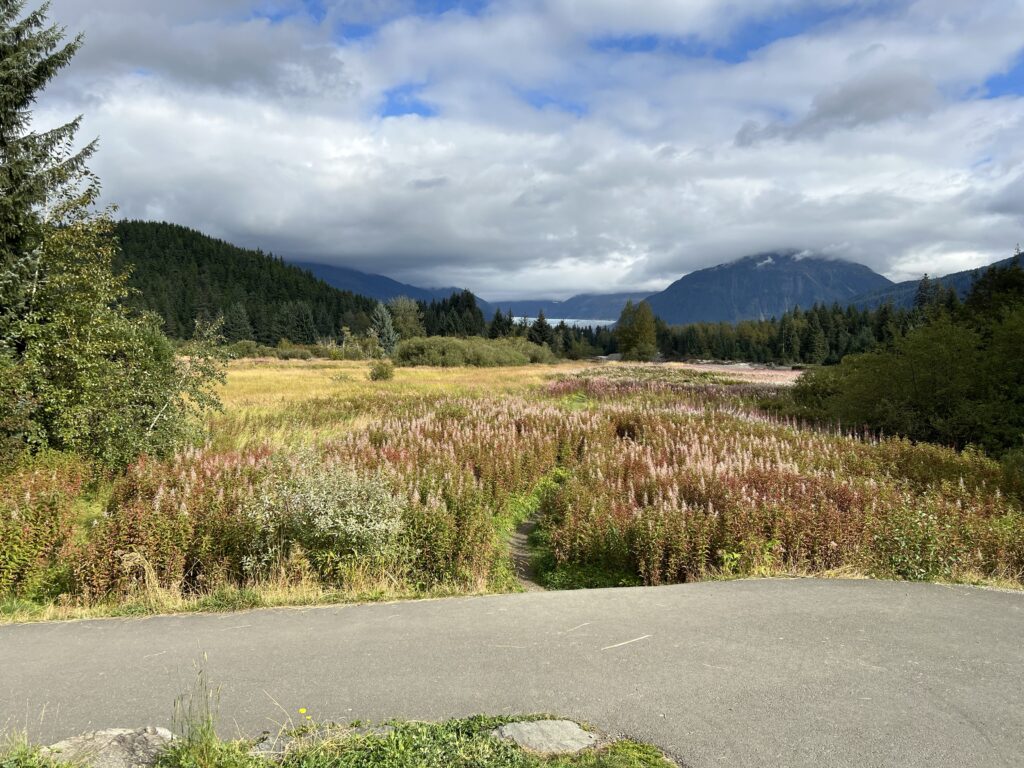
Arriving at the lake, it’ll be time to gear up, board your raft and take off on your unforgettable adventure. Your experienced guide will steer you across the serene waters of the lake, maneuvering past the floating icebergs, to the river beyond. The speed of the water and level of the rapids vary depending on the weather, but your highly trained guide will ensure you have a safe, exhilarating experience over a five-mile stretch of the river.
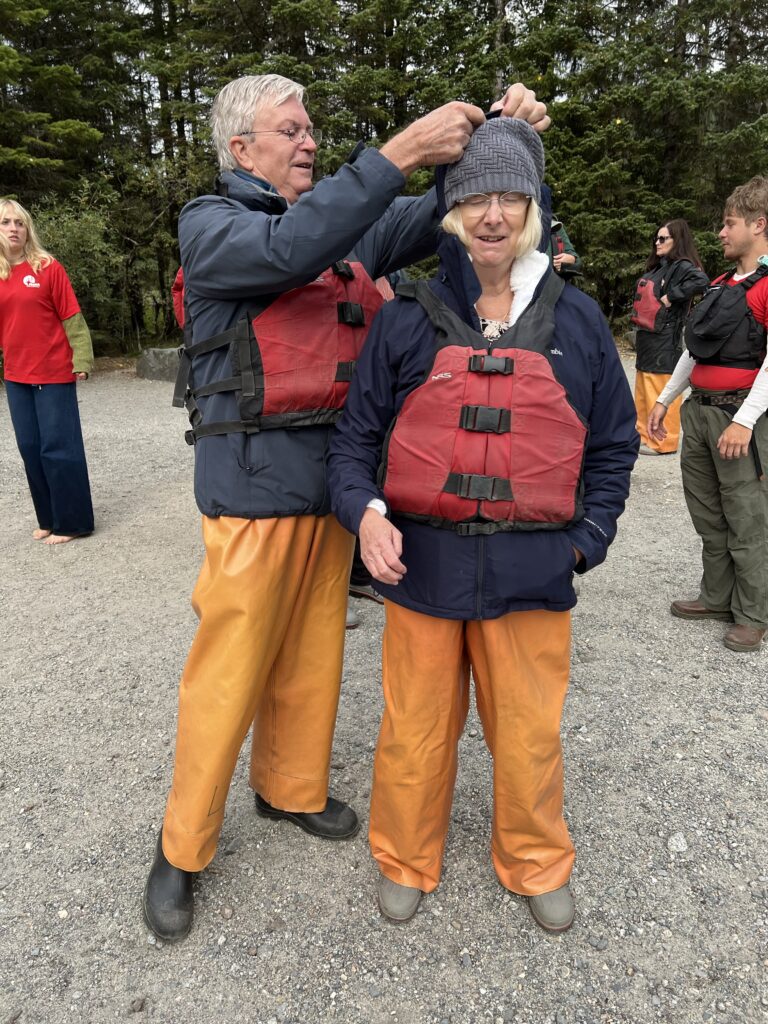
You can choose your activity level with the option of two different raft styles. If you are interested in a scenic experience, where you can get out into nature and learn about the area, see the glacier, the icebergs, some wildlife and the thrill of going through a short section of rapids while the guide takes complete care of you, then this is the tour for you. If you are interested in a higher level of activity where you follow the guide’s commands and power your raft through the troughs of the rapids during the mile of class three rapids, then you’ll want to ask for a paddle raft when you arrive at the lake. We can accommodate you, whatever your activity level preference.
As your host explains the natural phenomena at work in this scenic valley, you’ll marvel at the spectacular views of the glacier and towering peaks as you float downstream. You’ll also want to be on the lookout for the local wildlife which may include – arctic terns, eagles, goats, salmon, otters, bears and more.
At the end of your journey enjoy a snack with a beverage, and have the opportunity to purchase a photo of your rafting experience before re-boarding your motor coach for the short, relaxing ride back to your ship.
